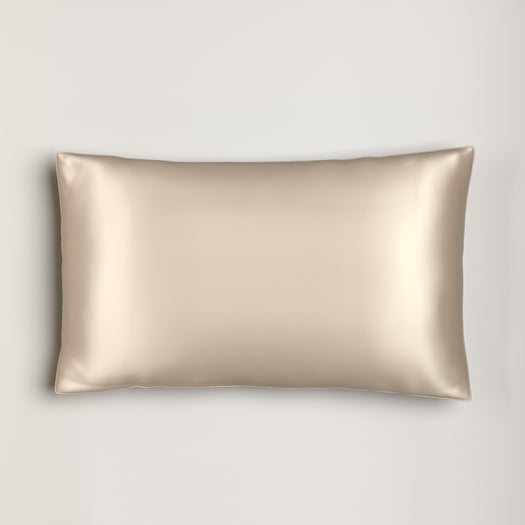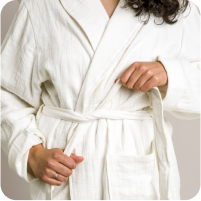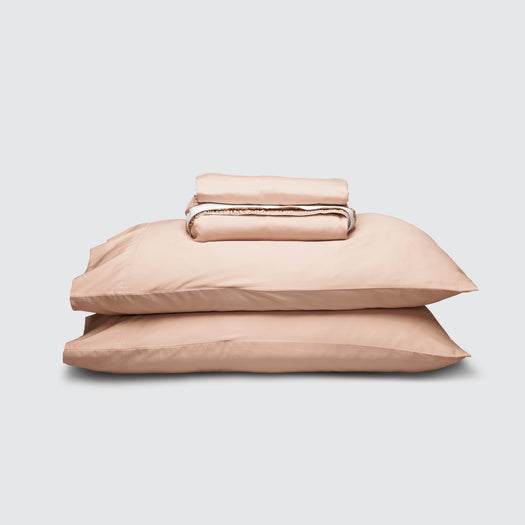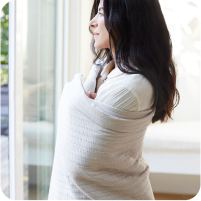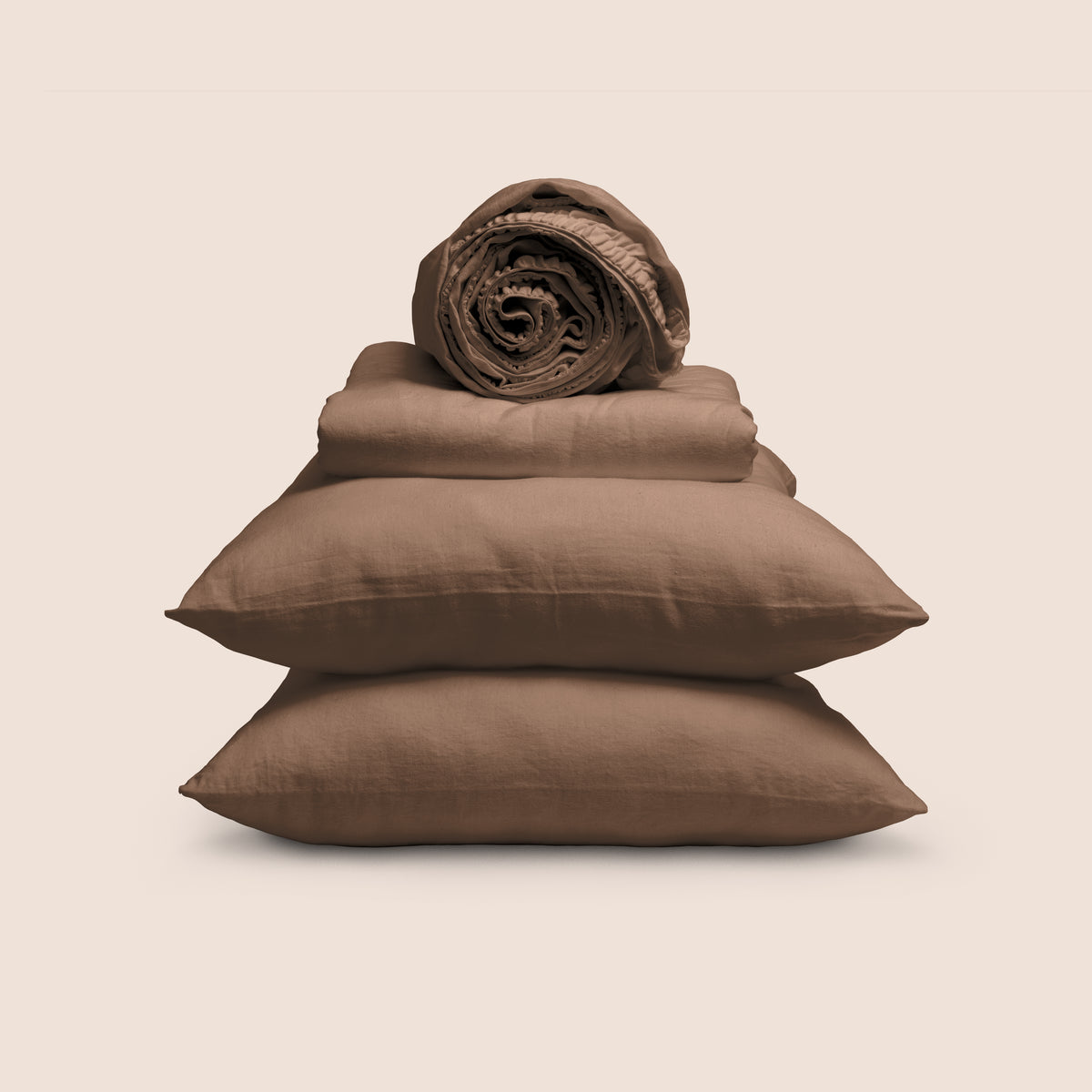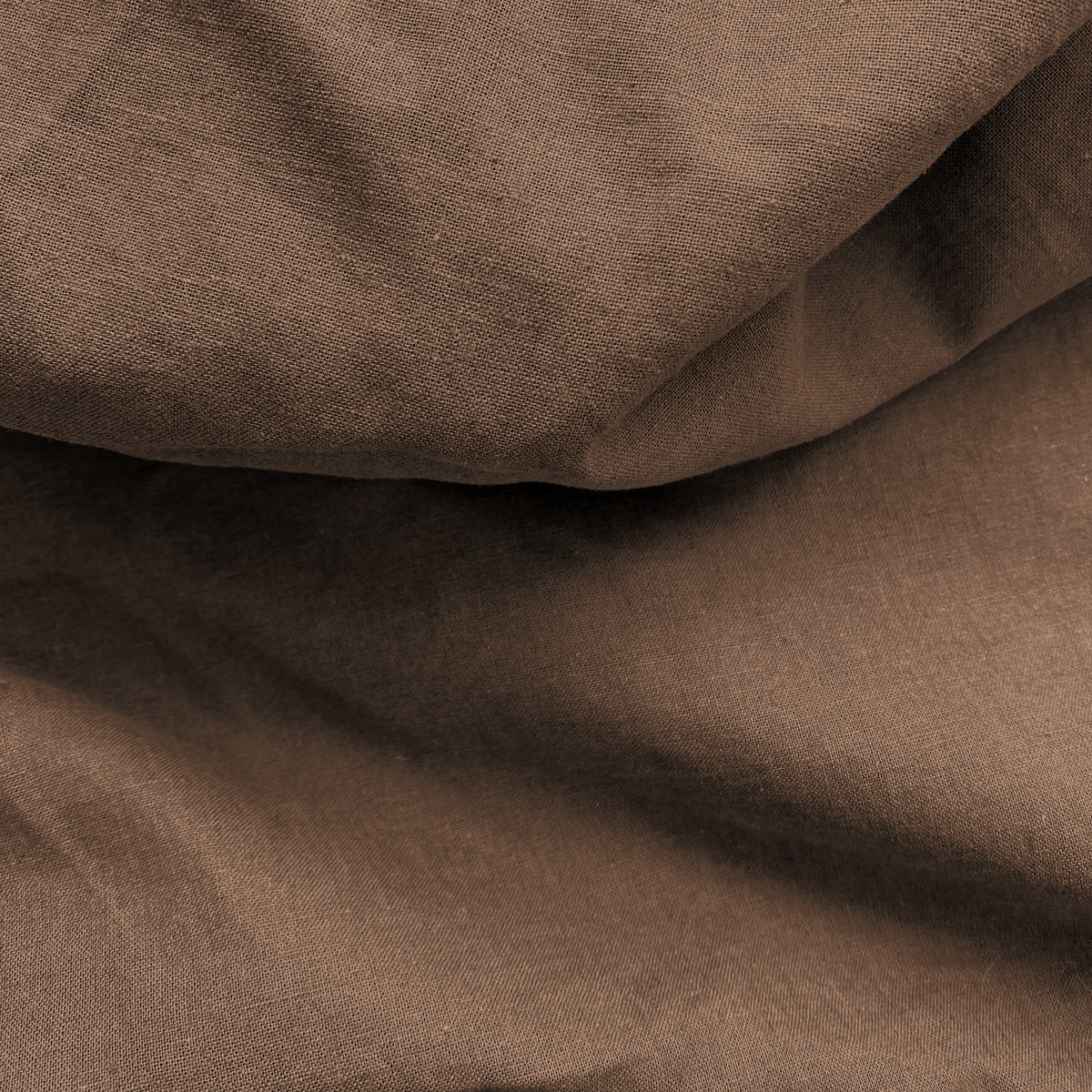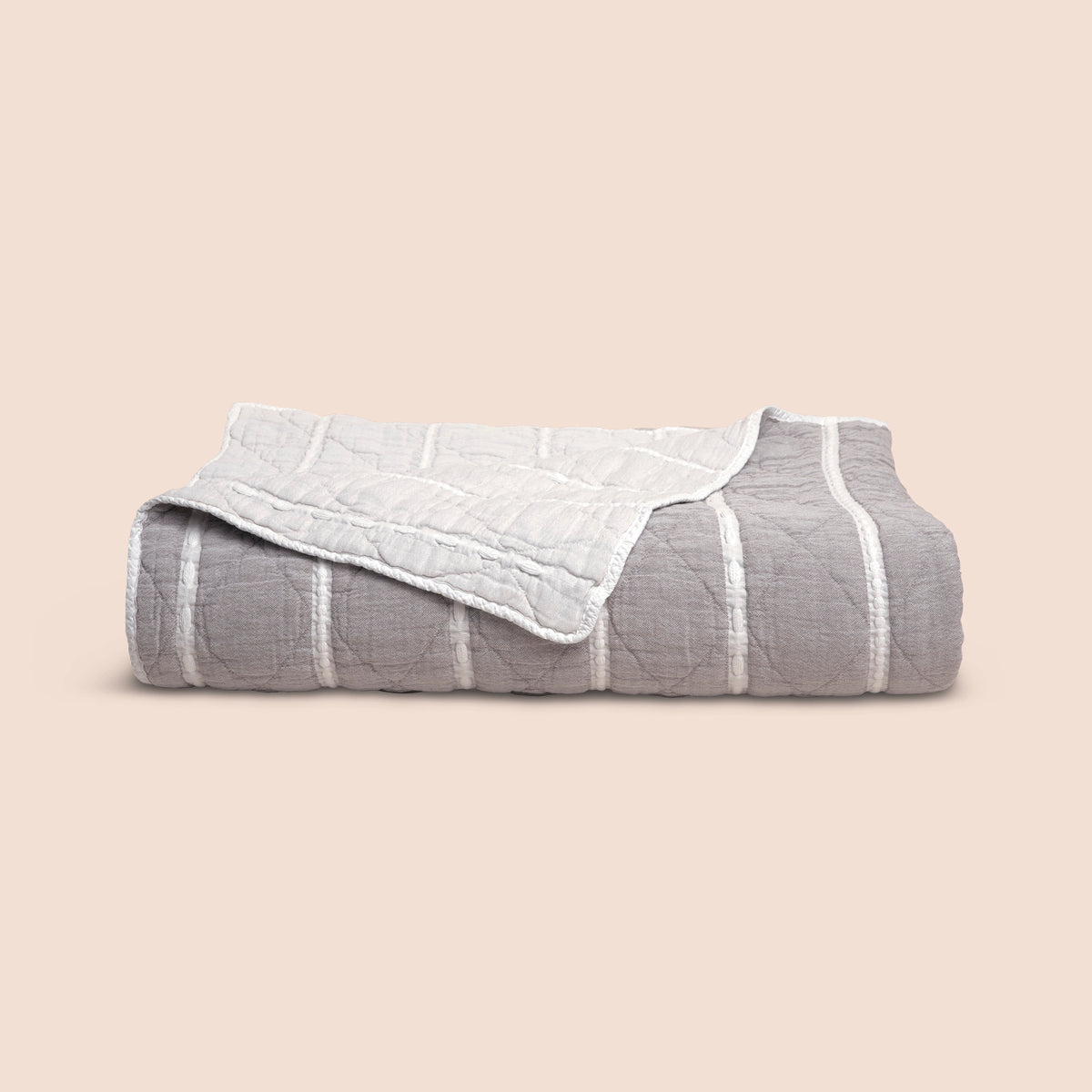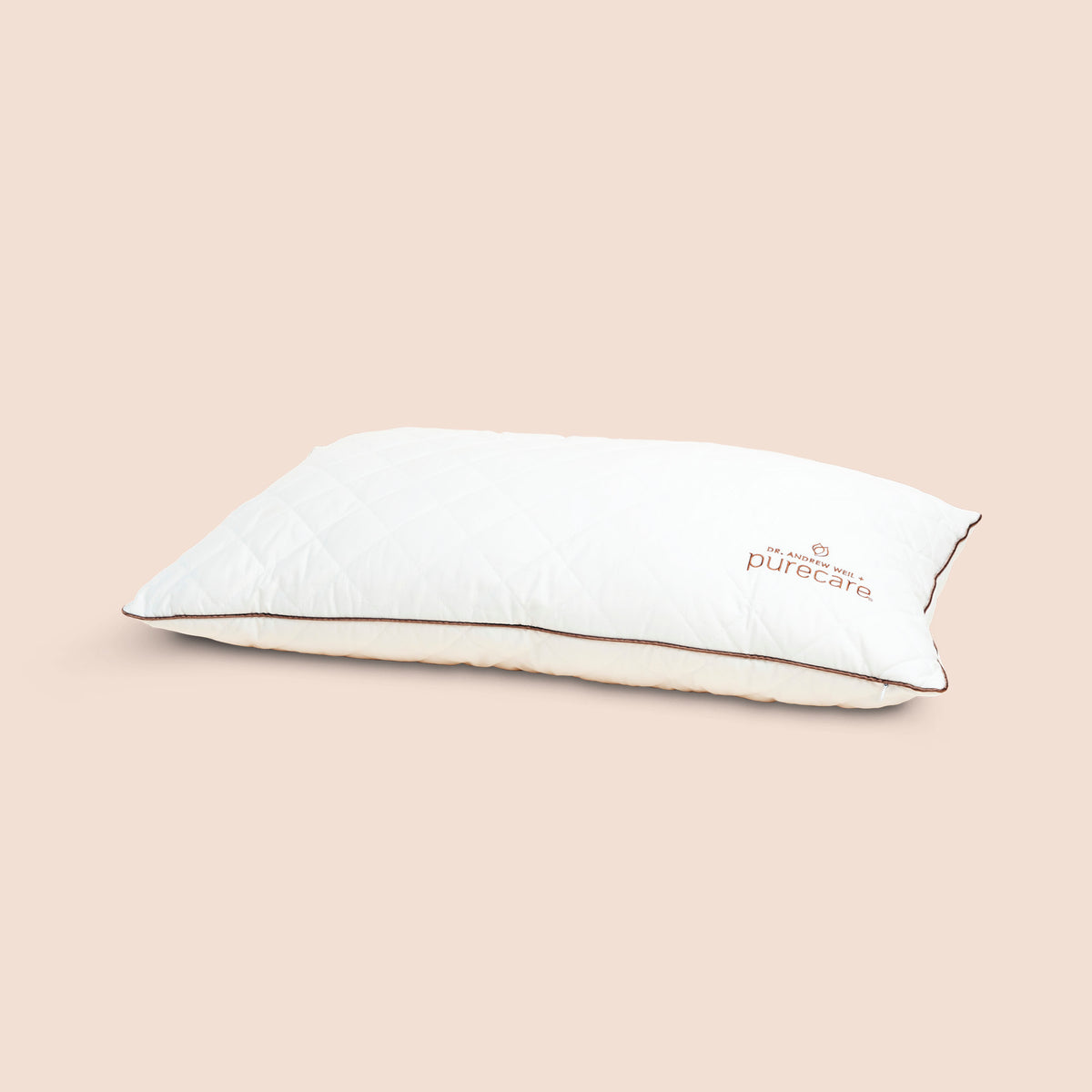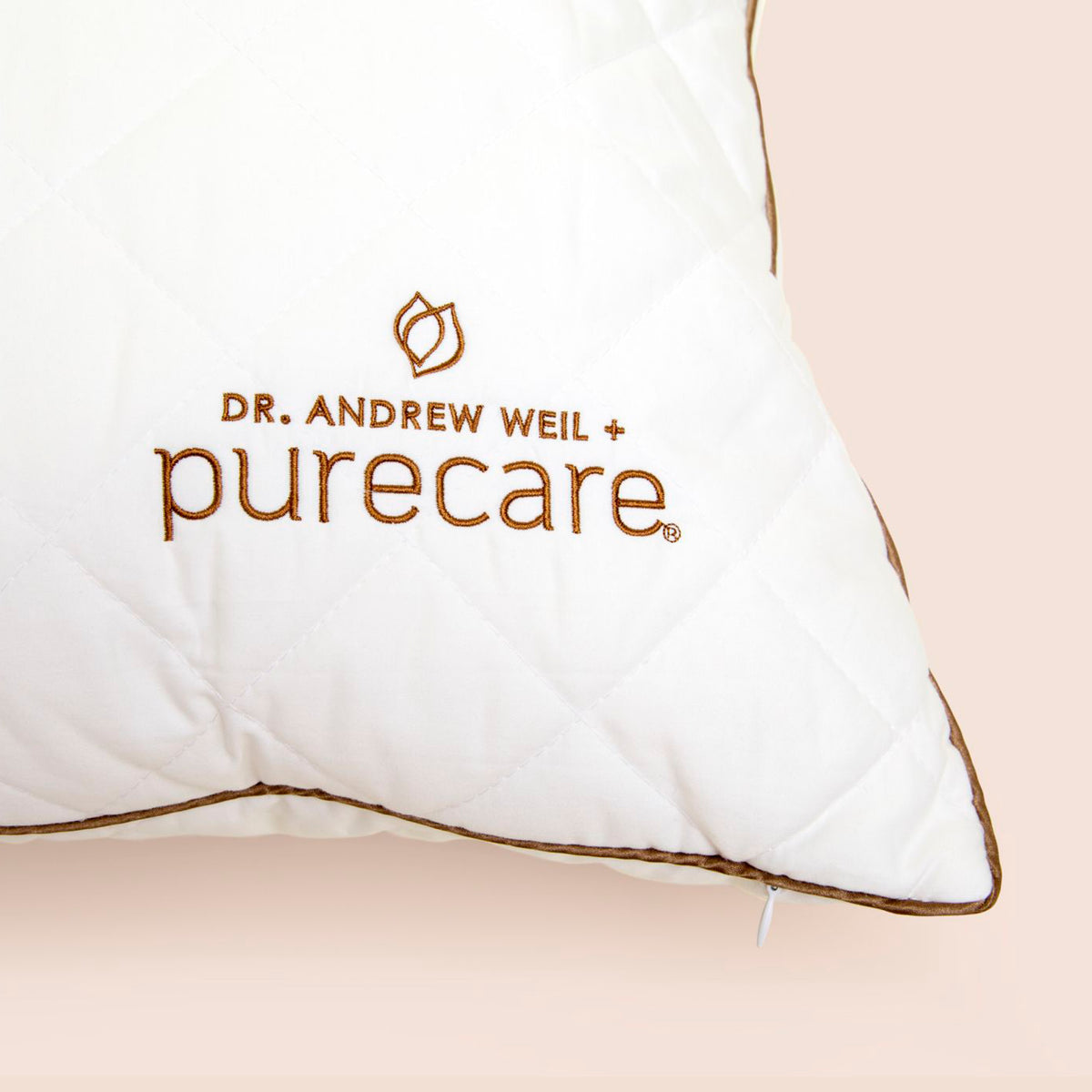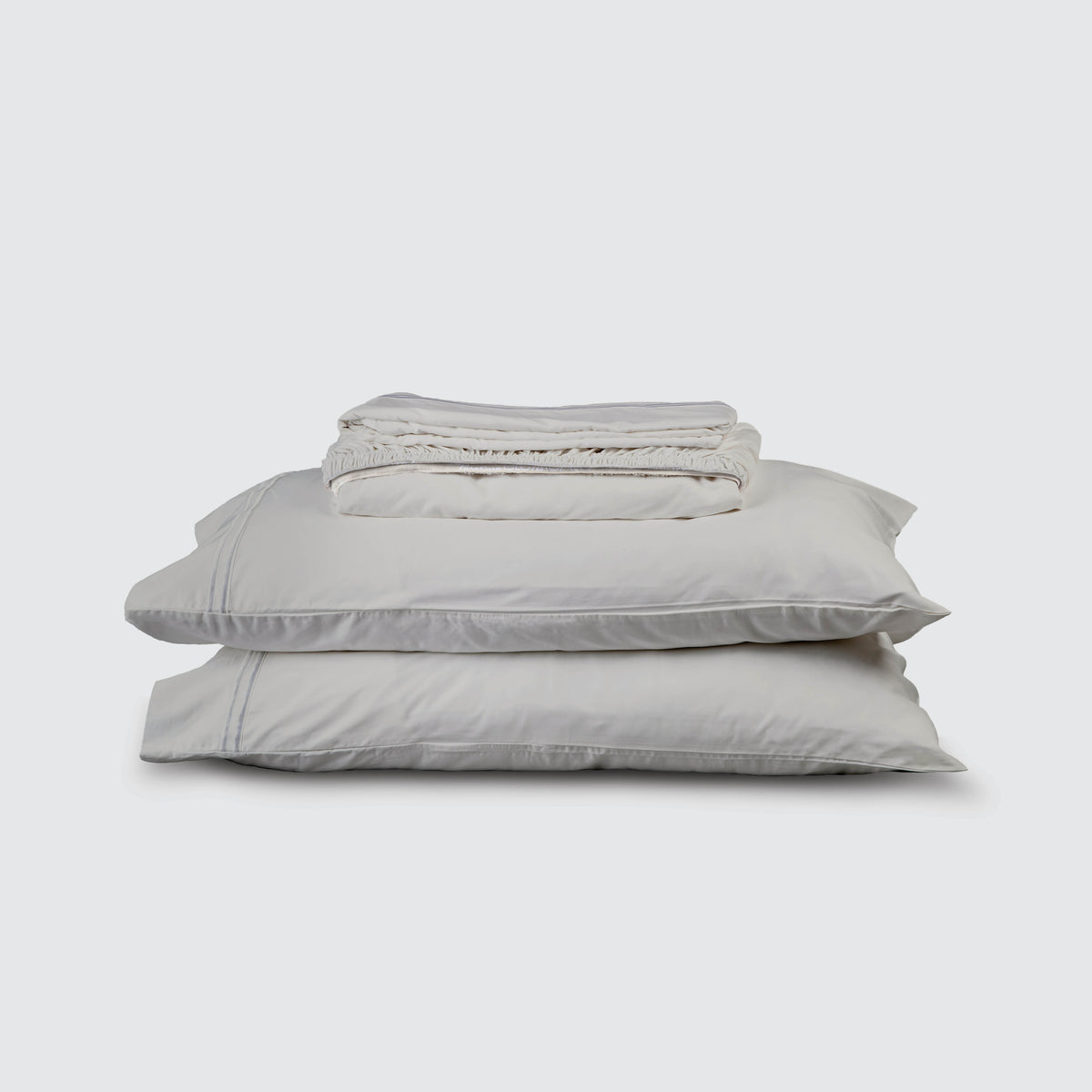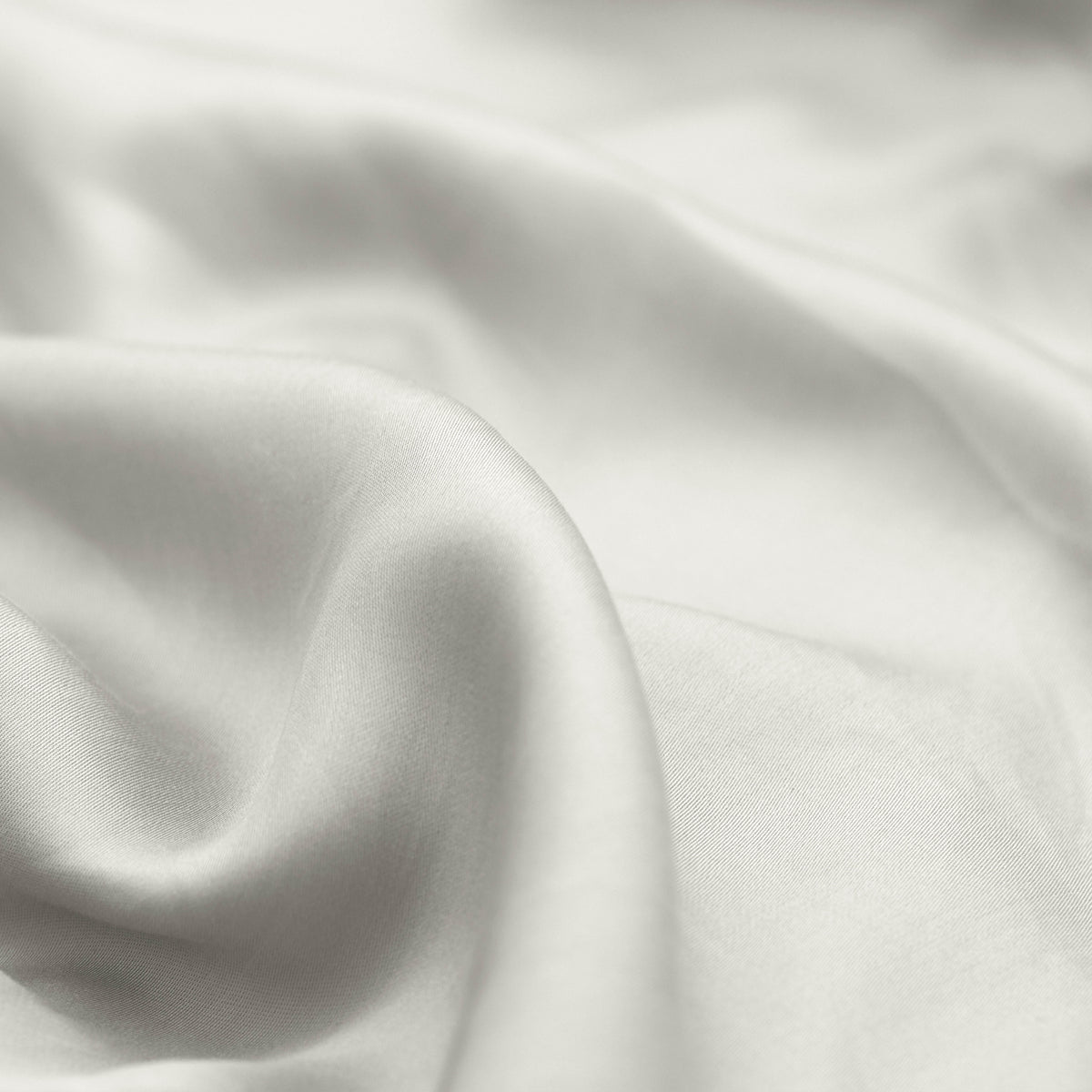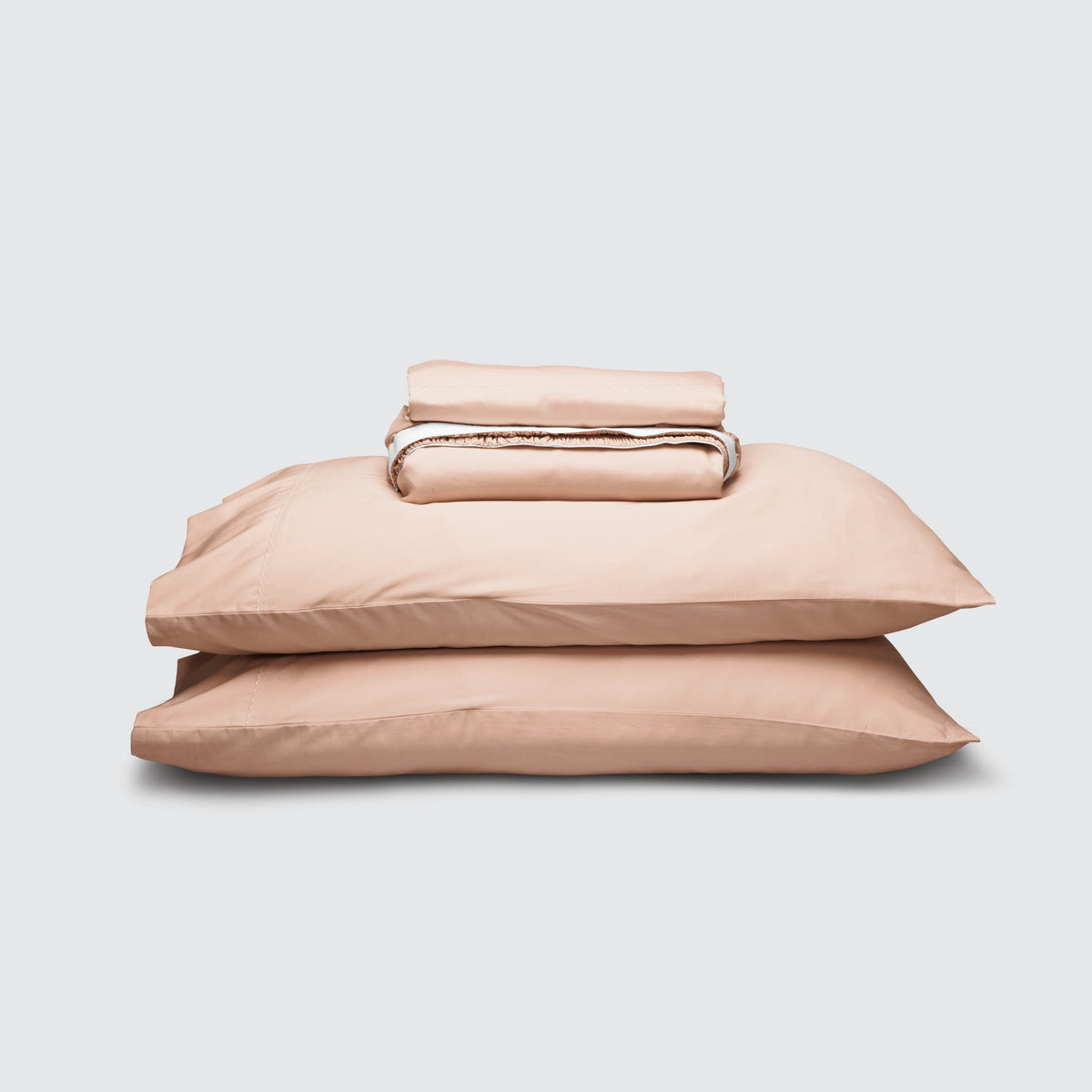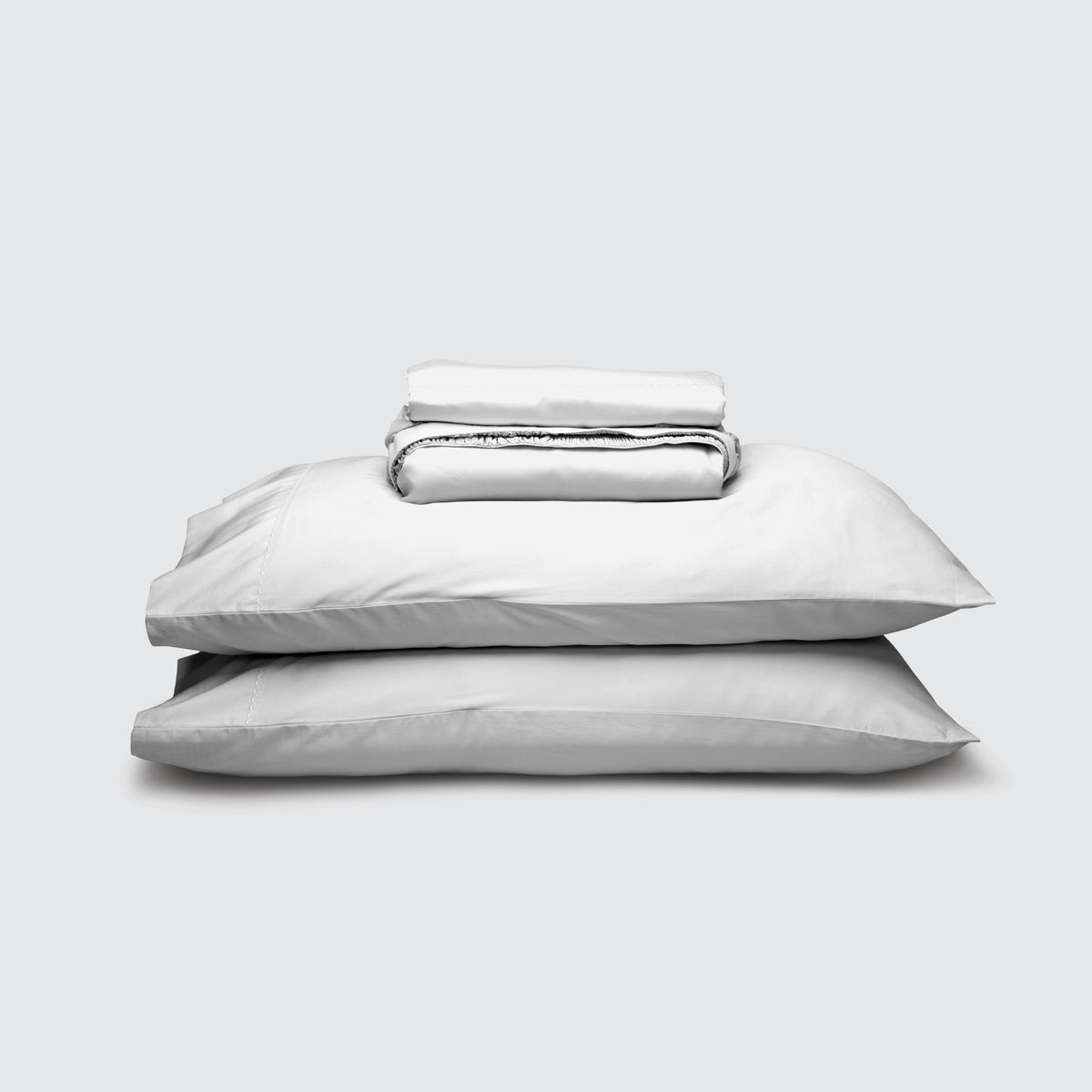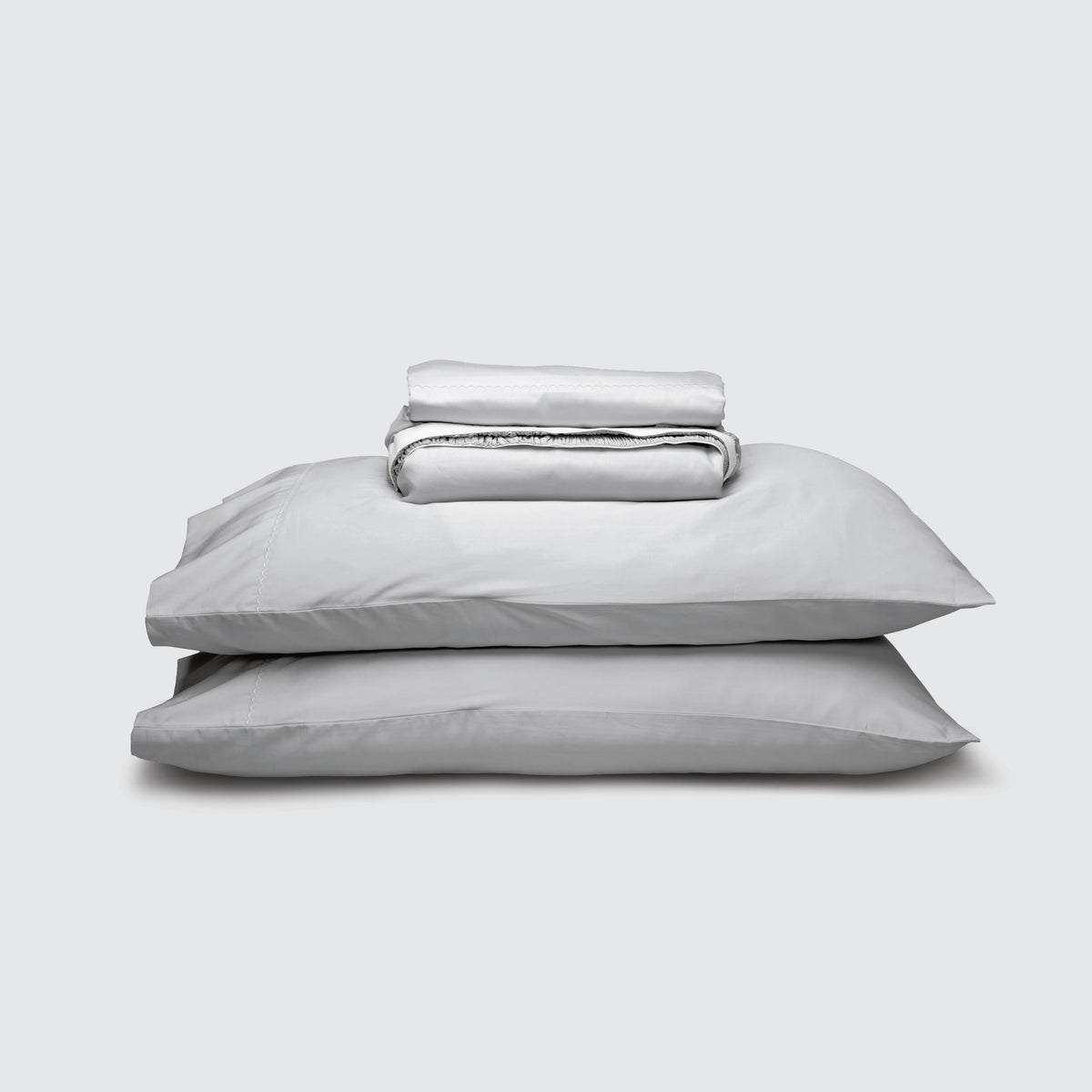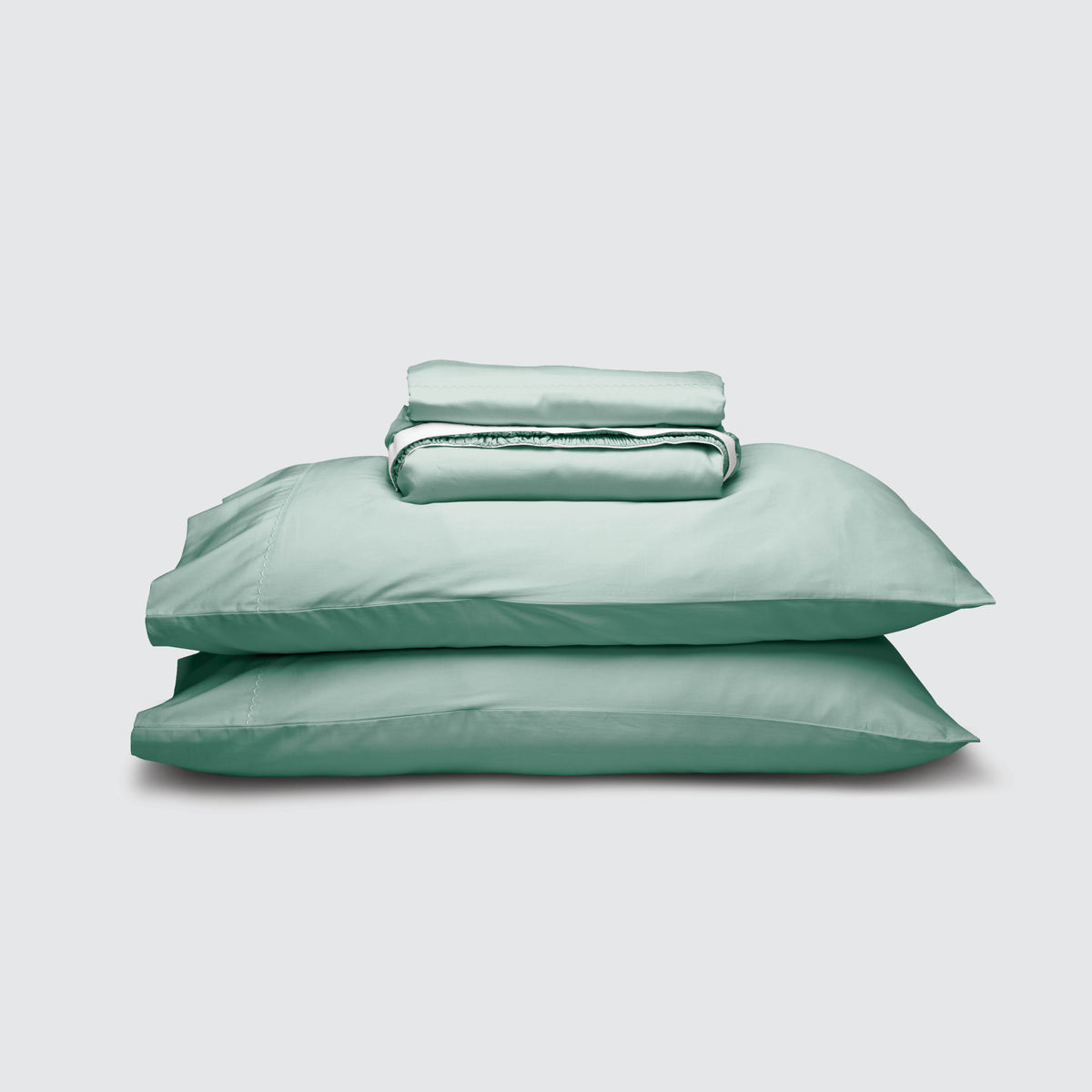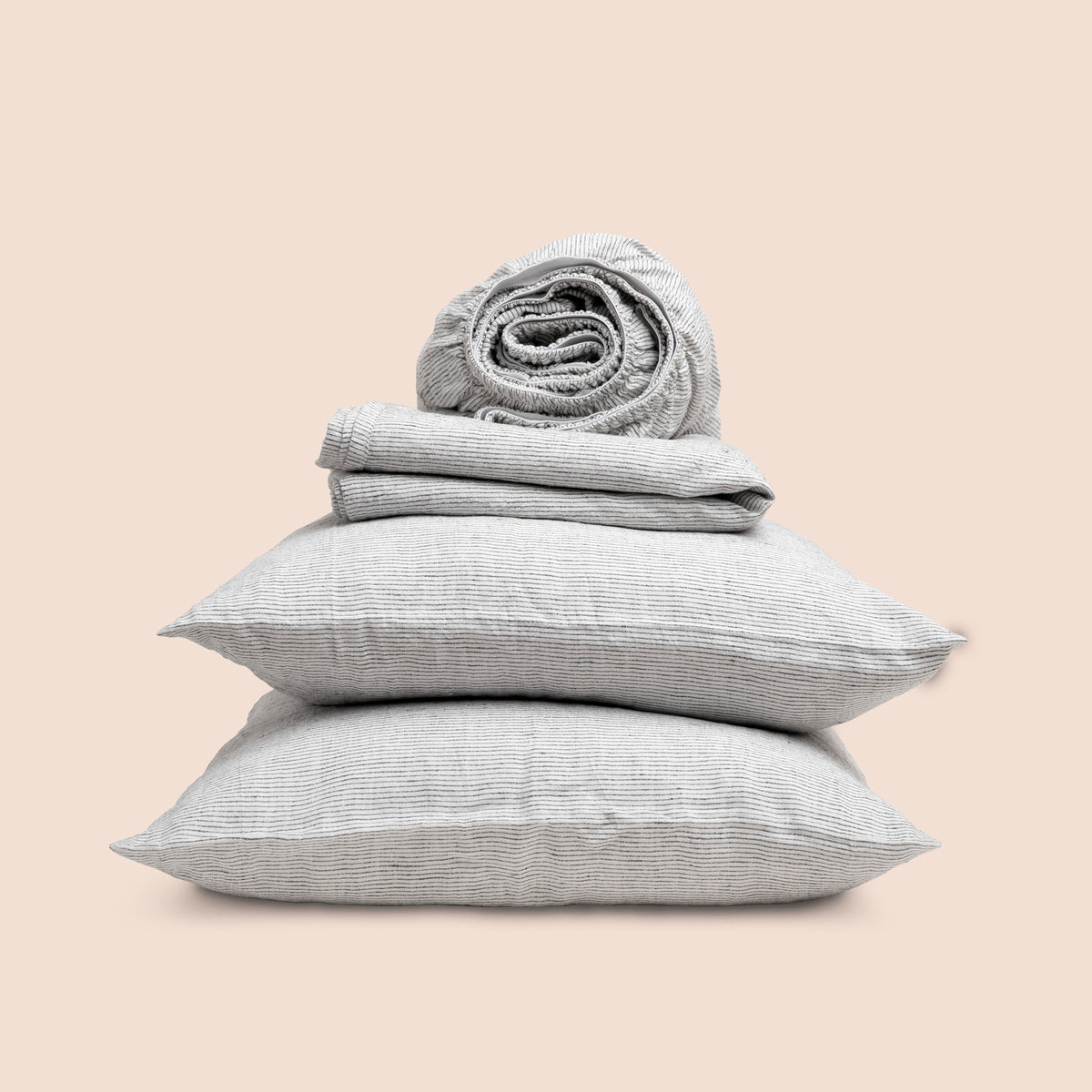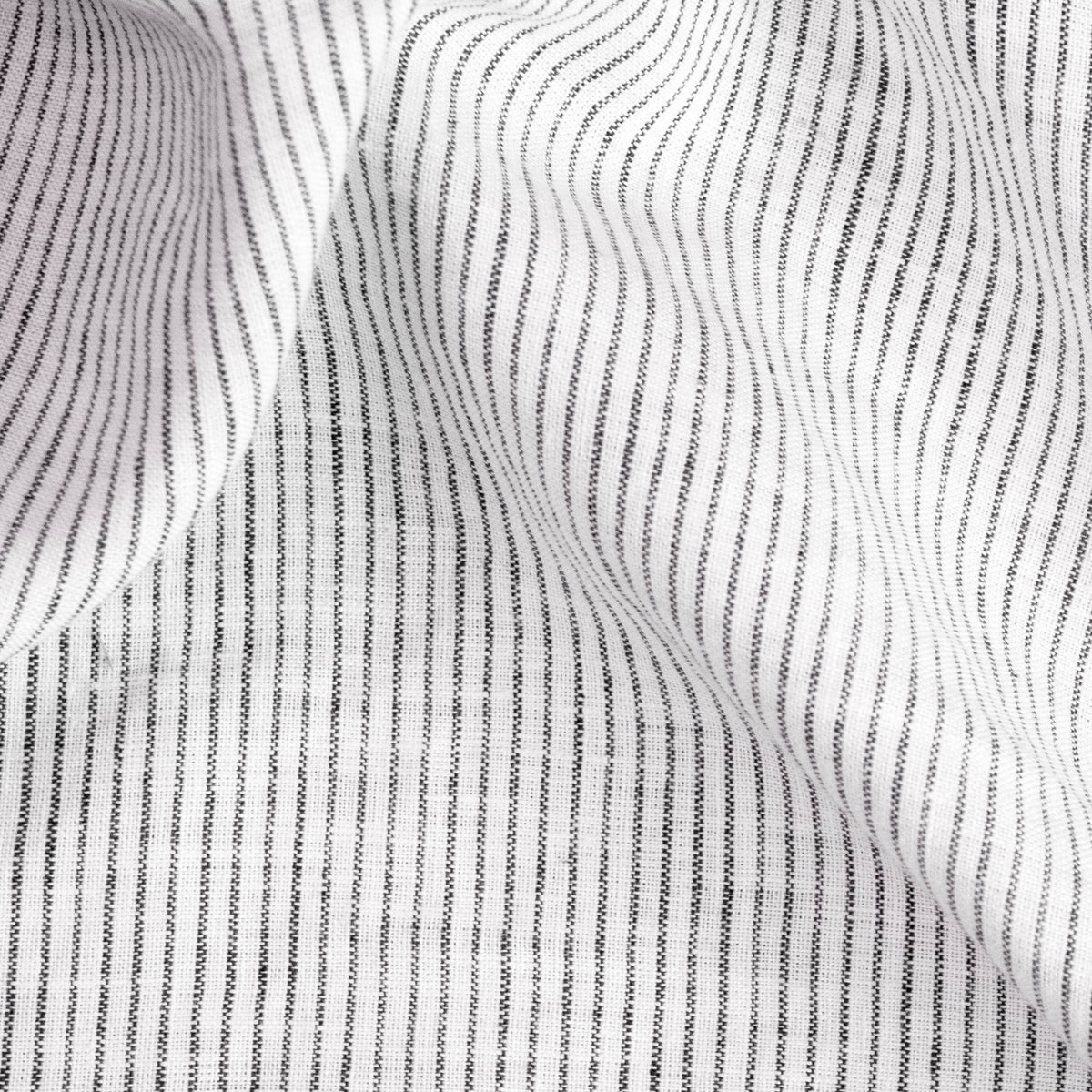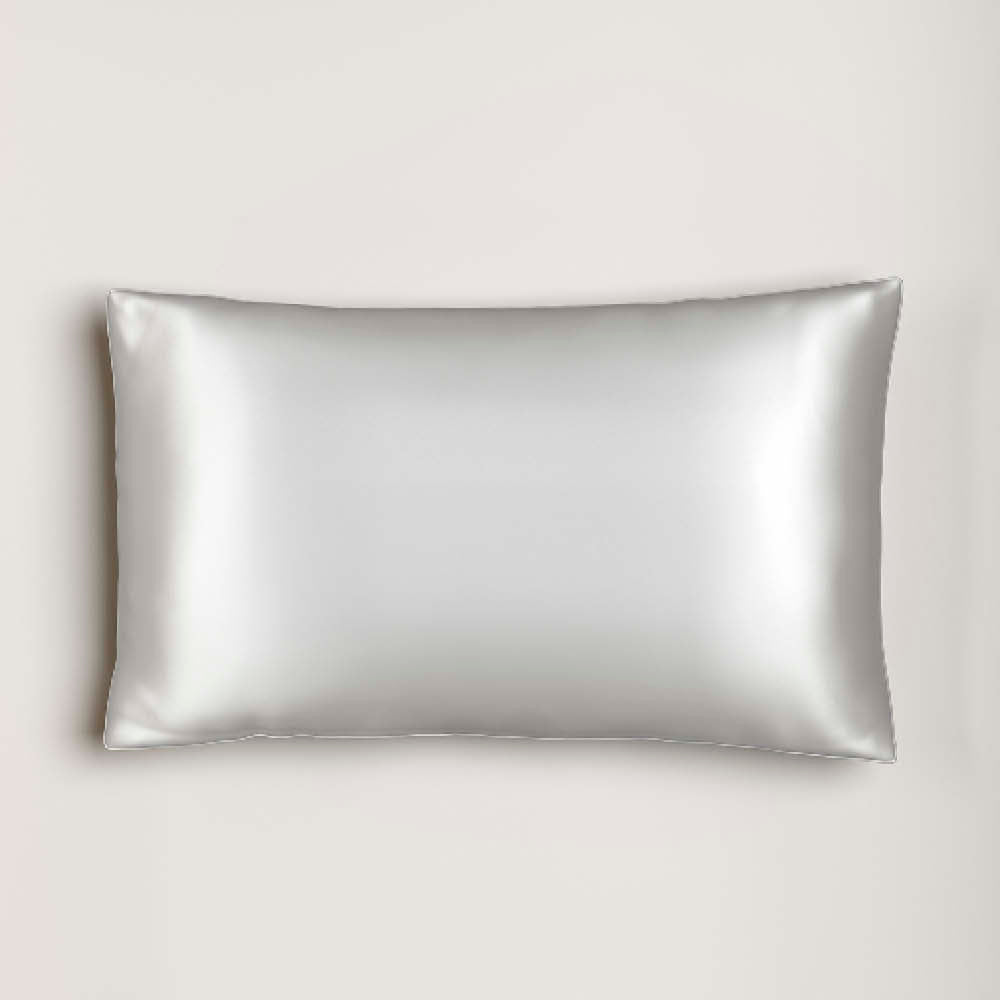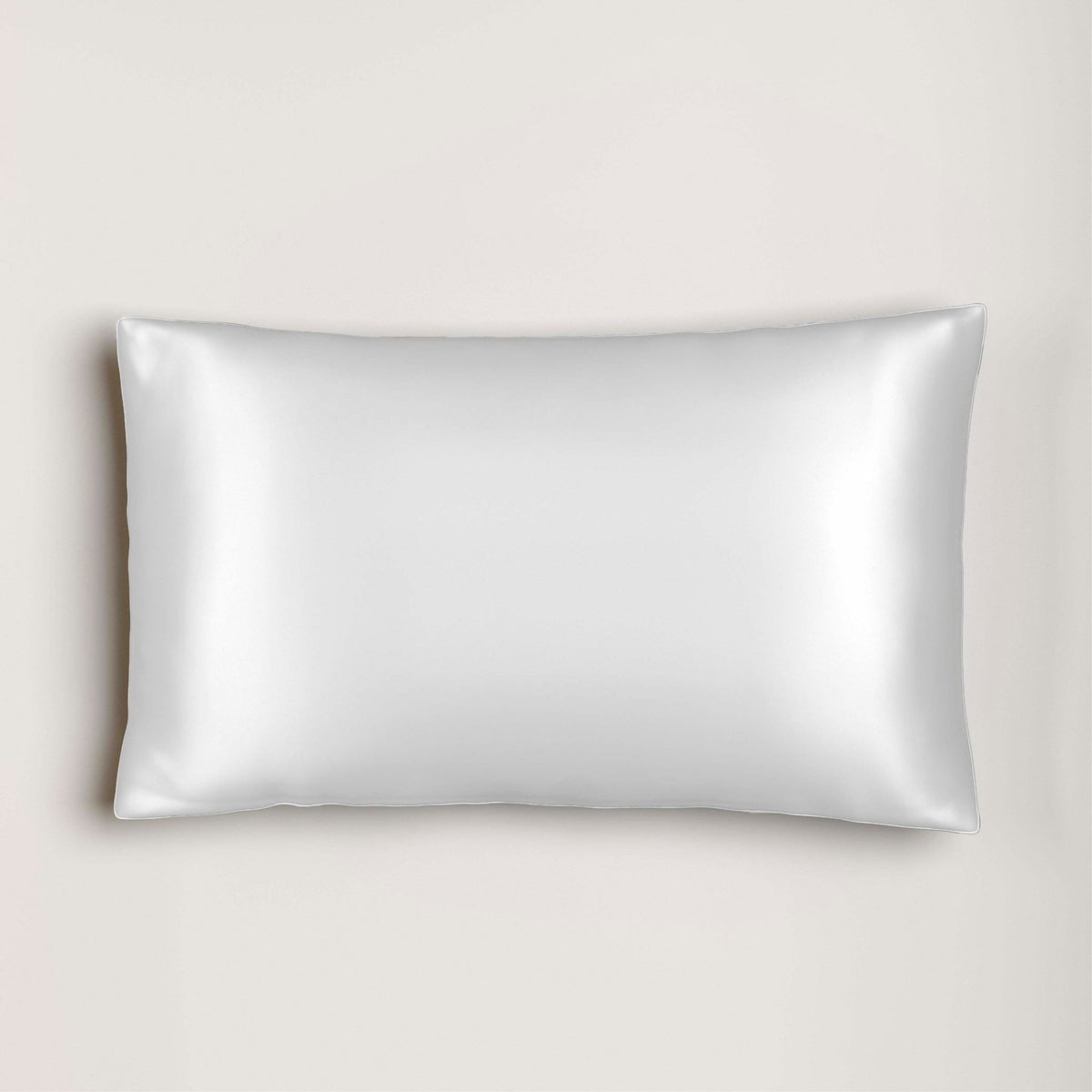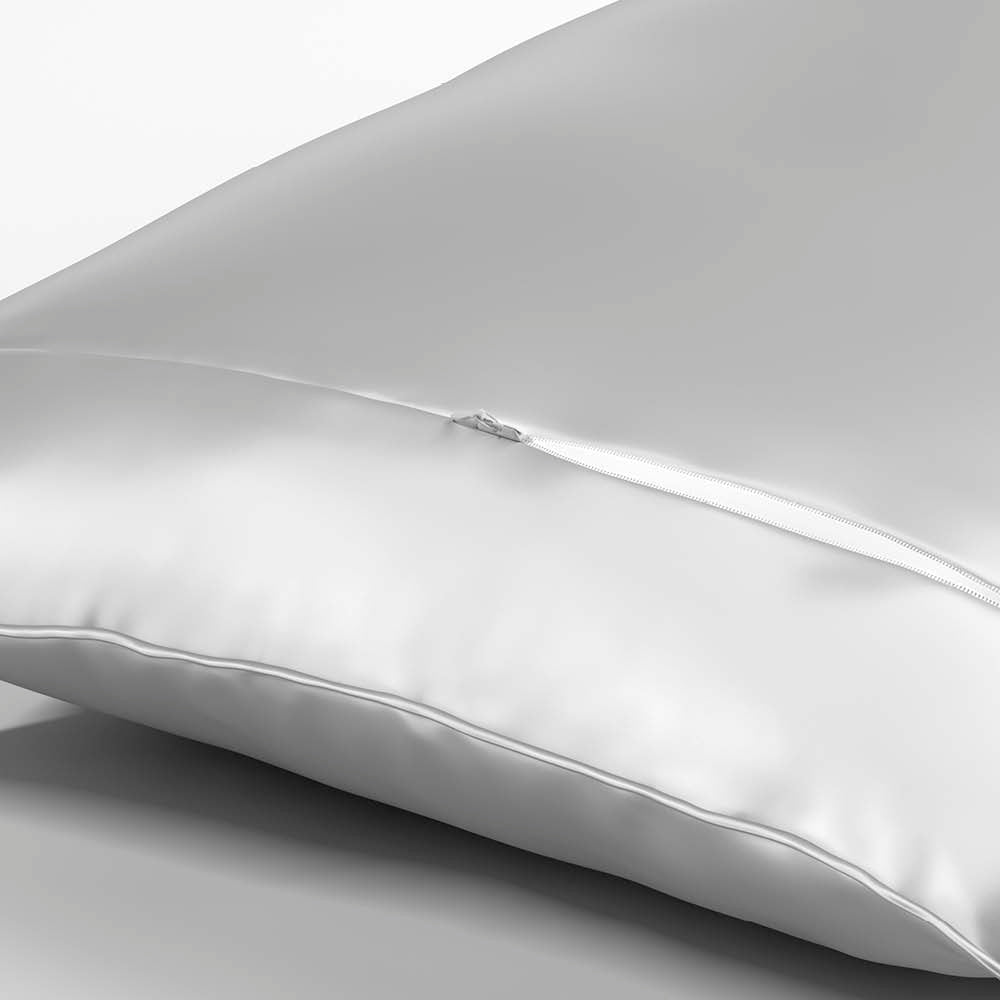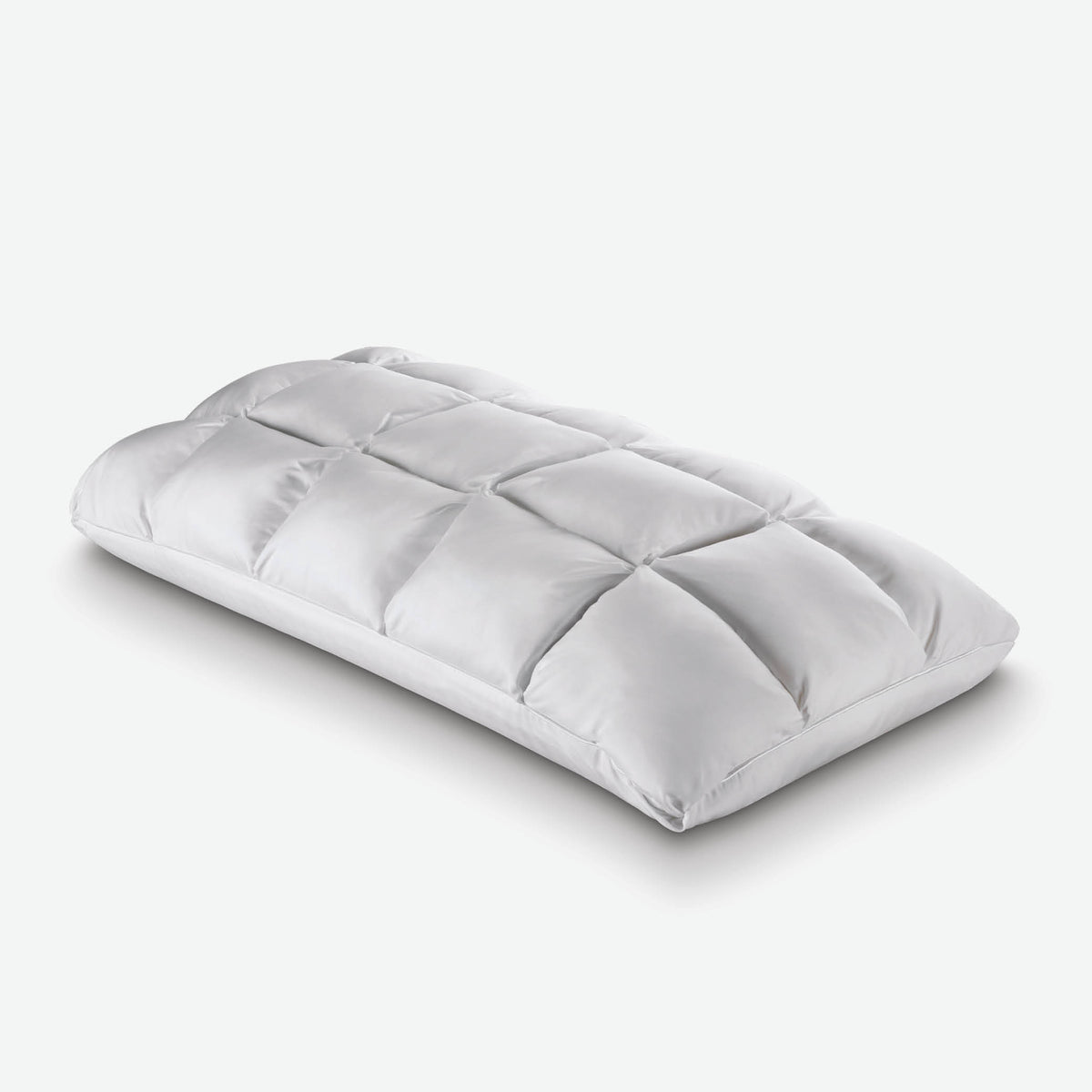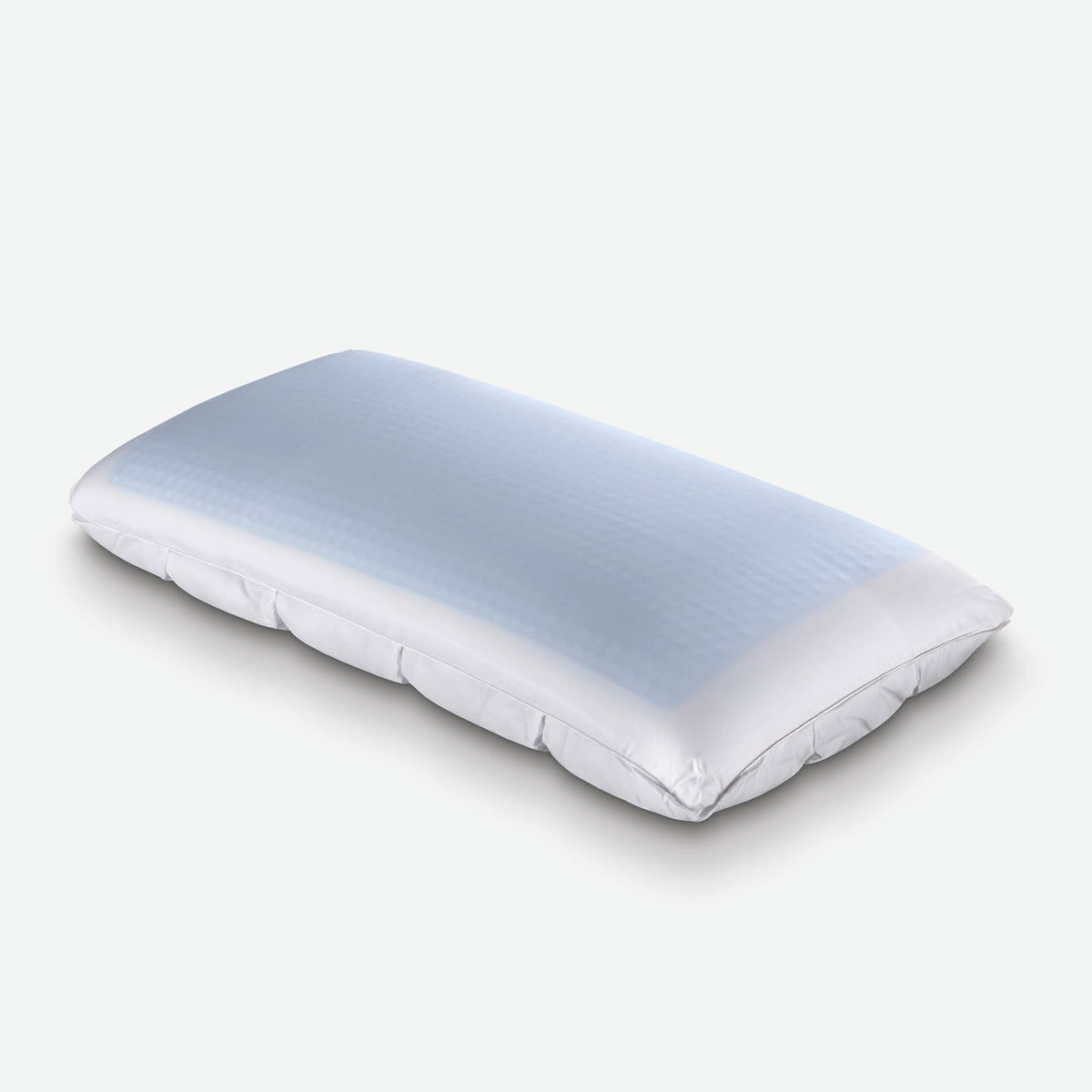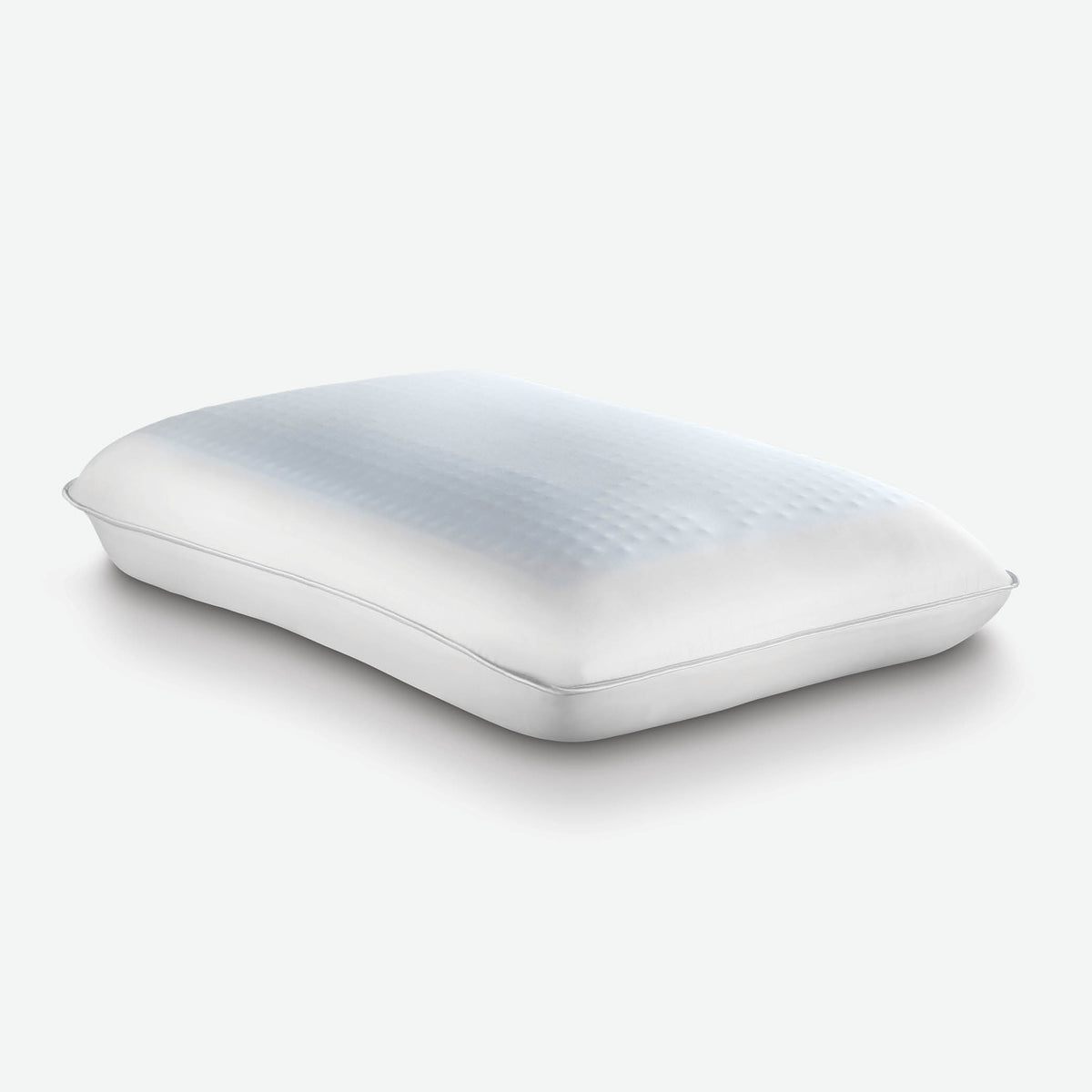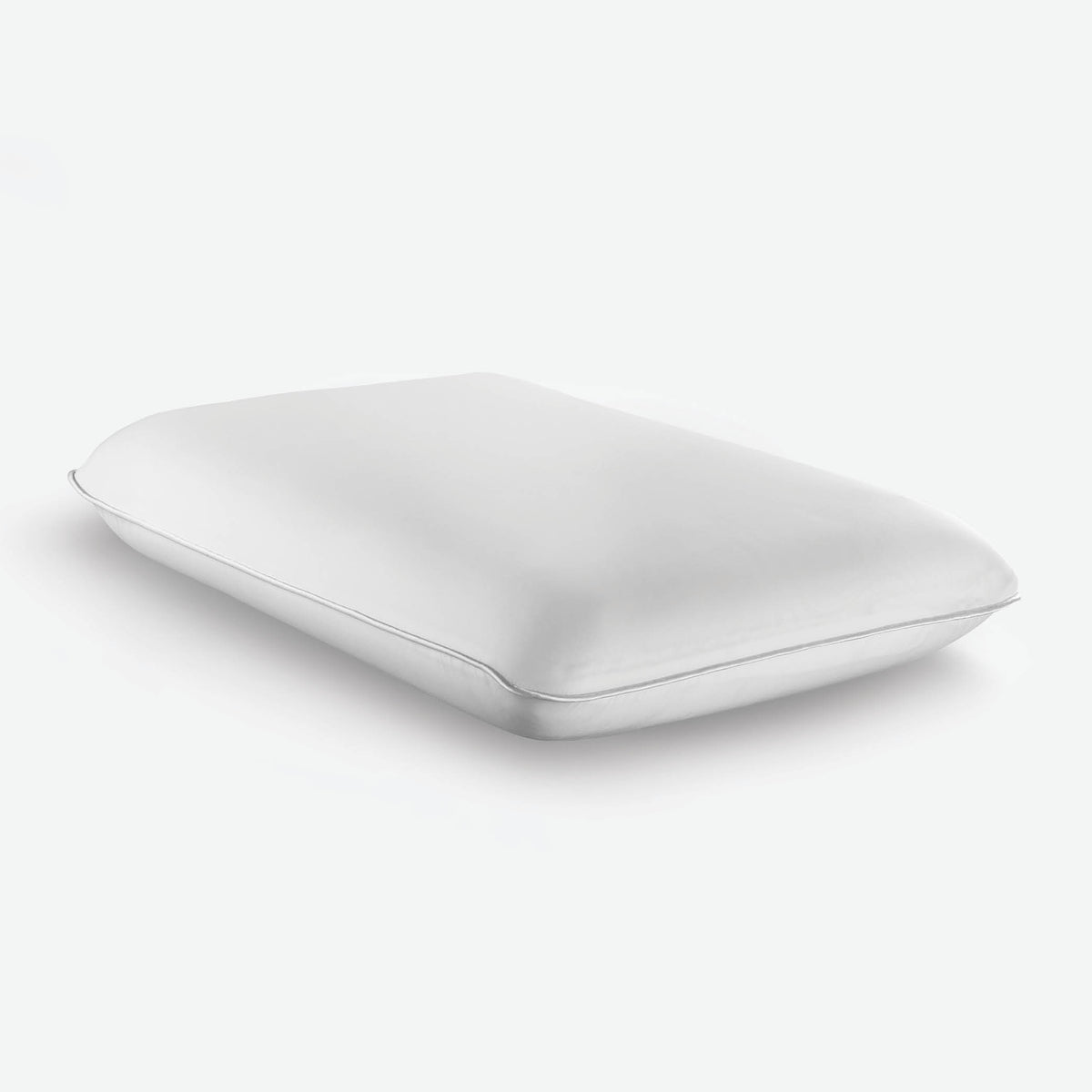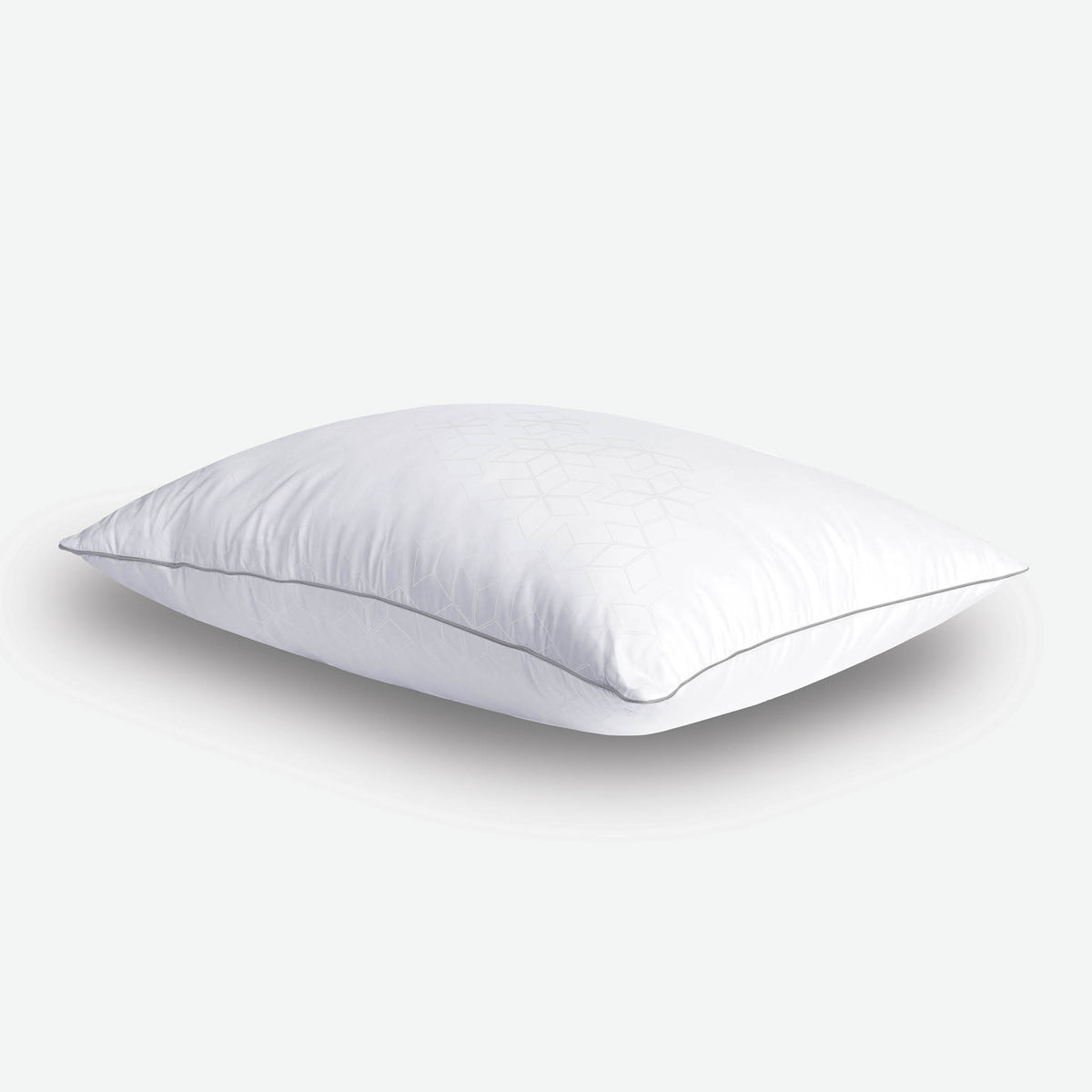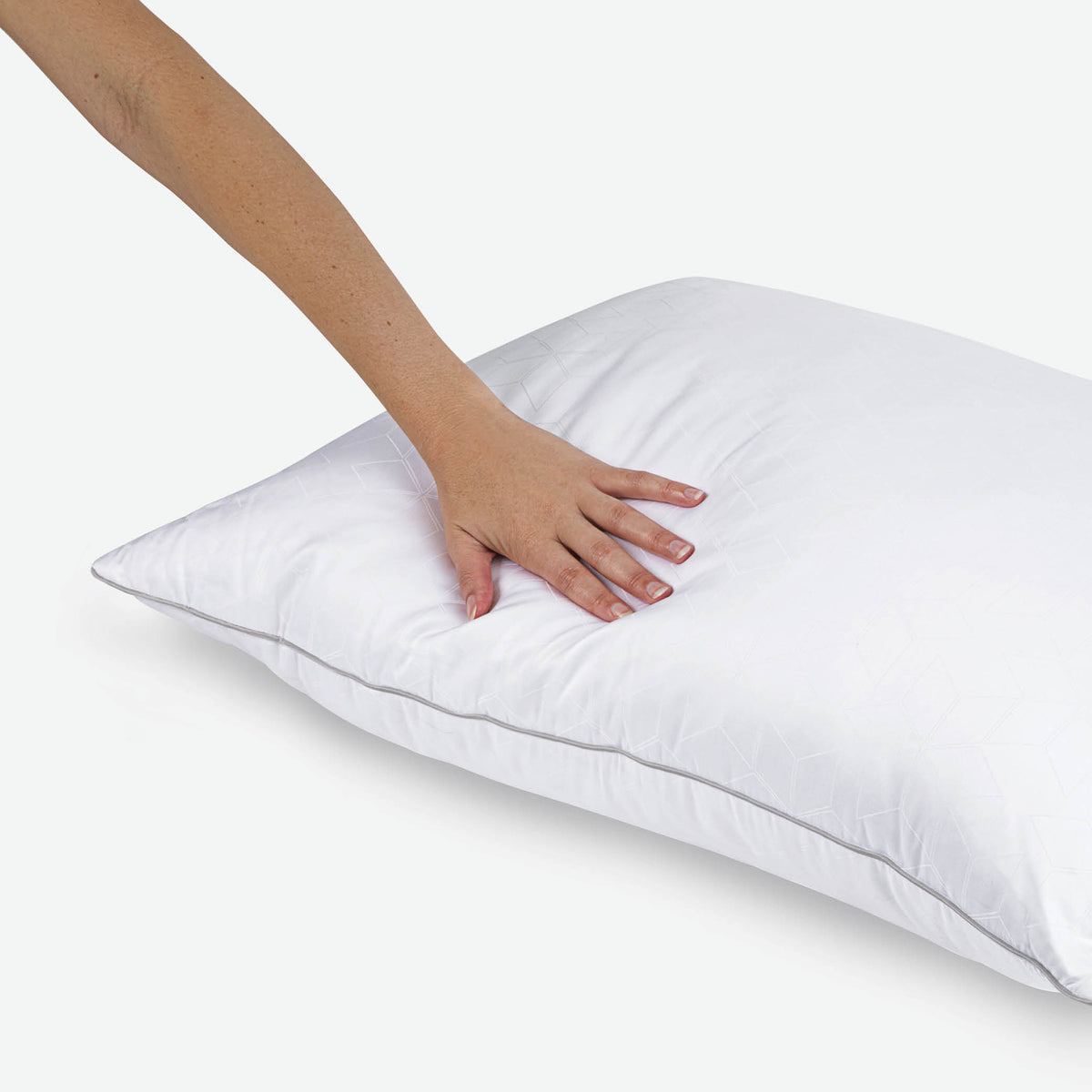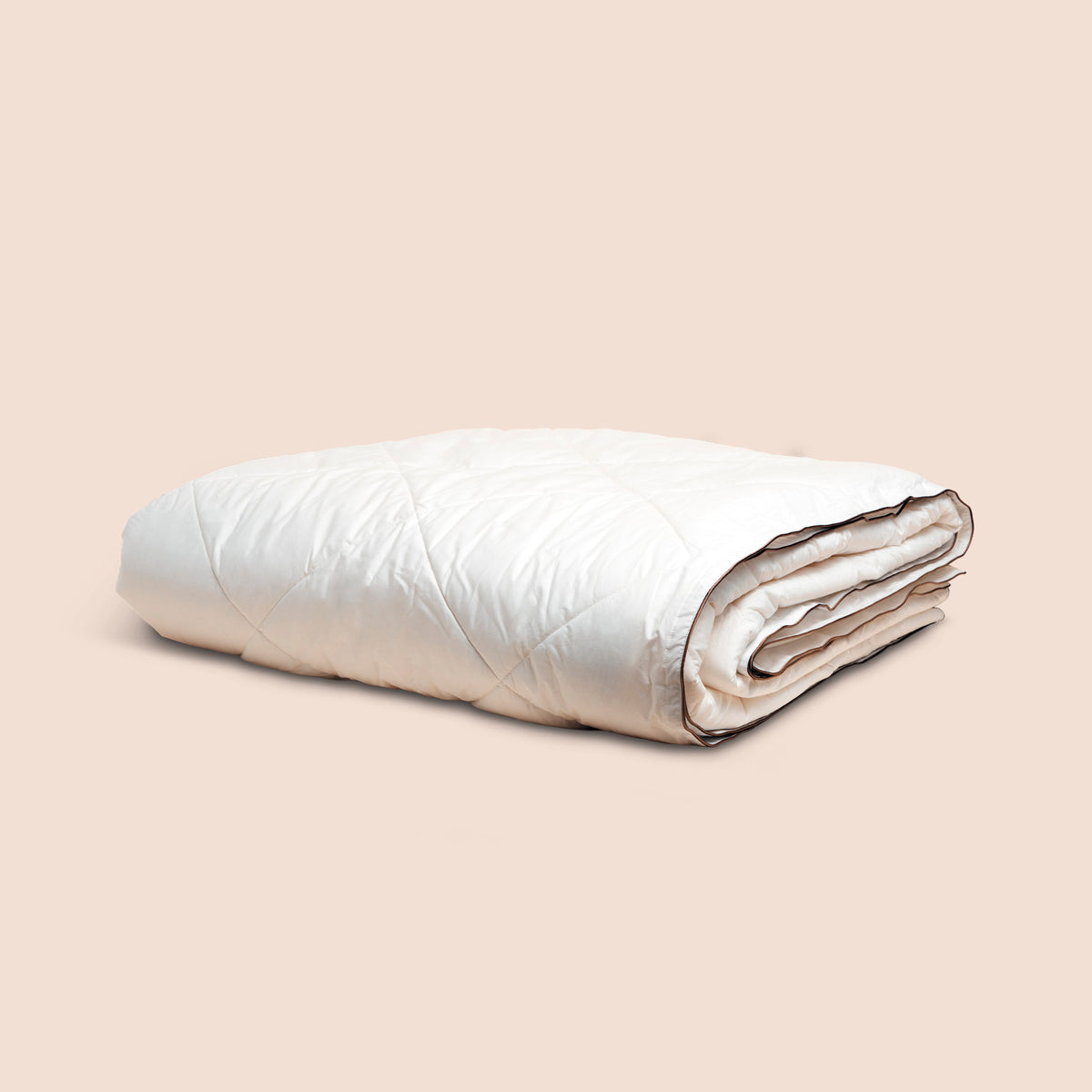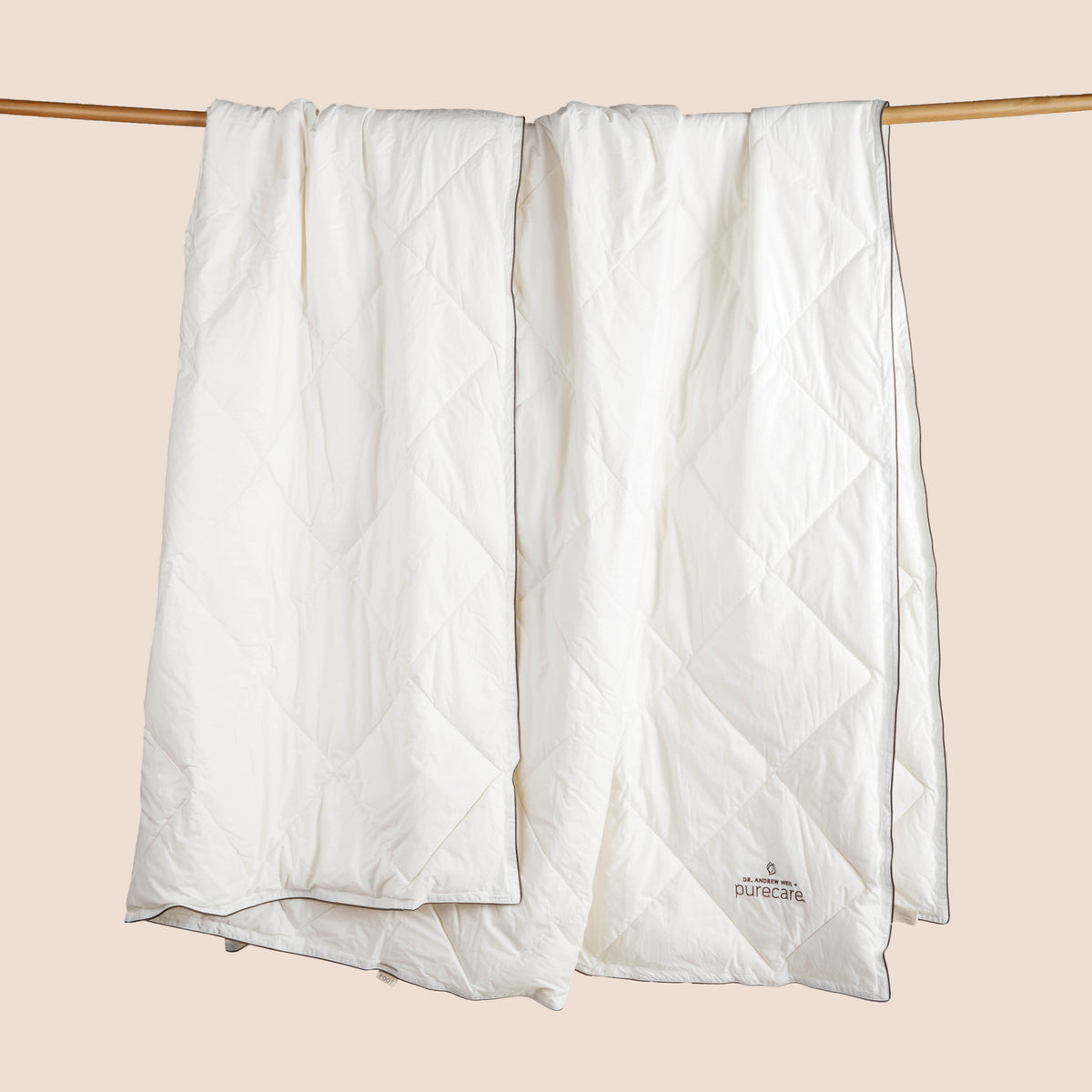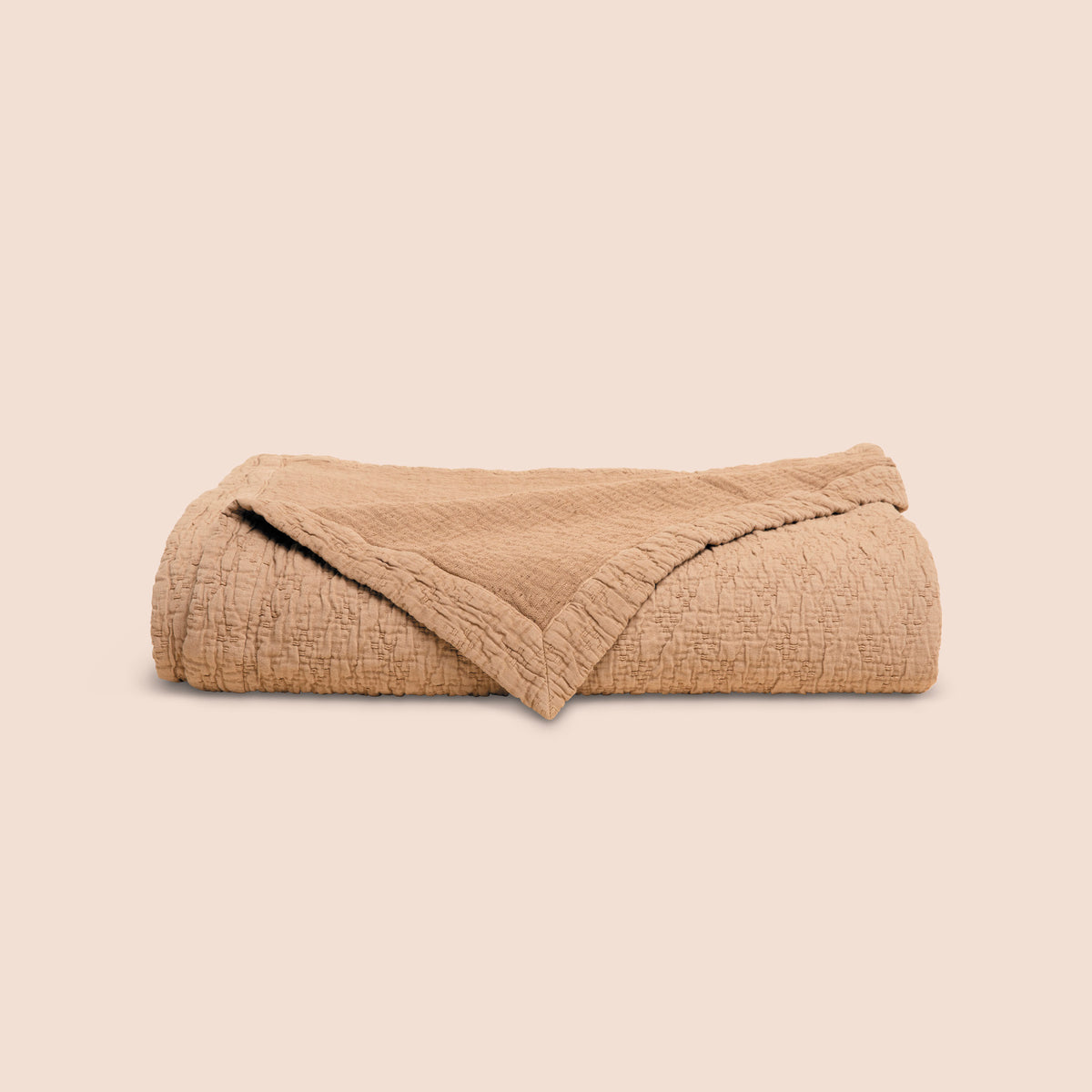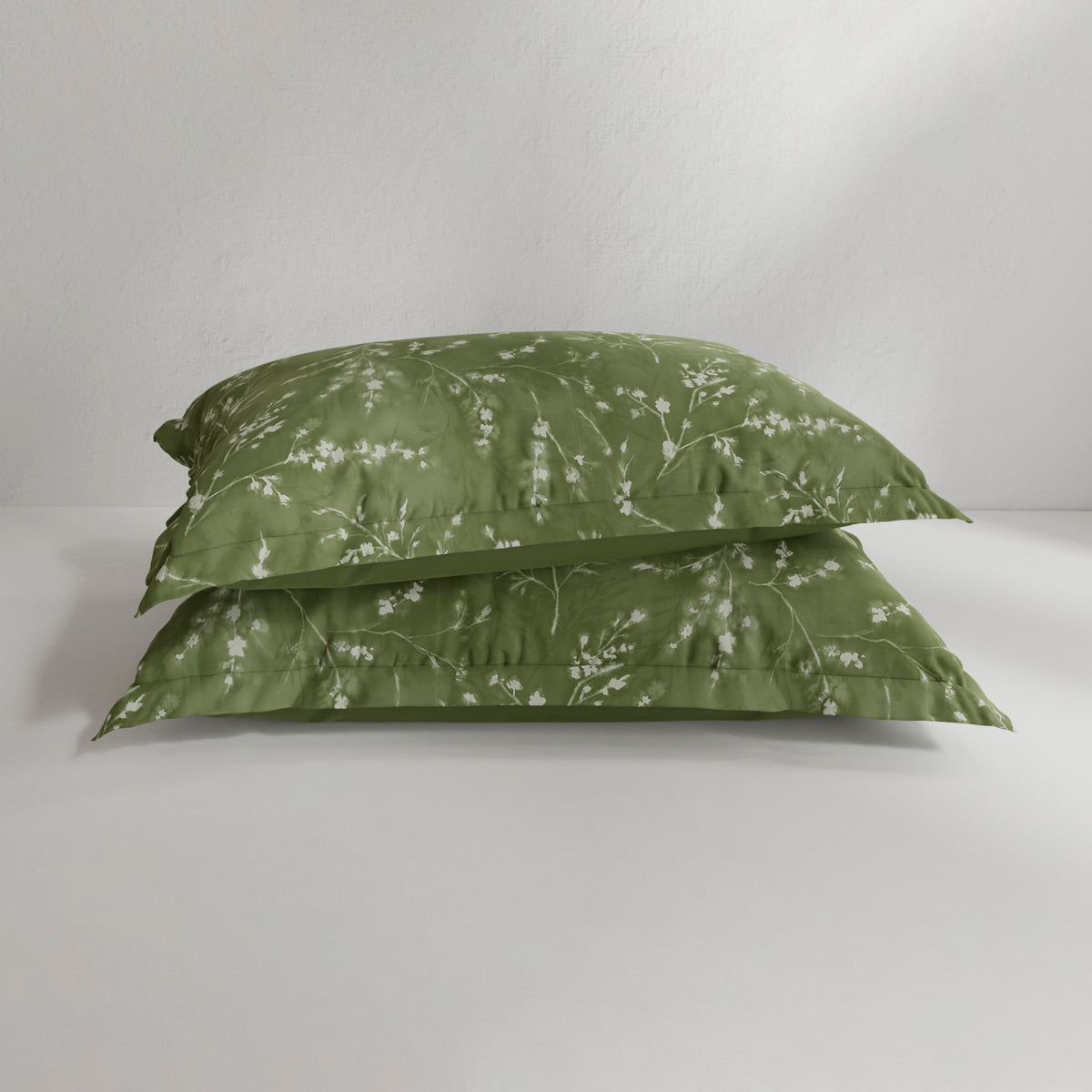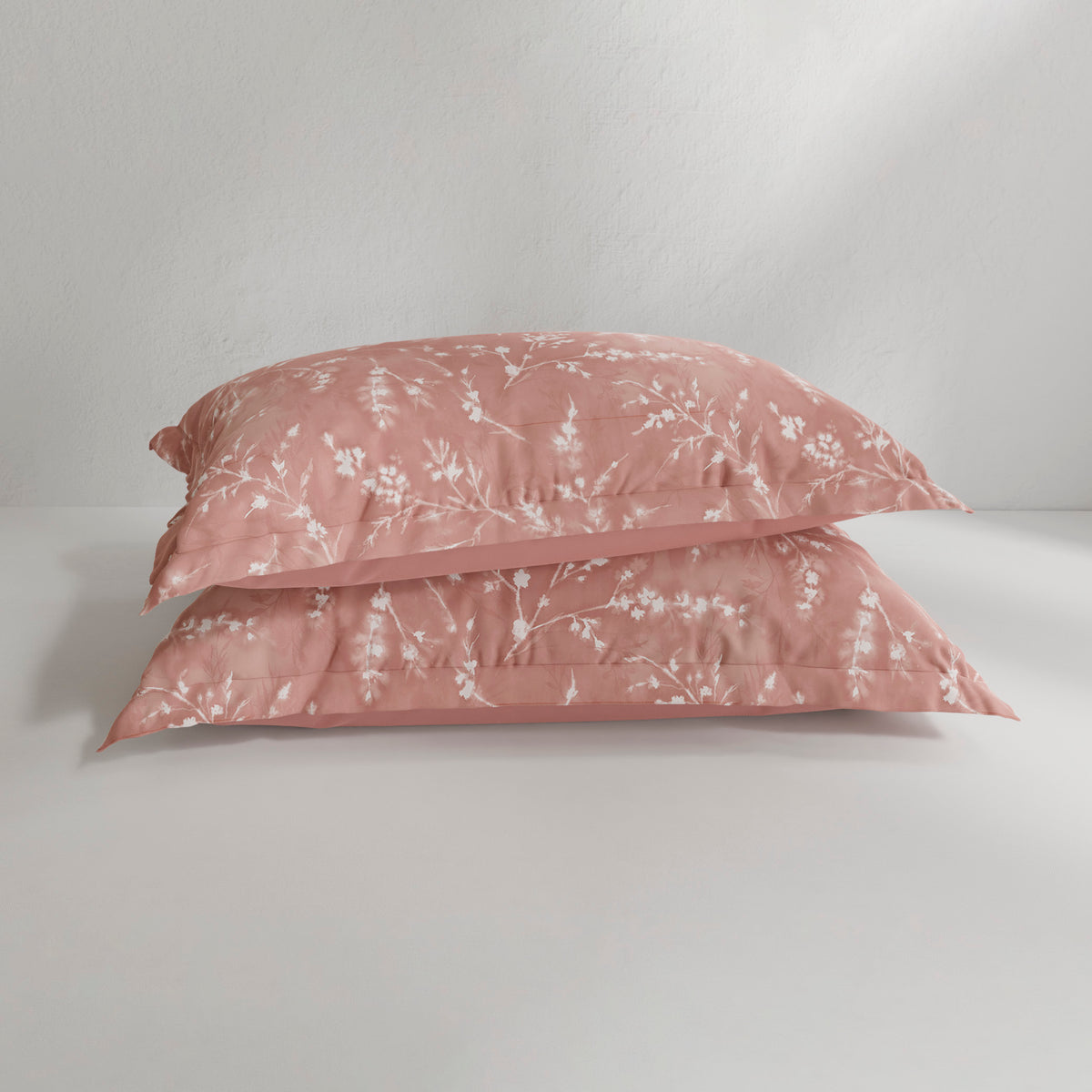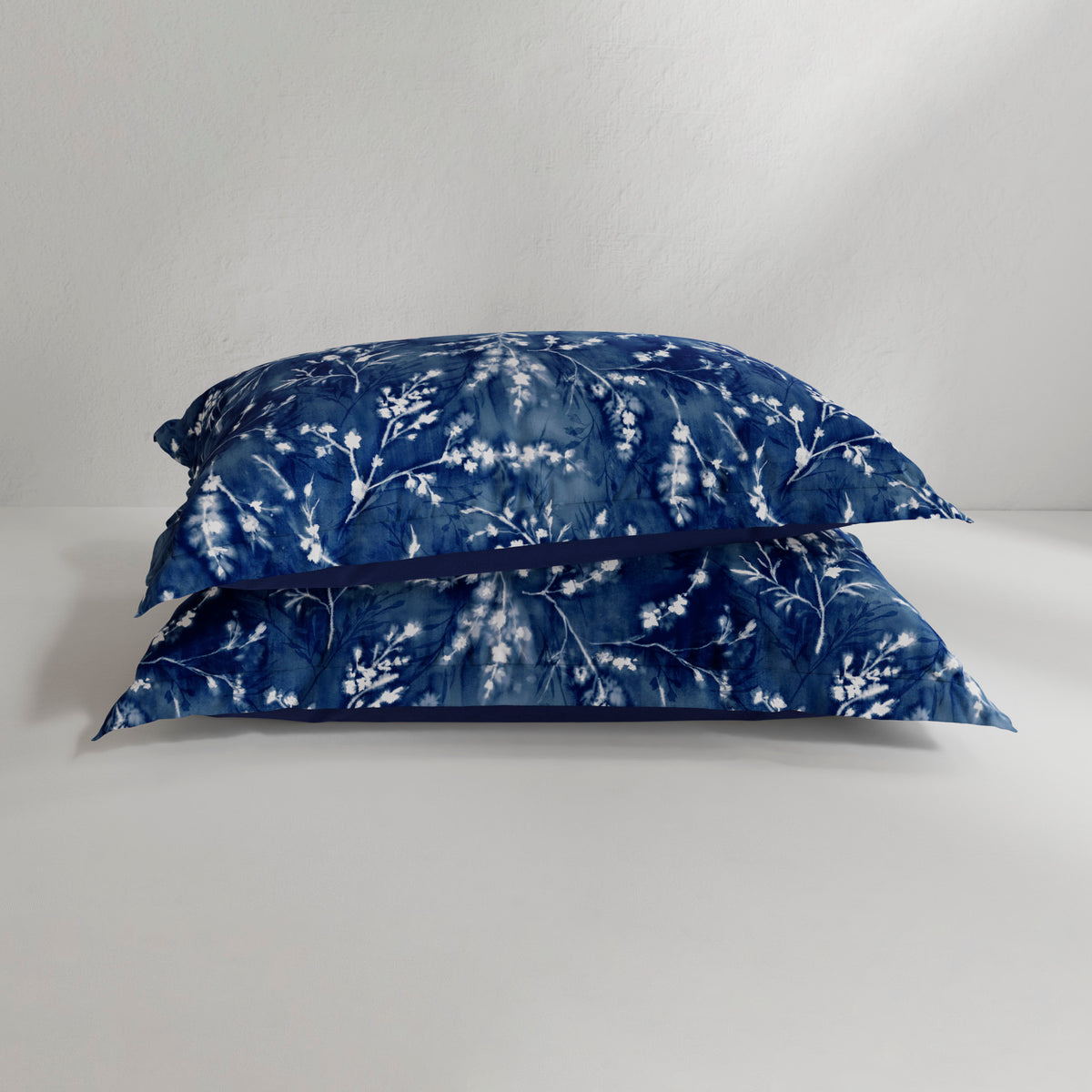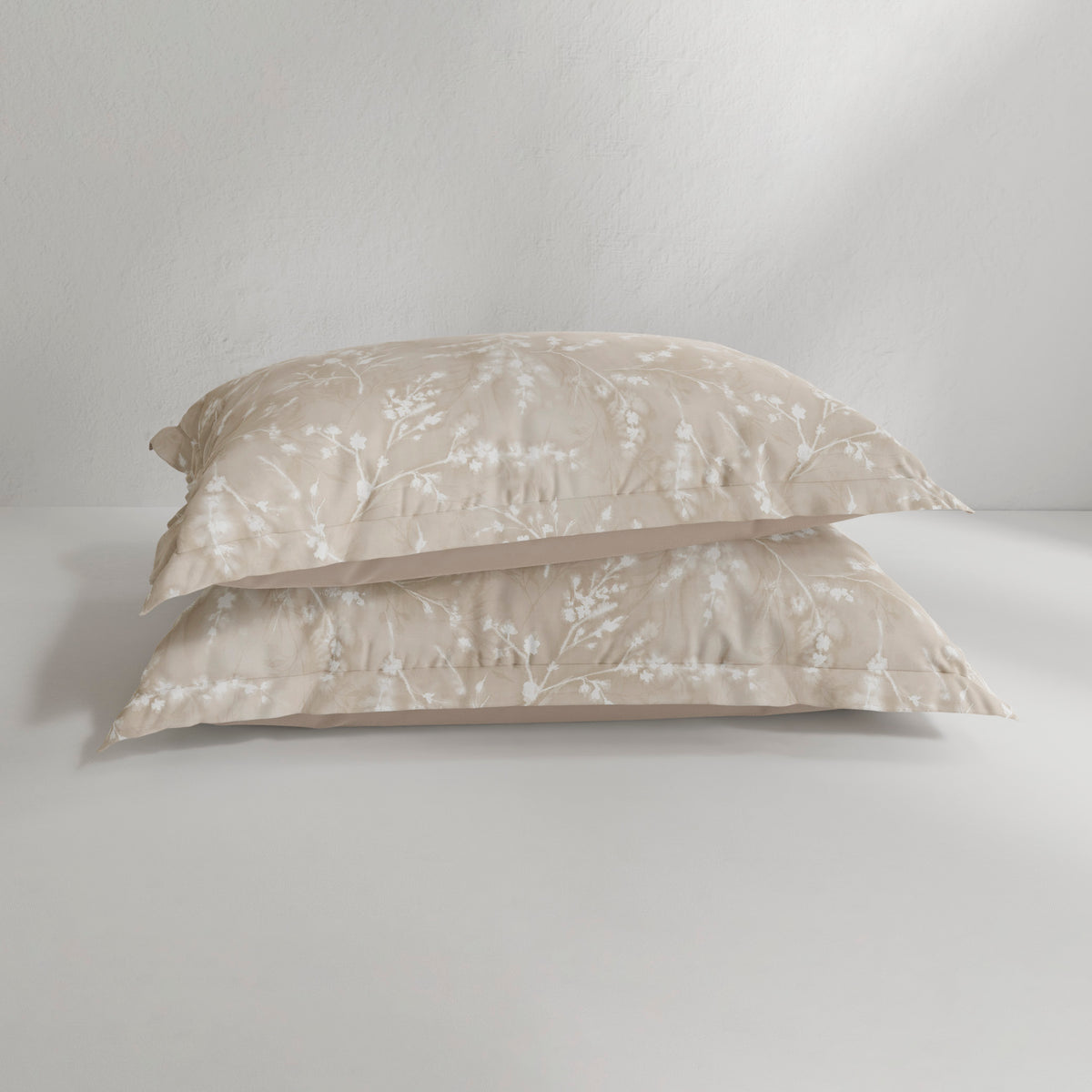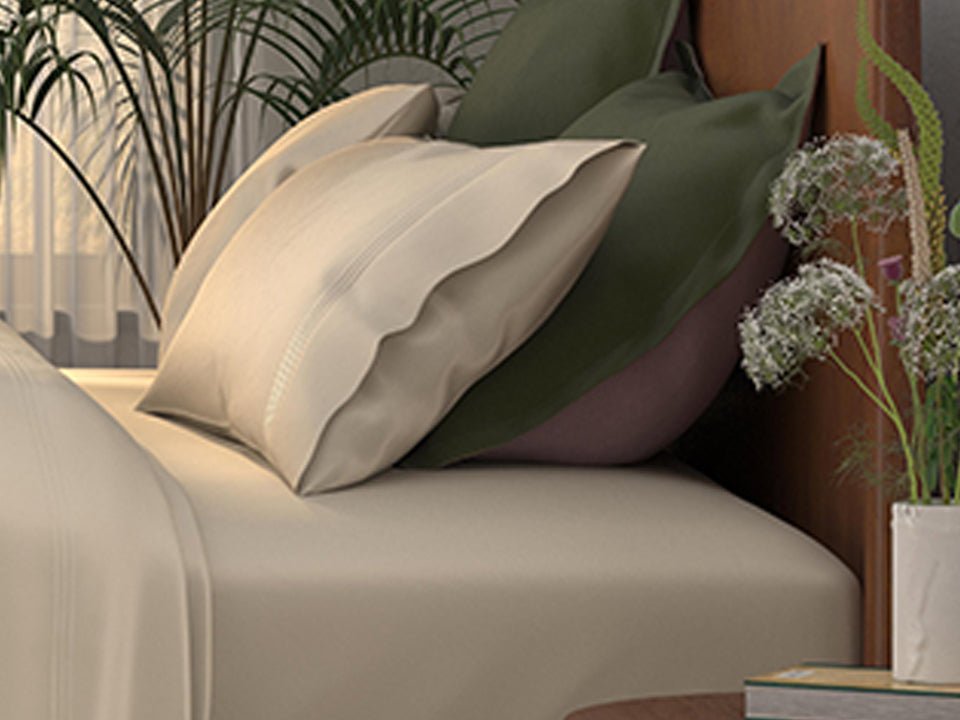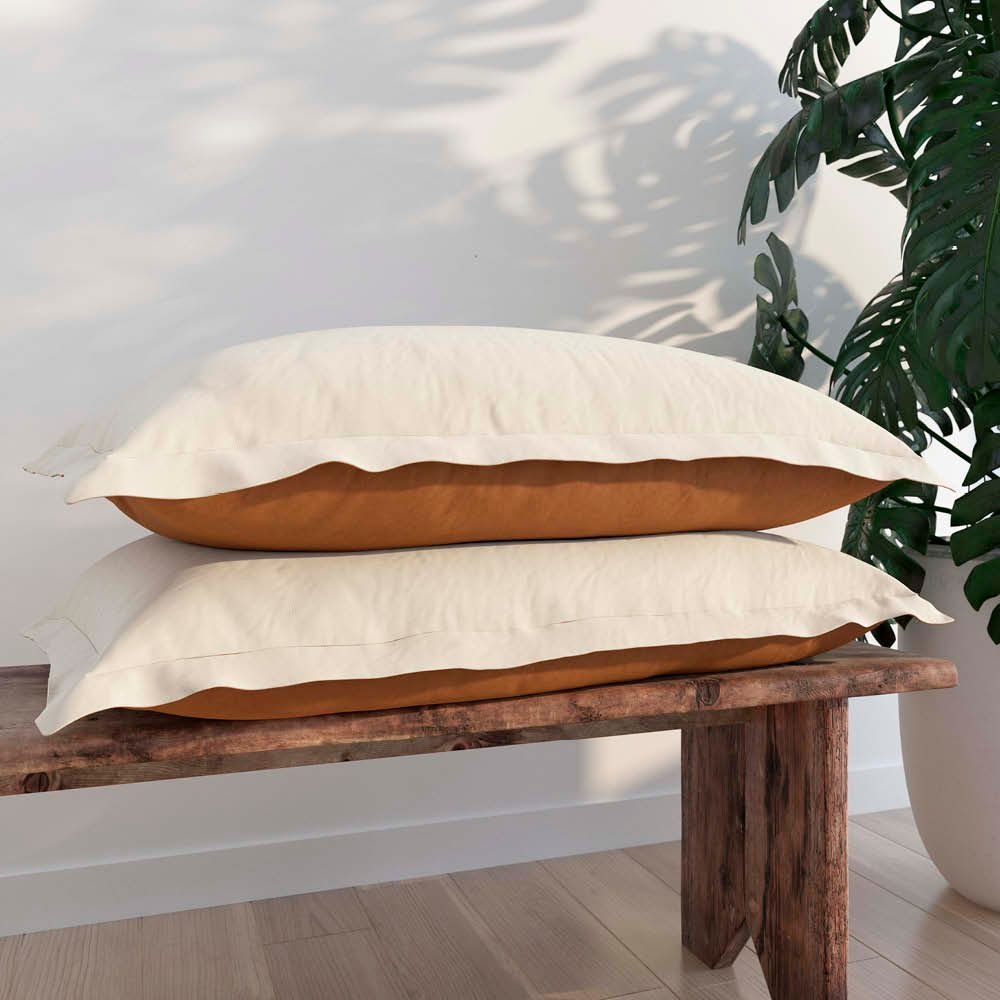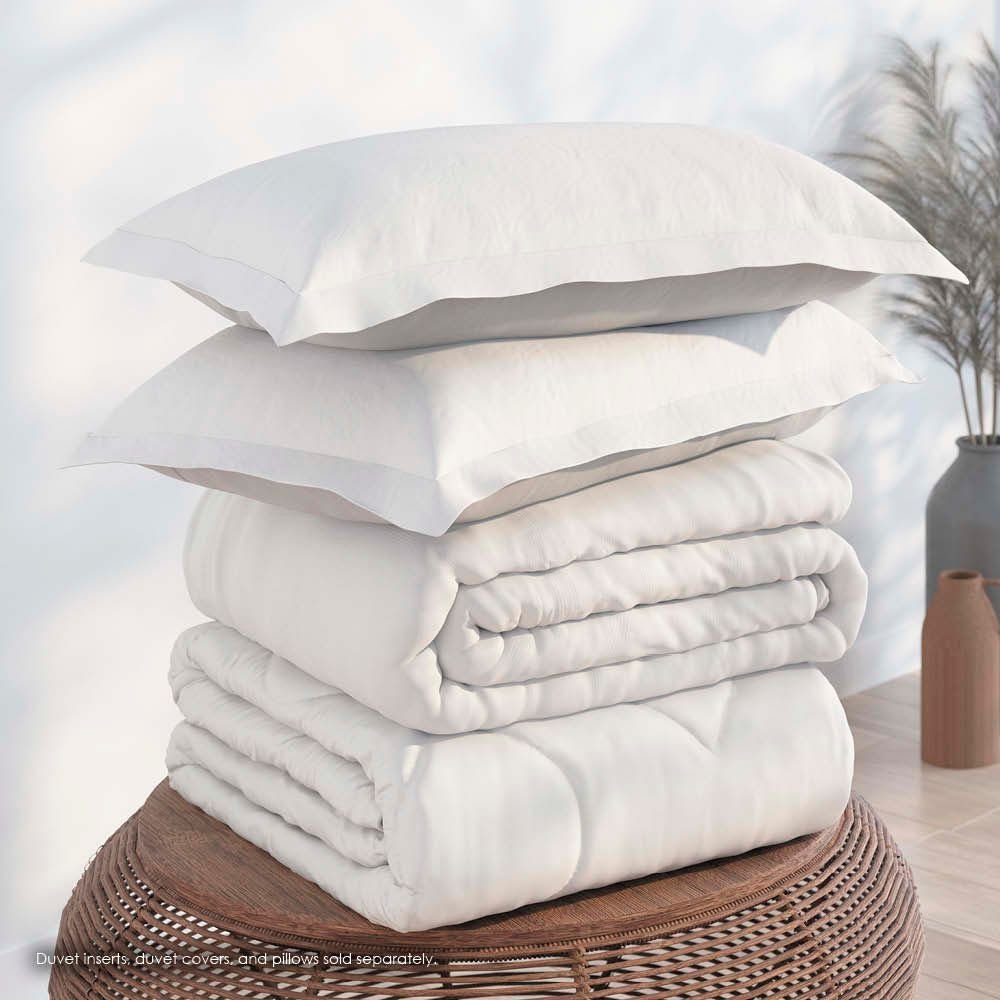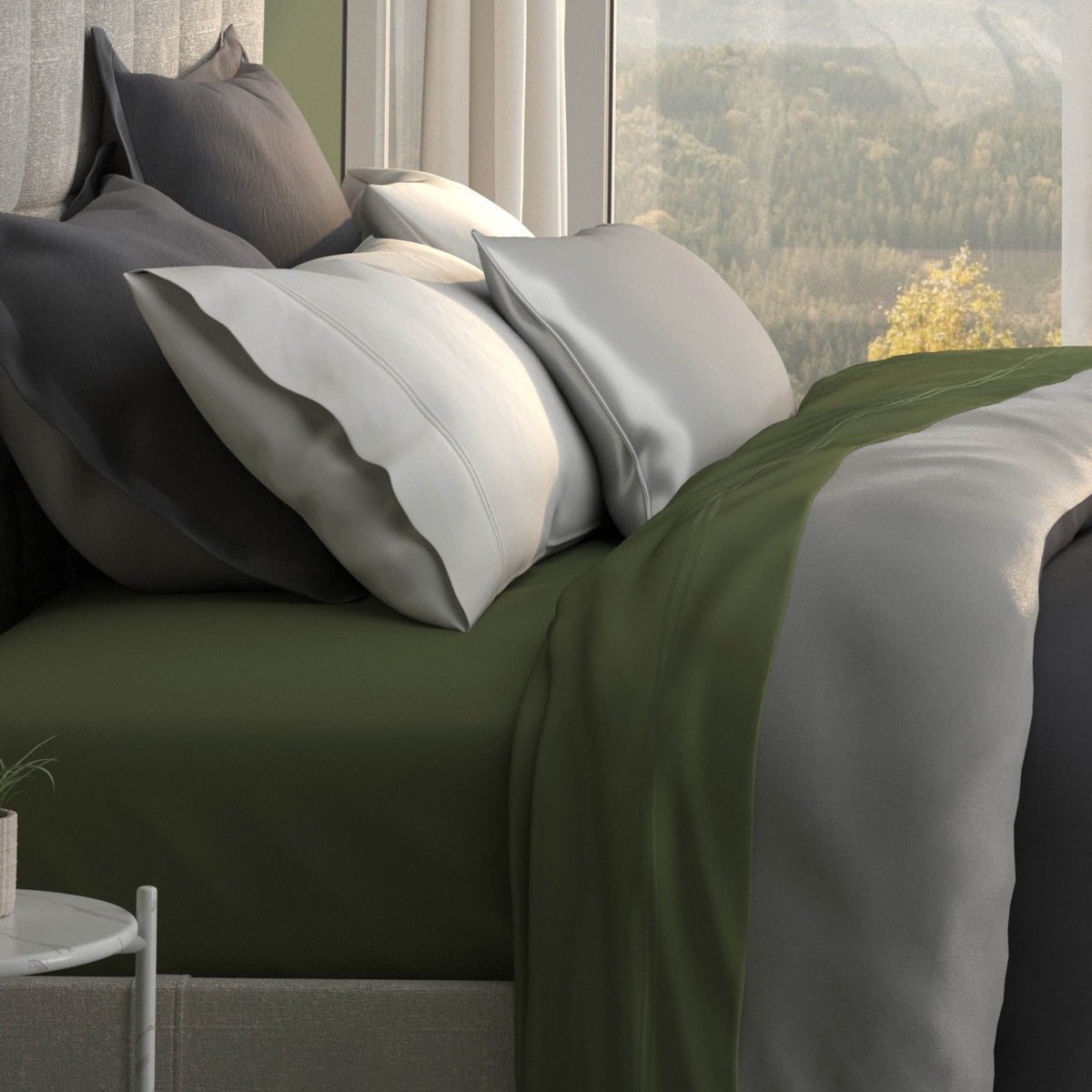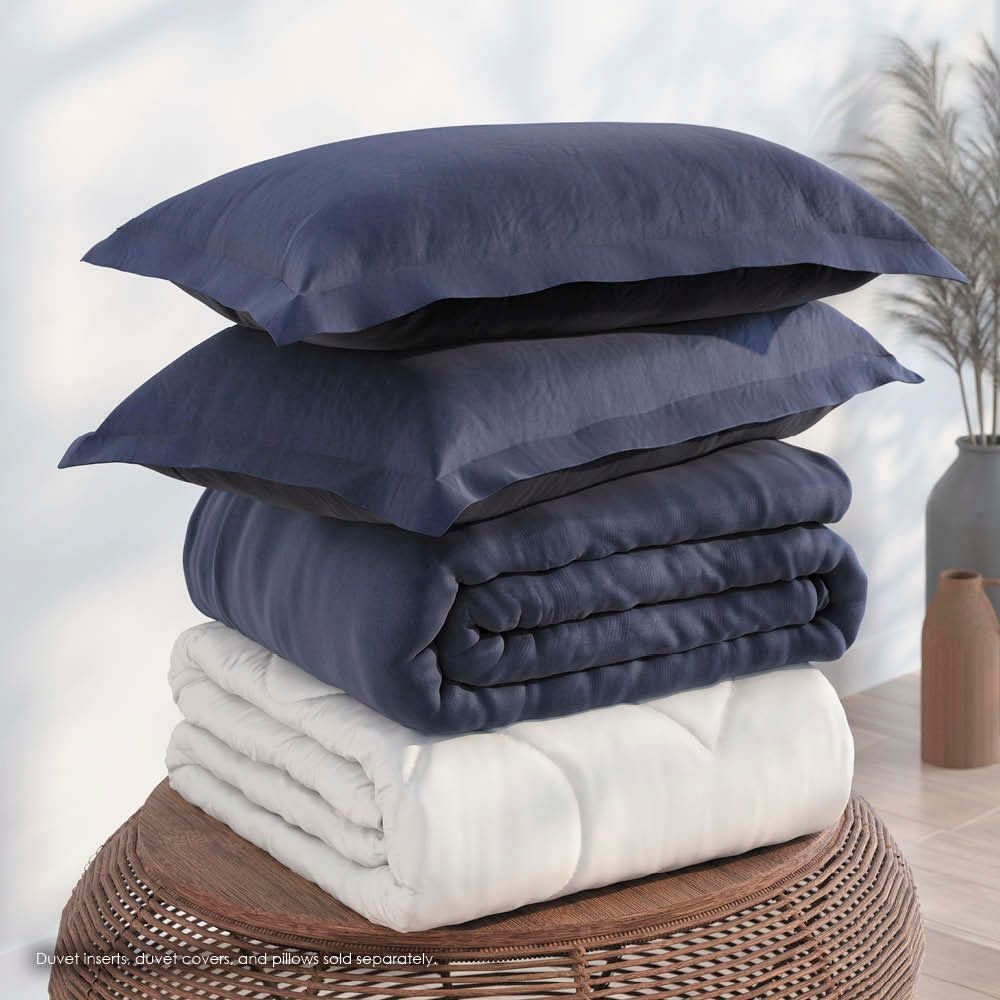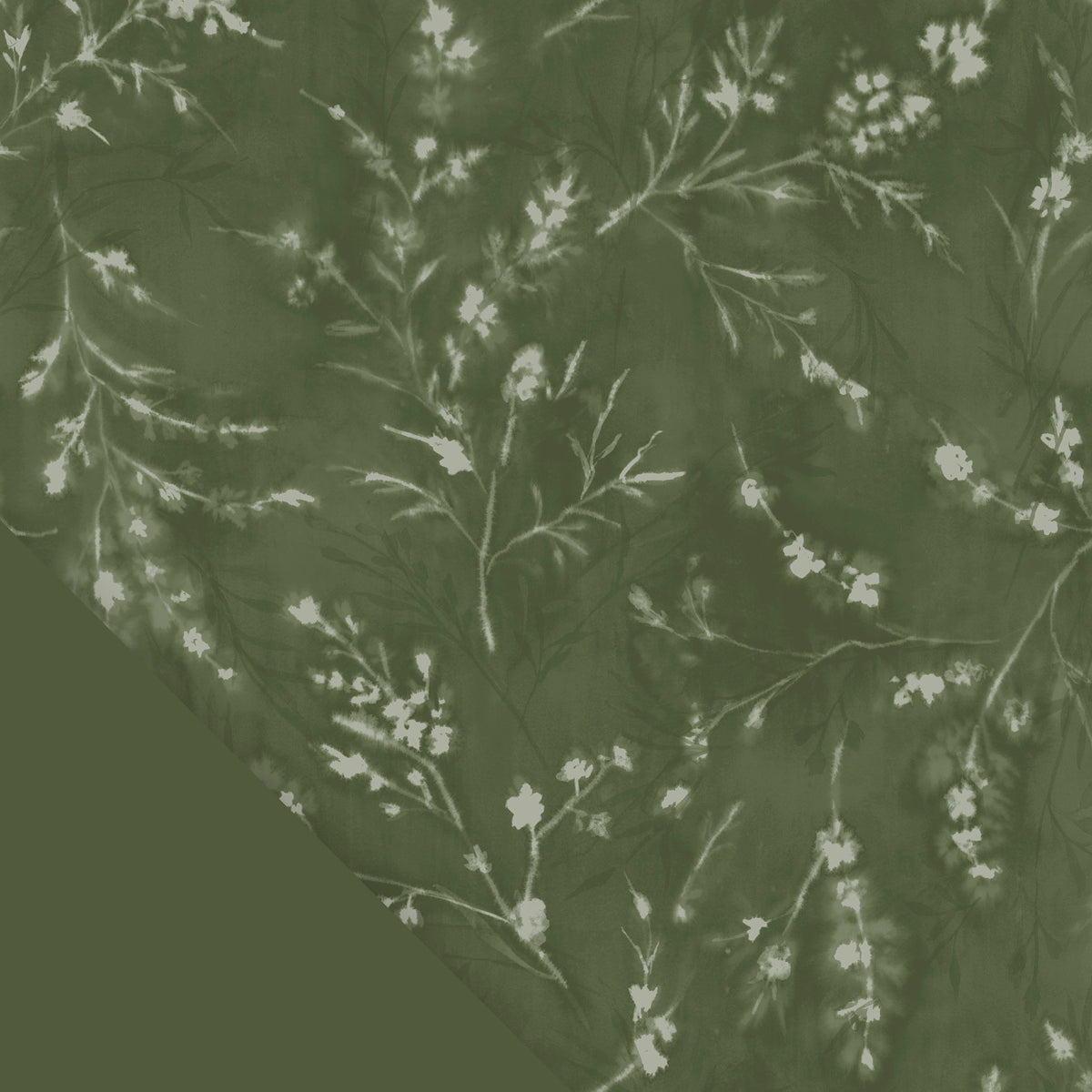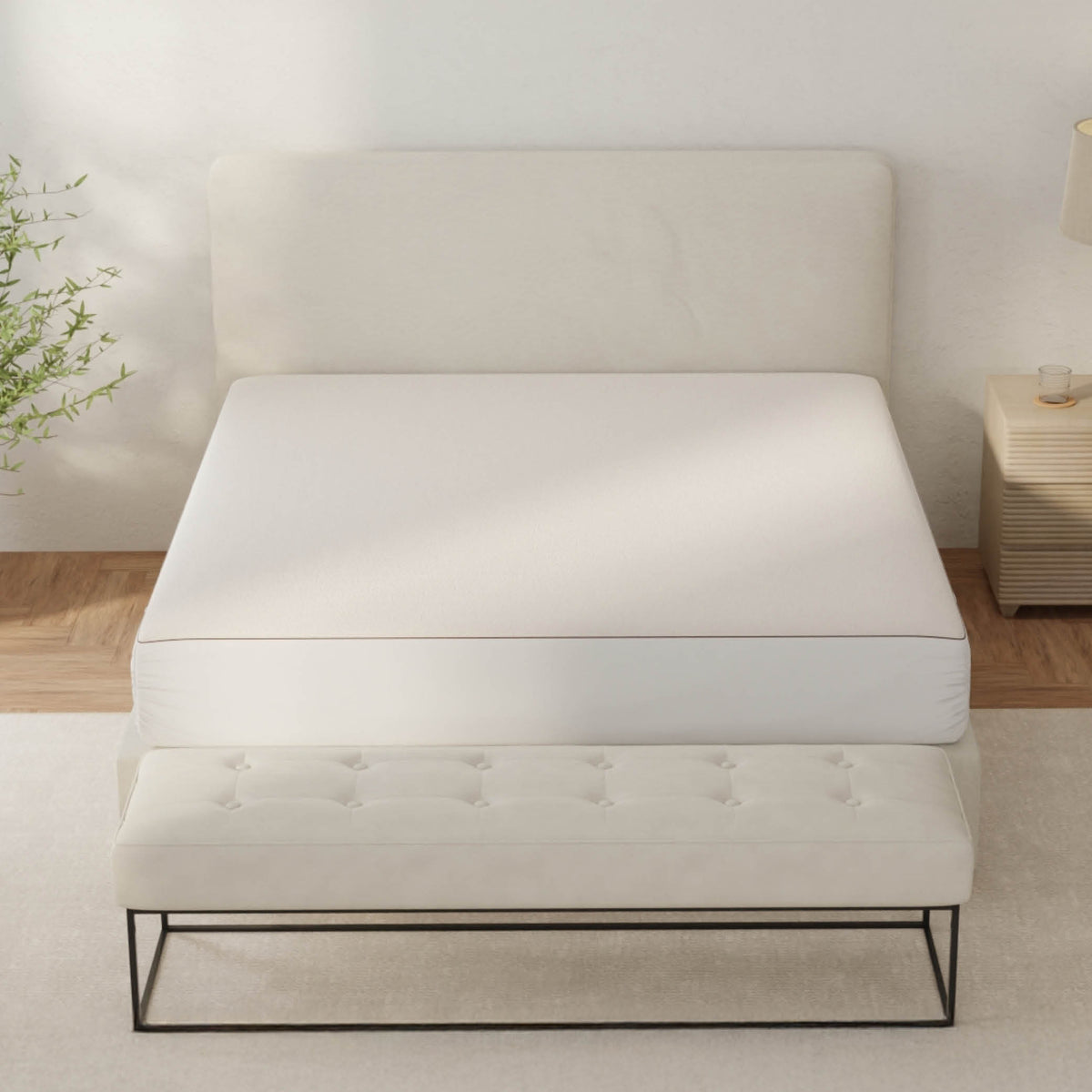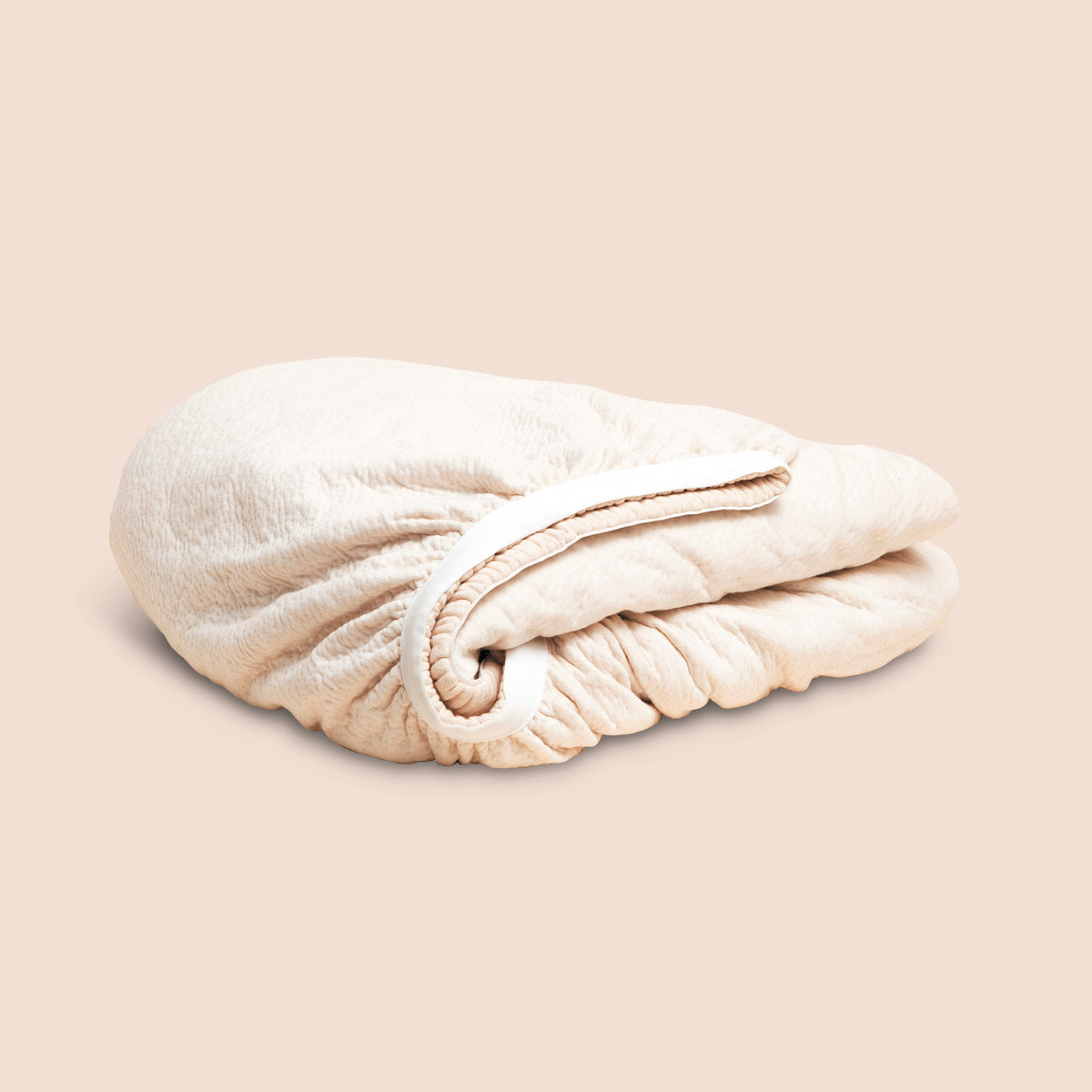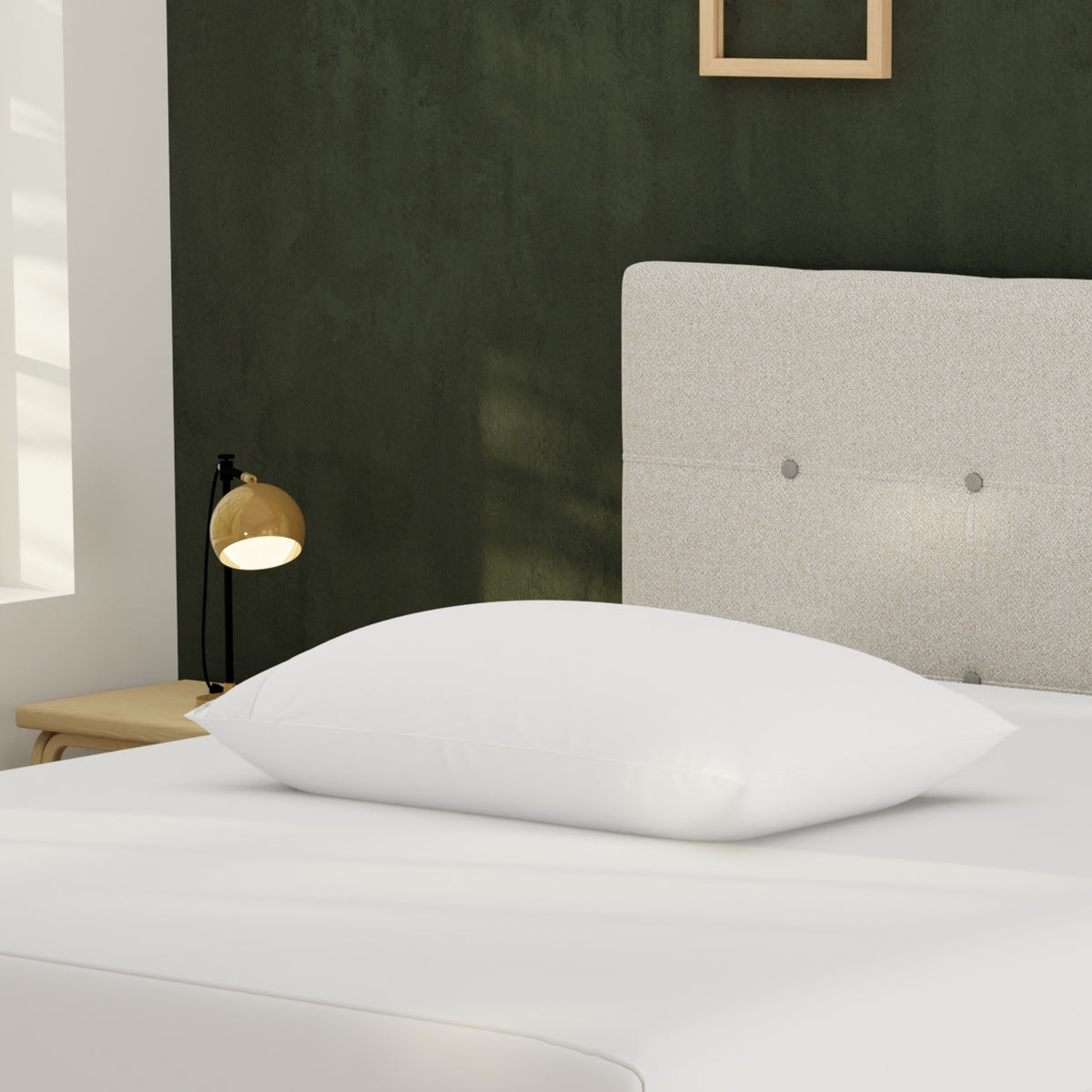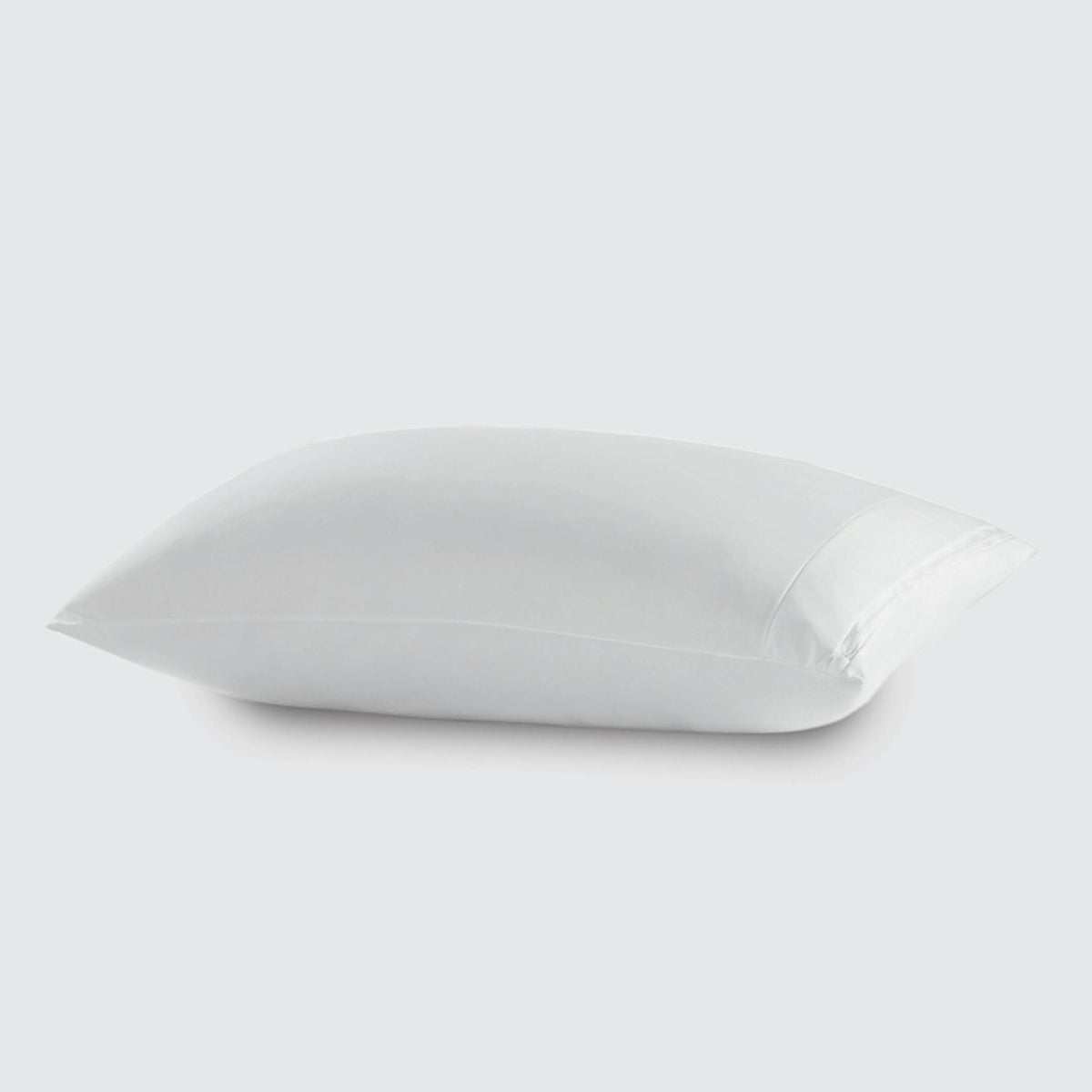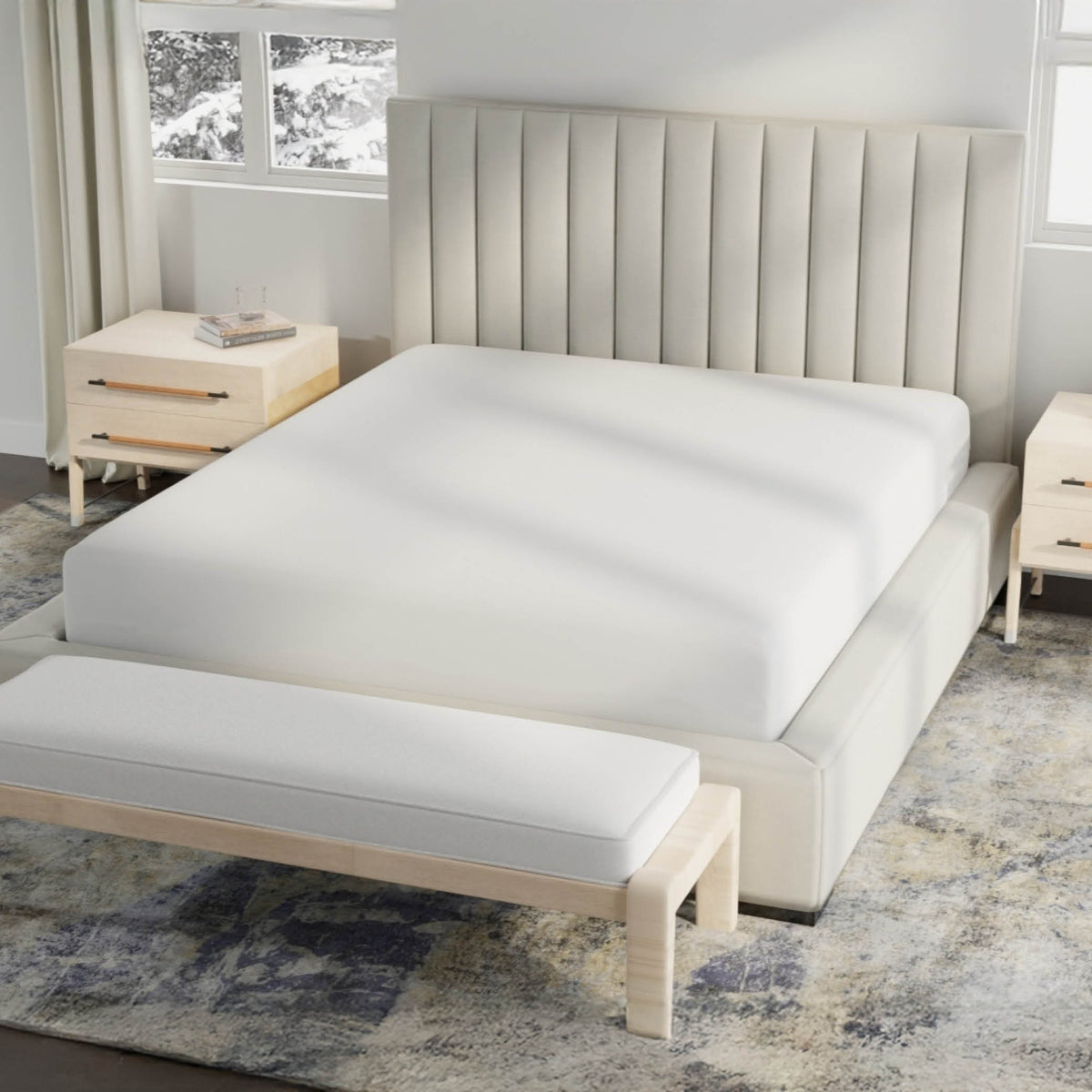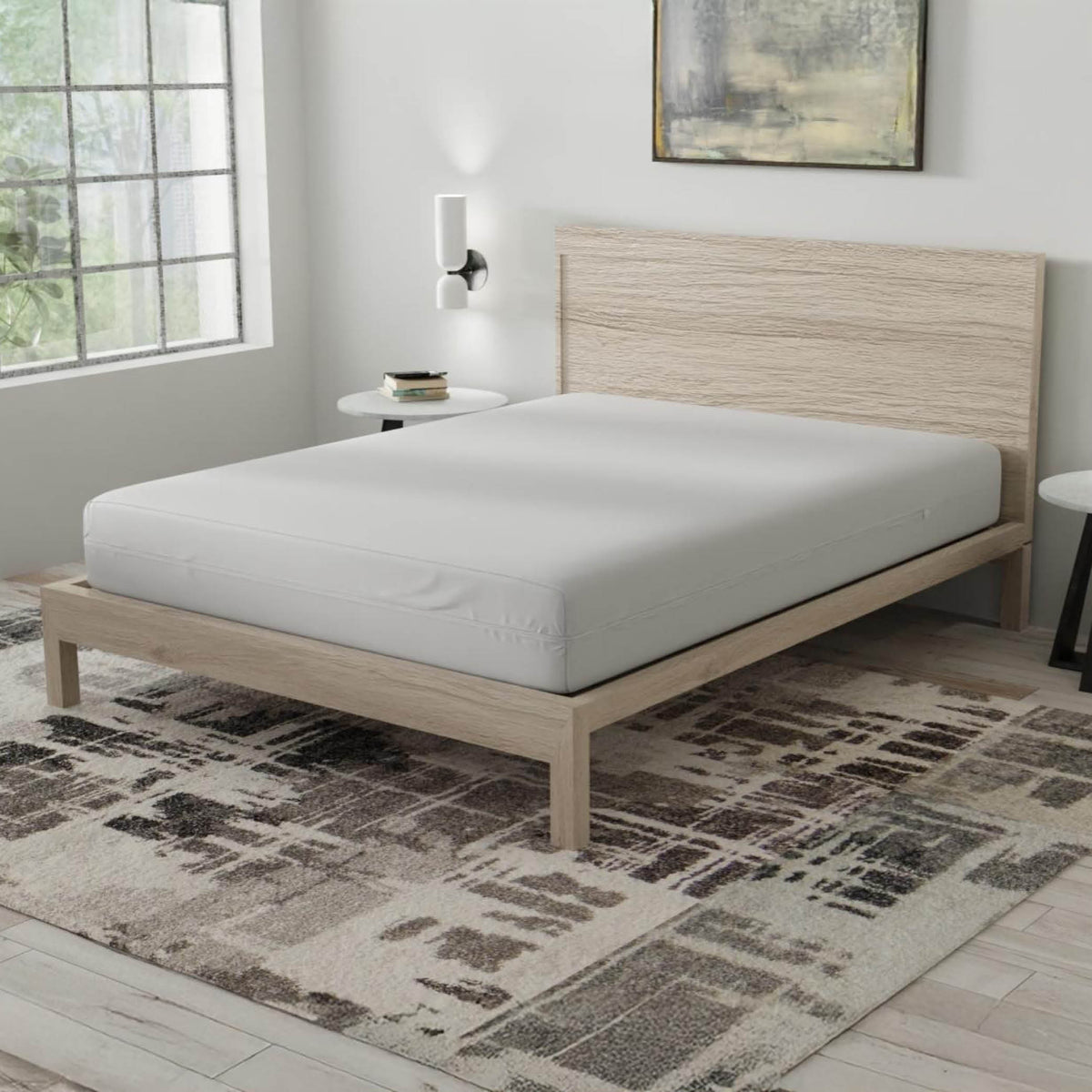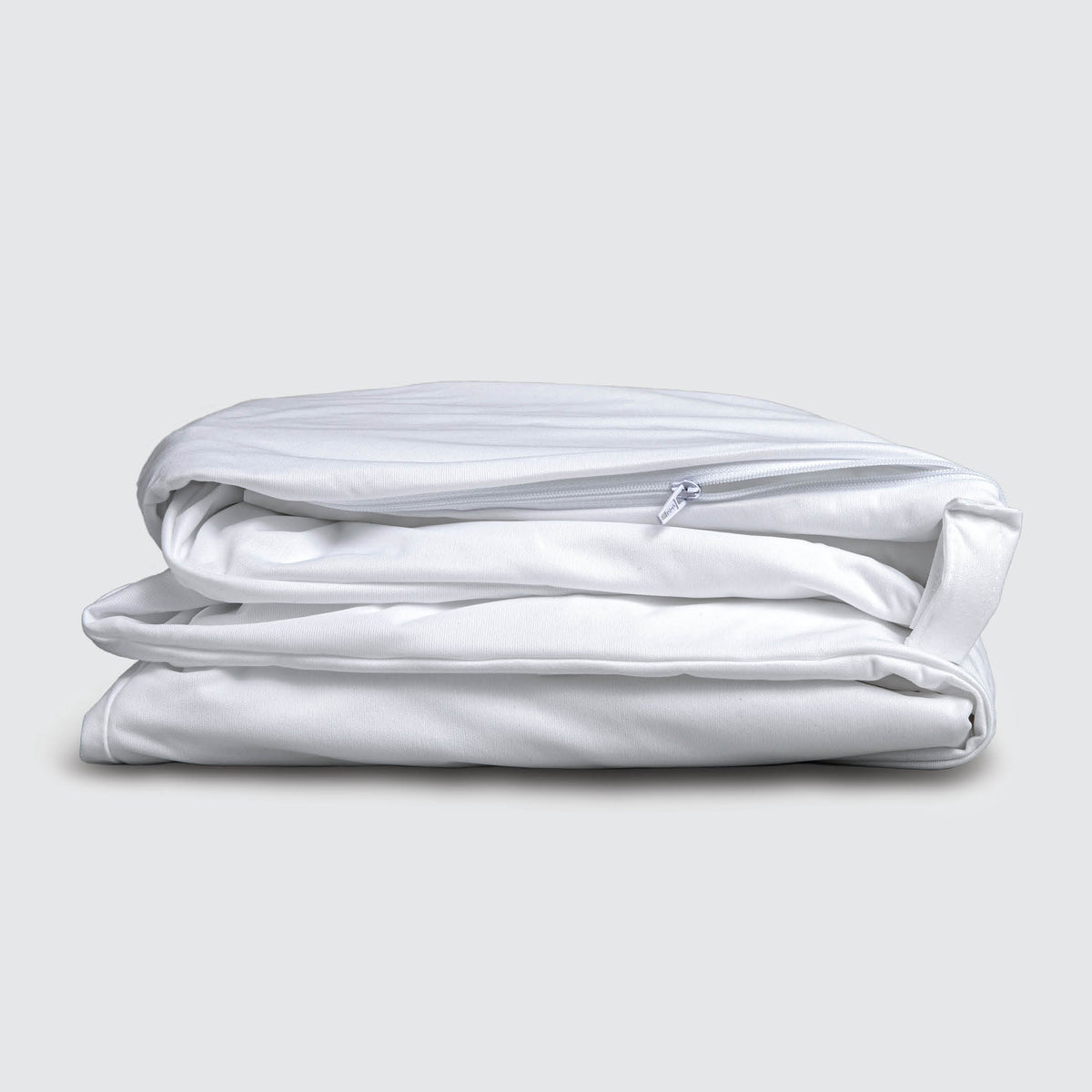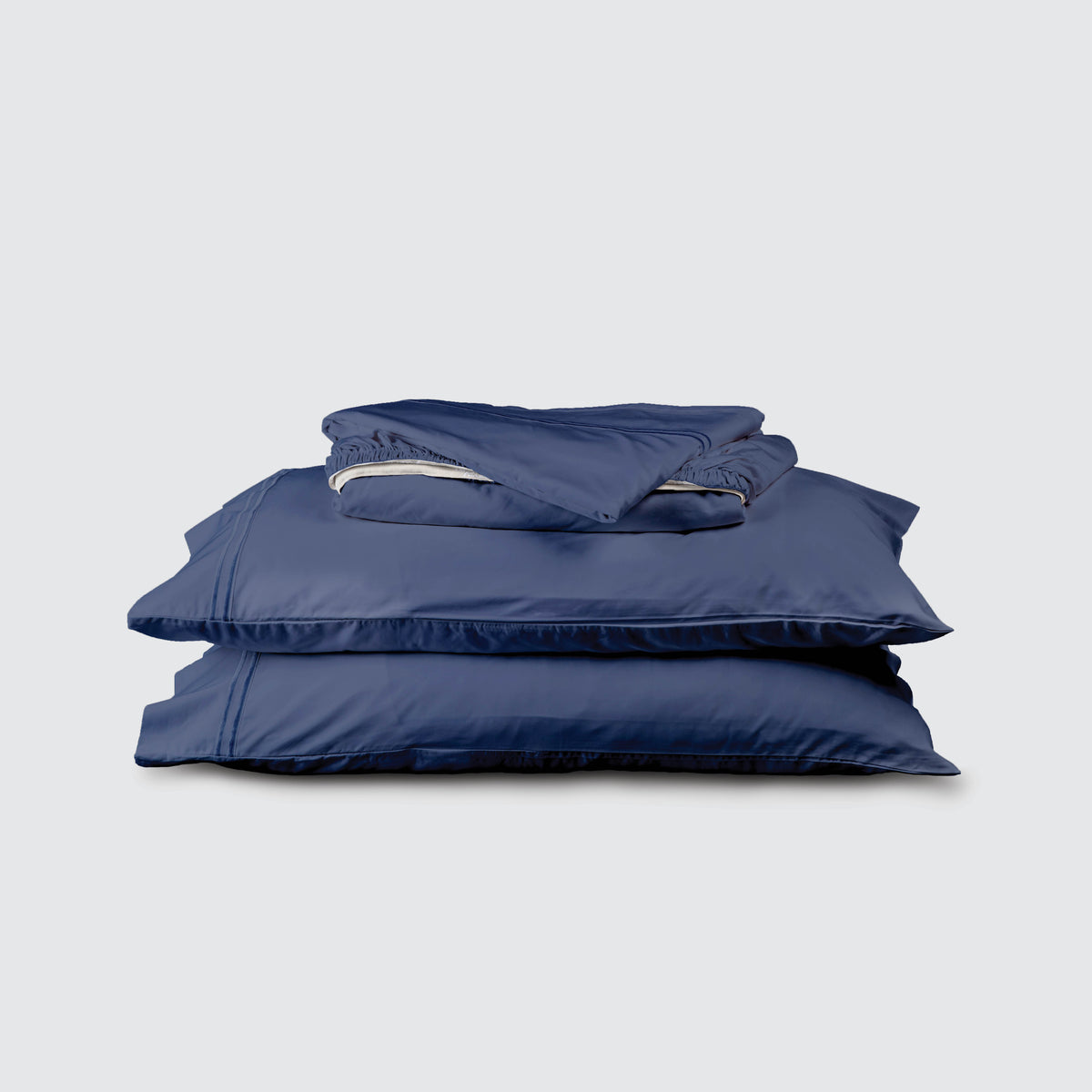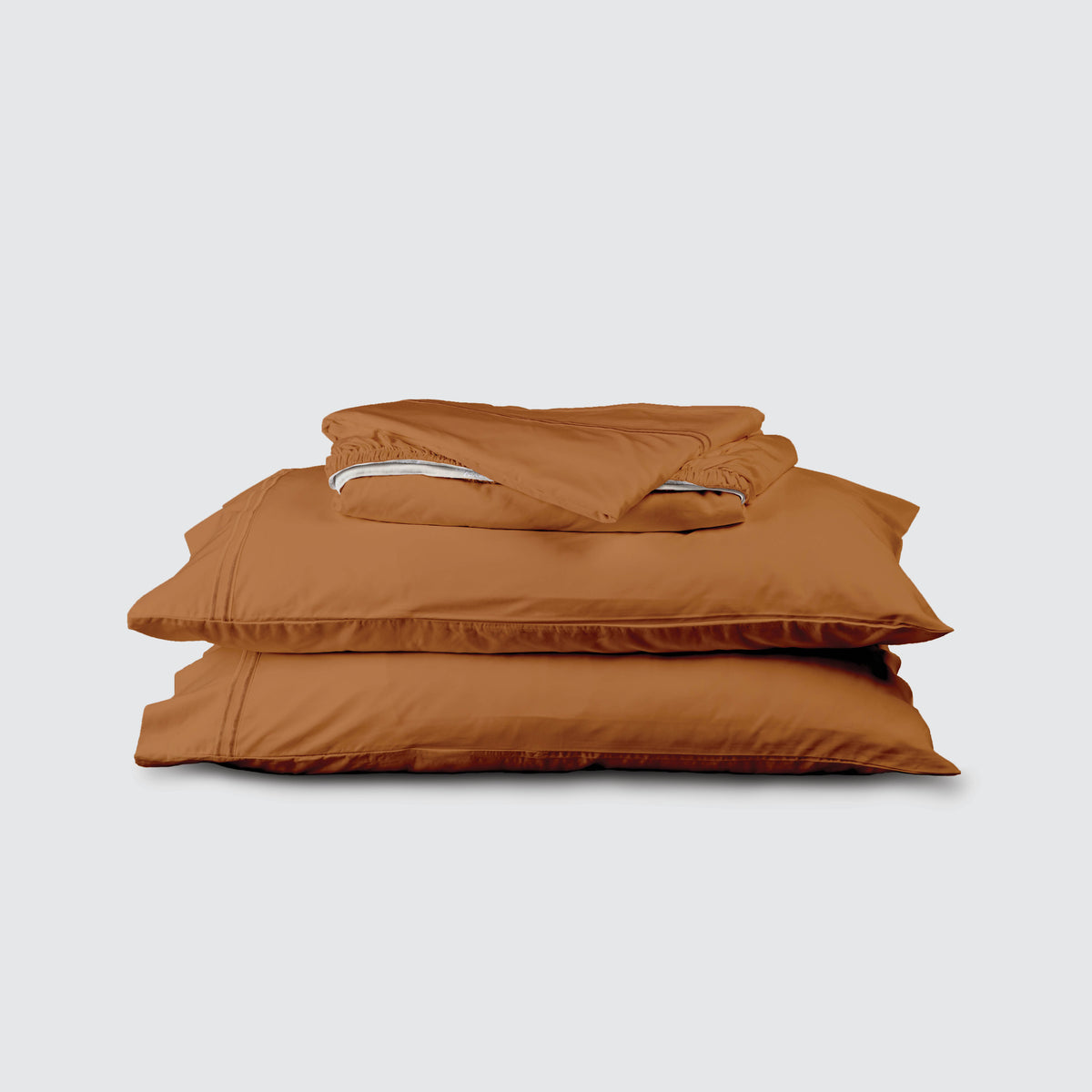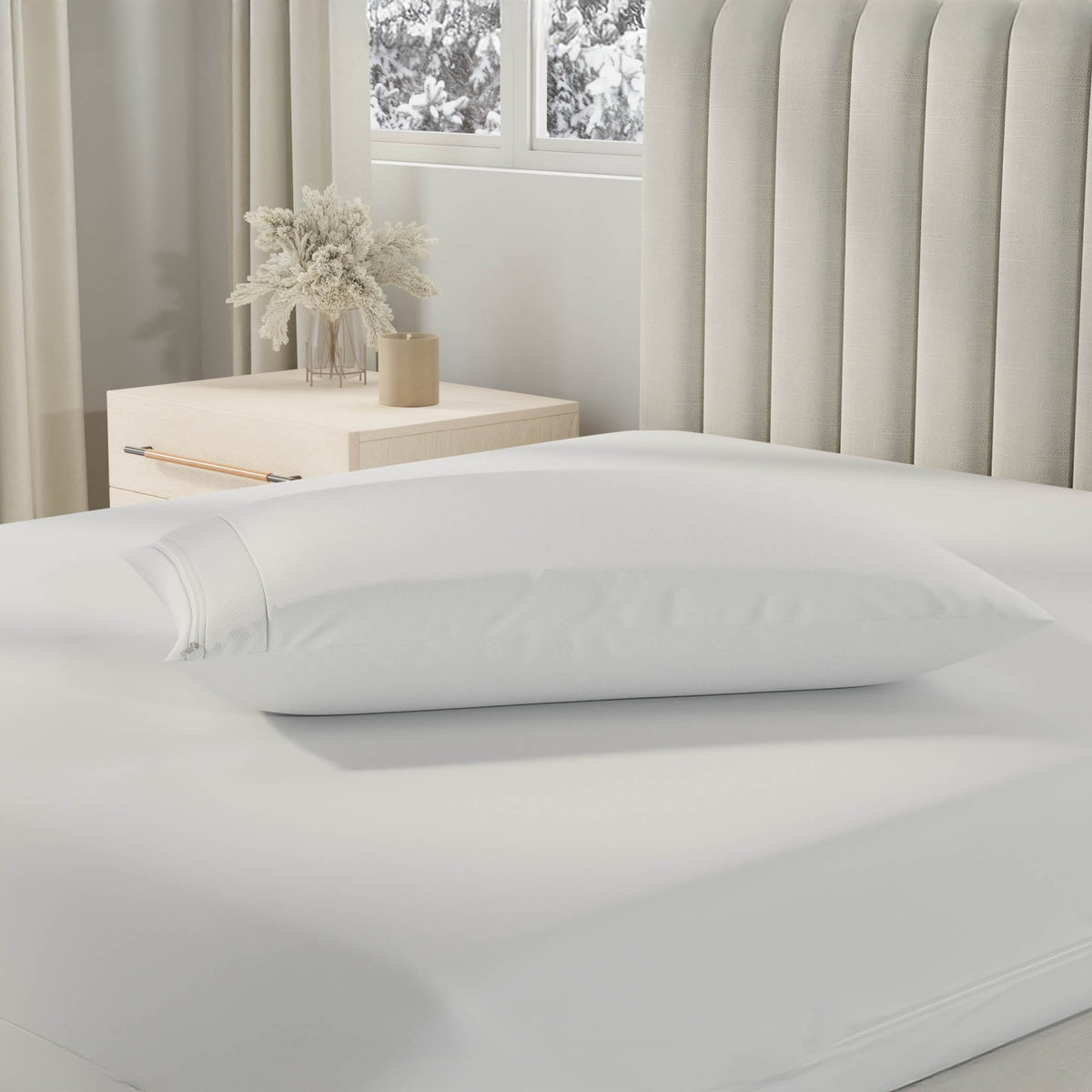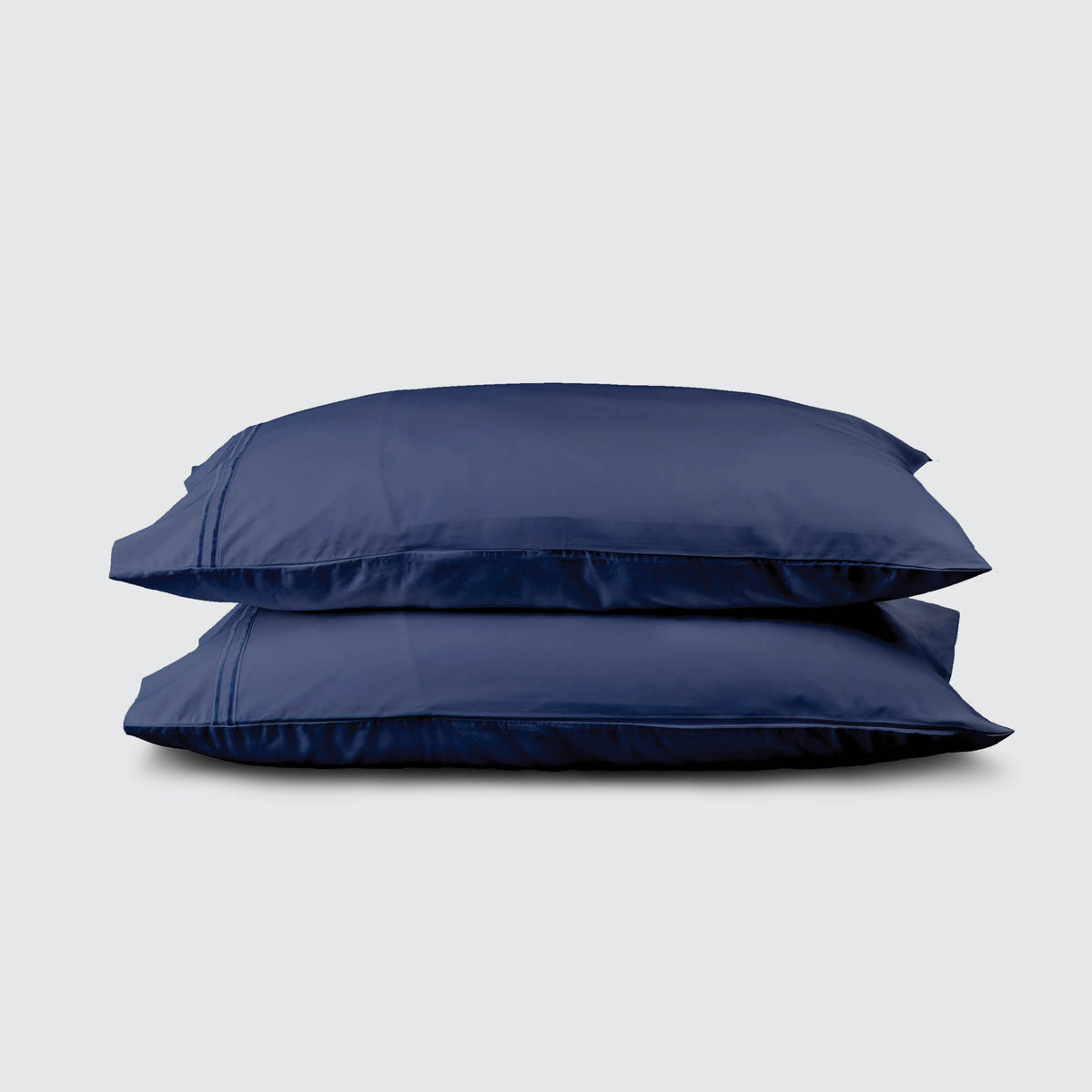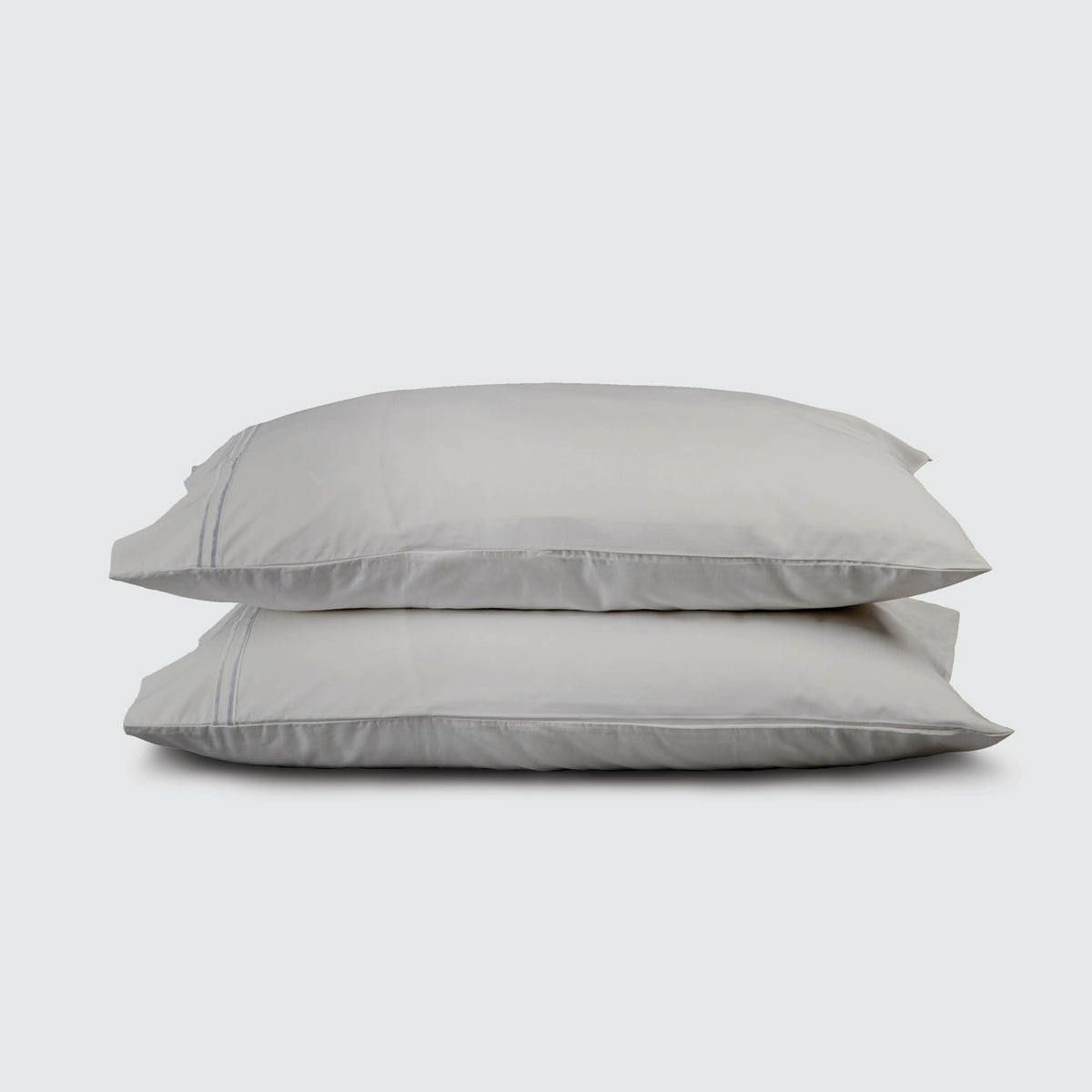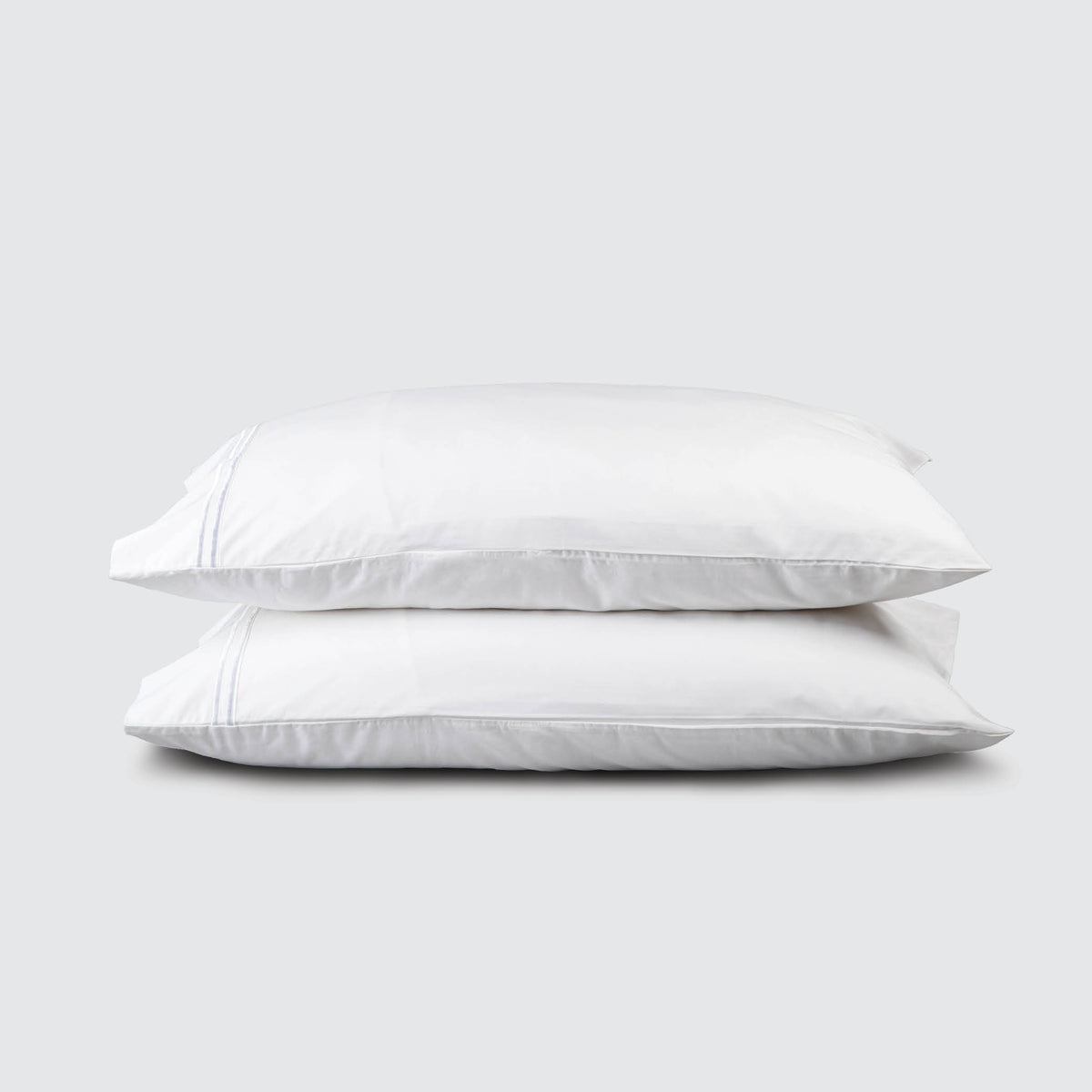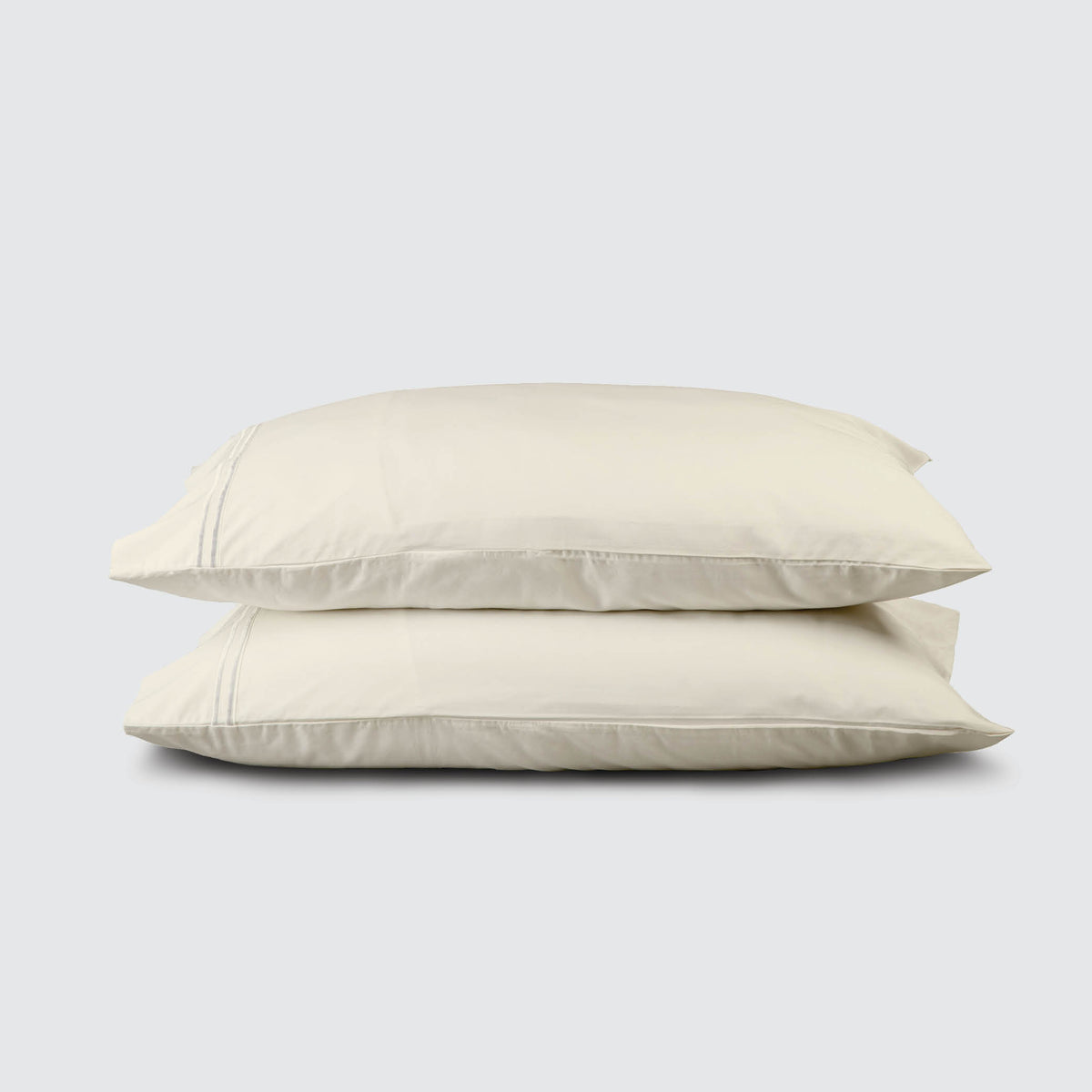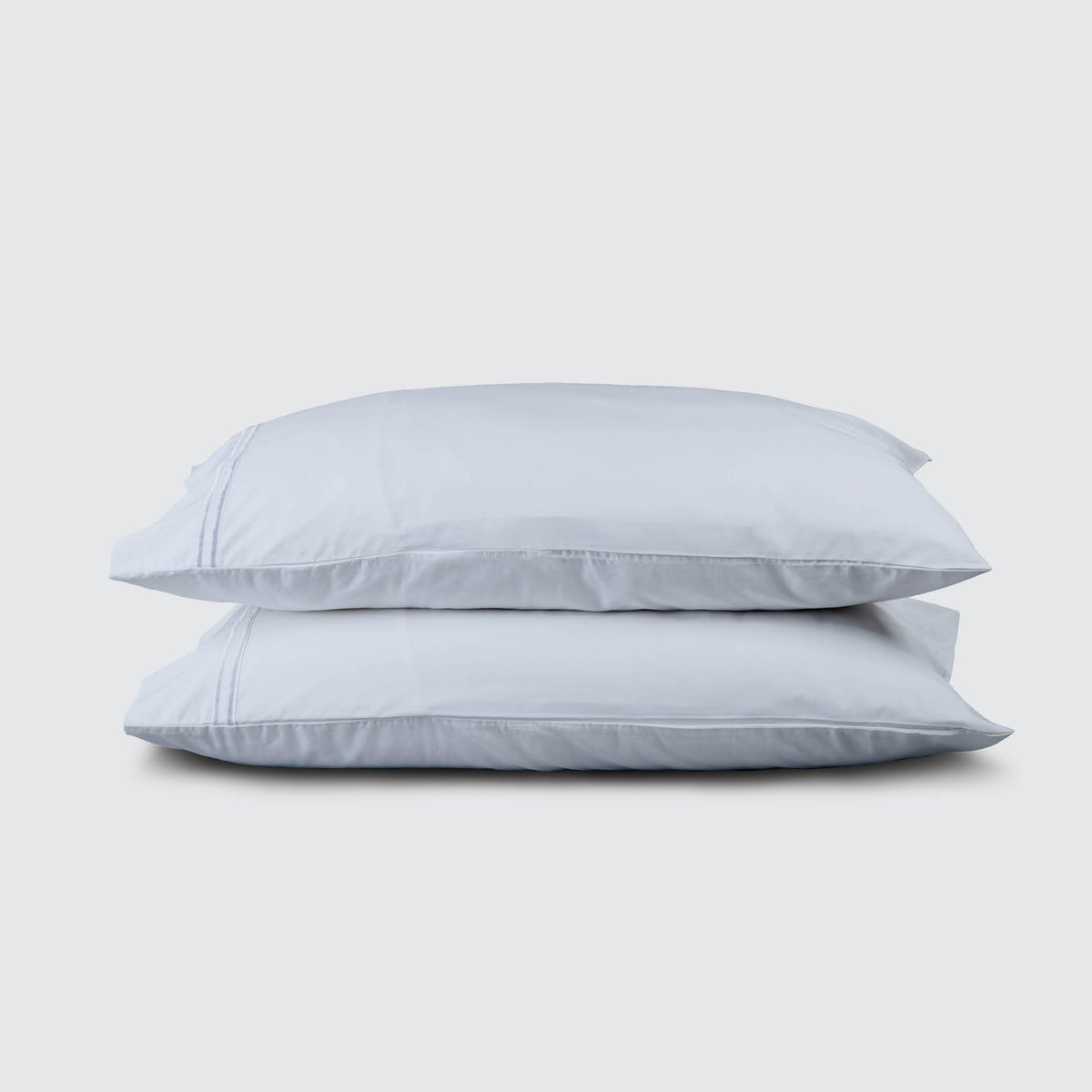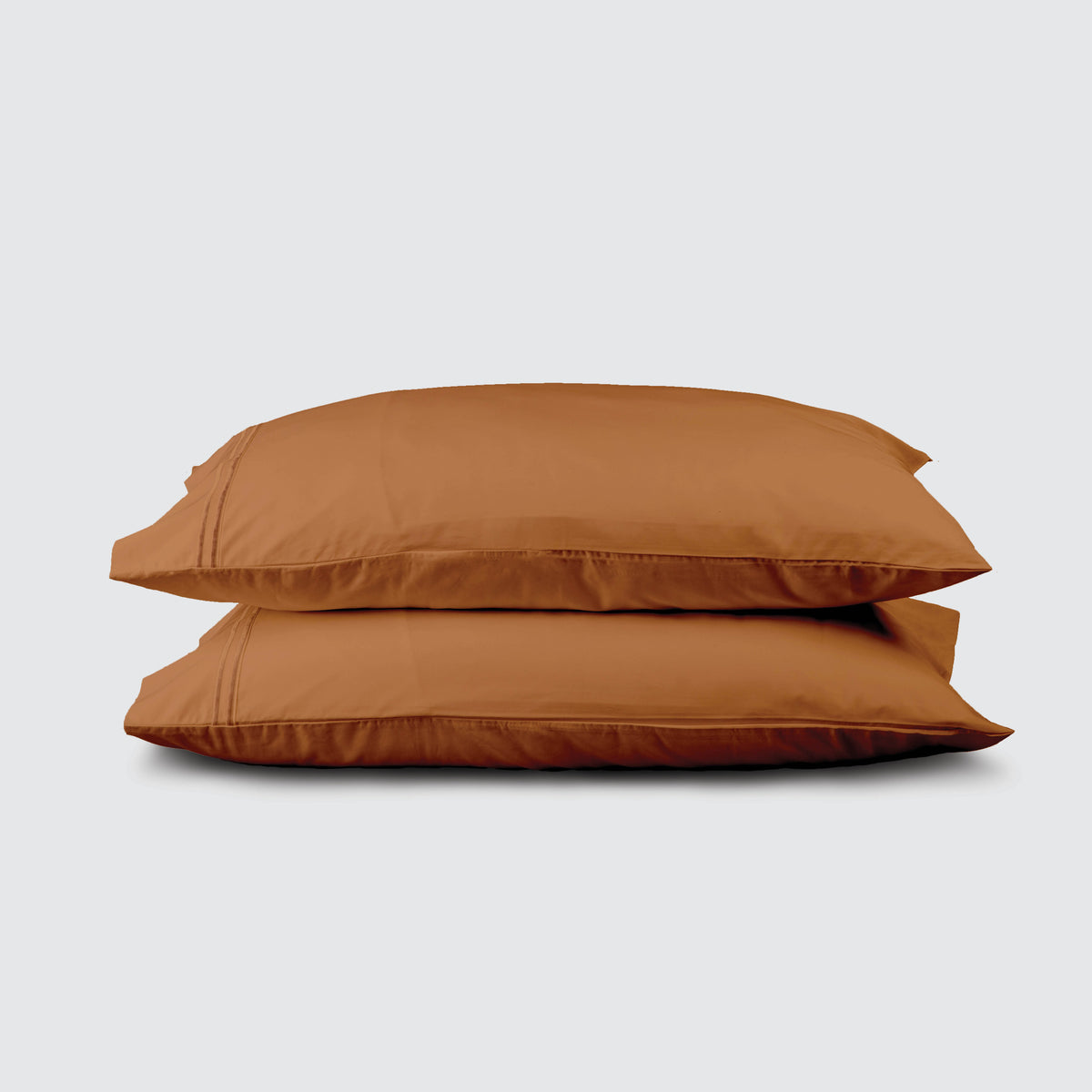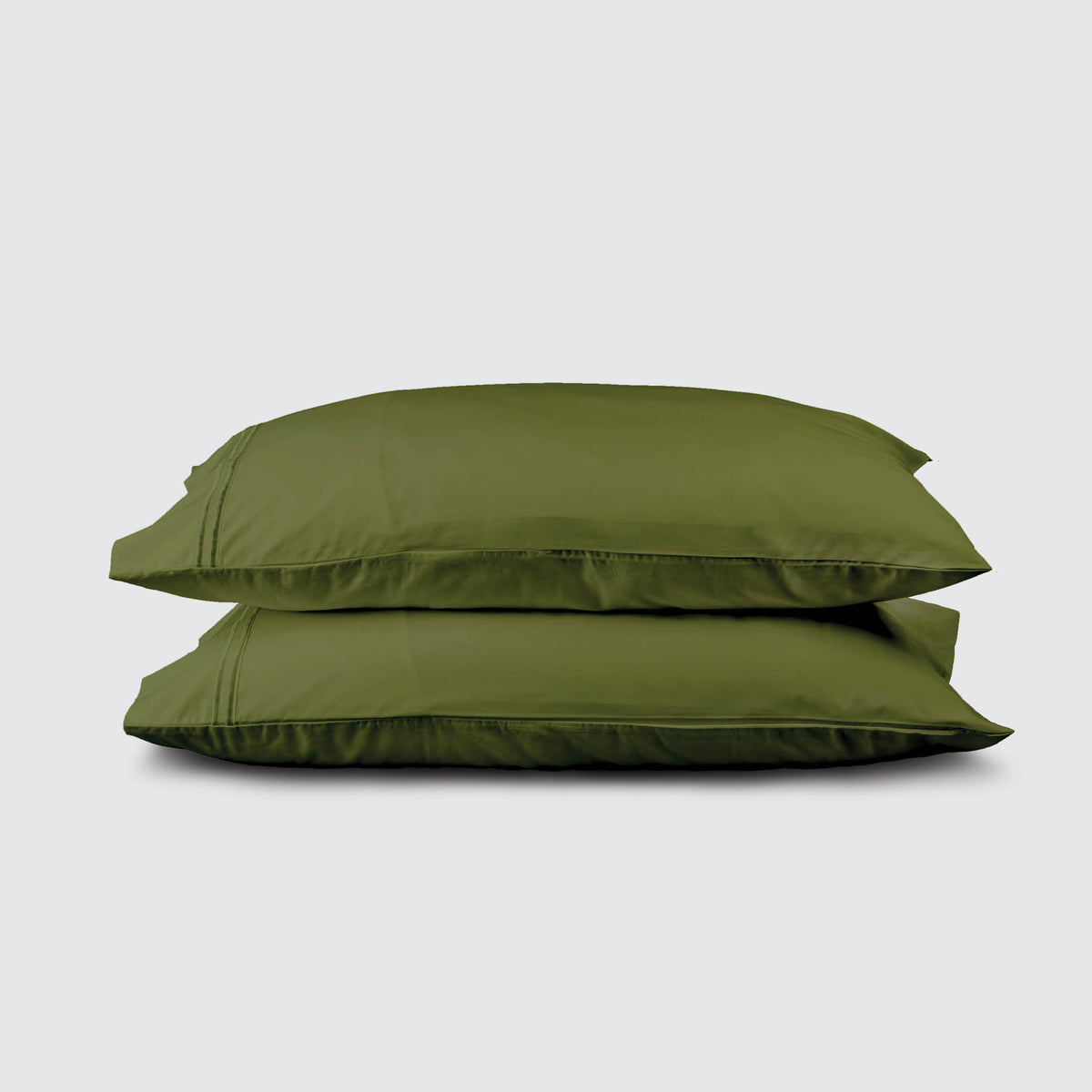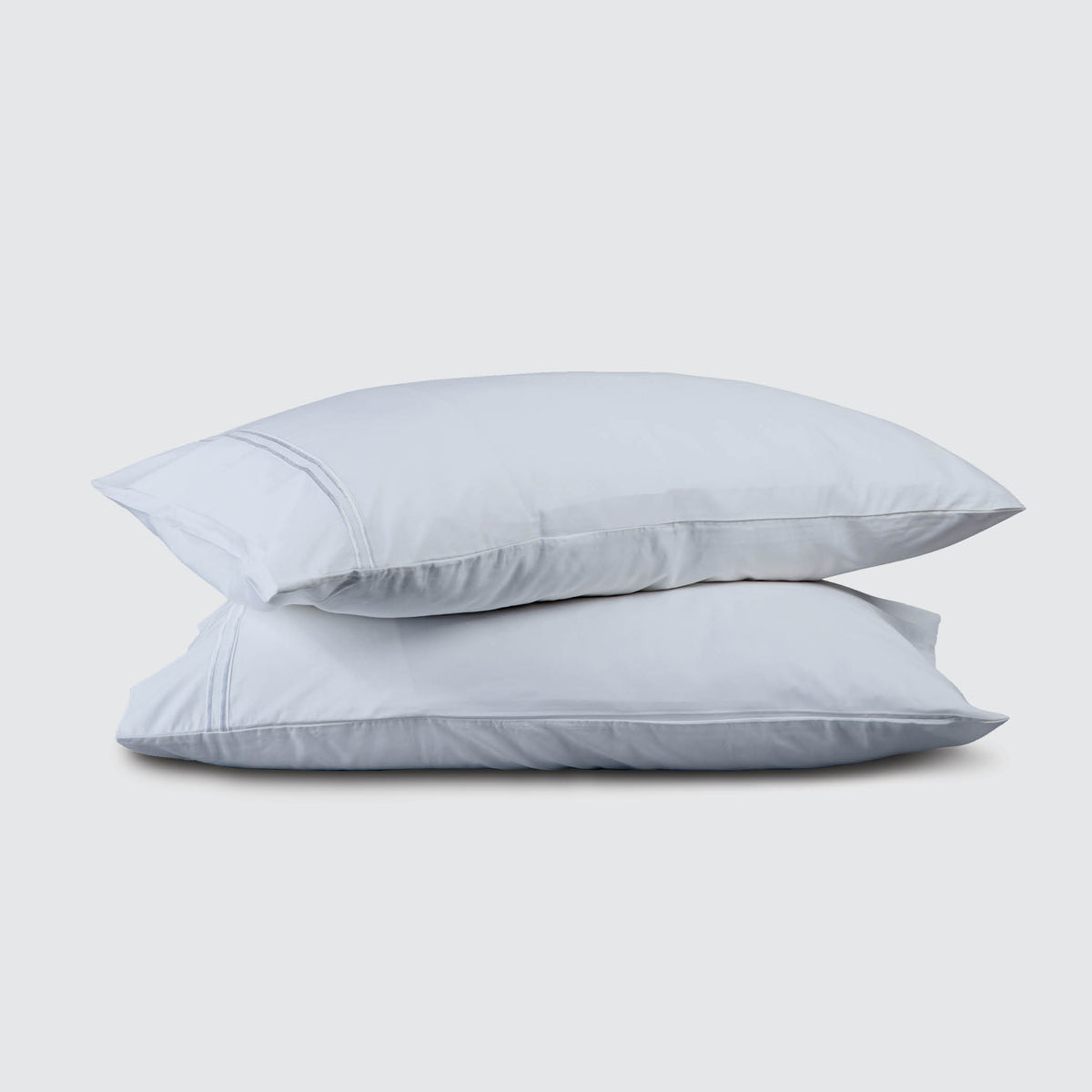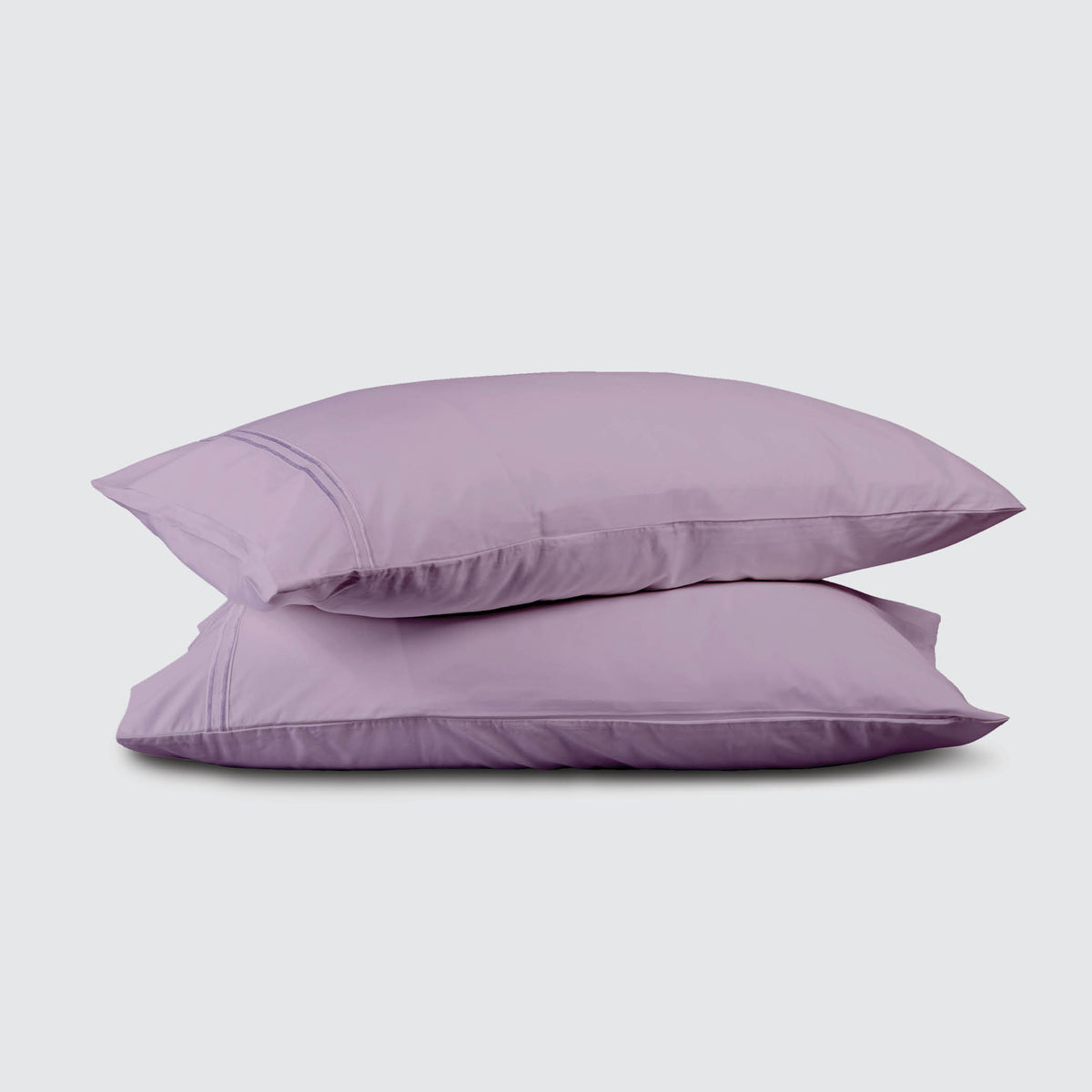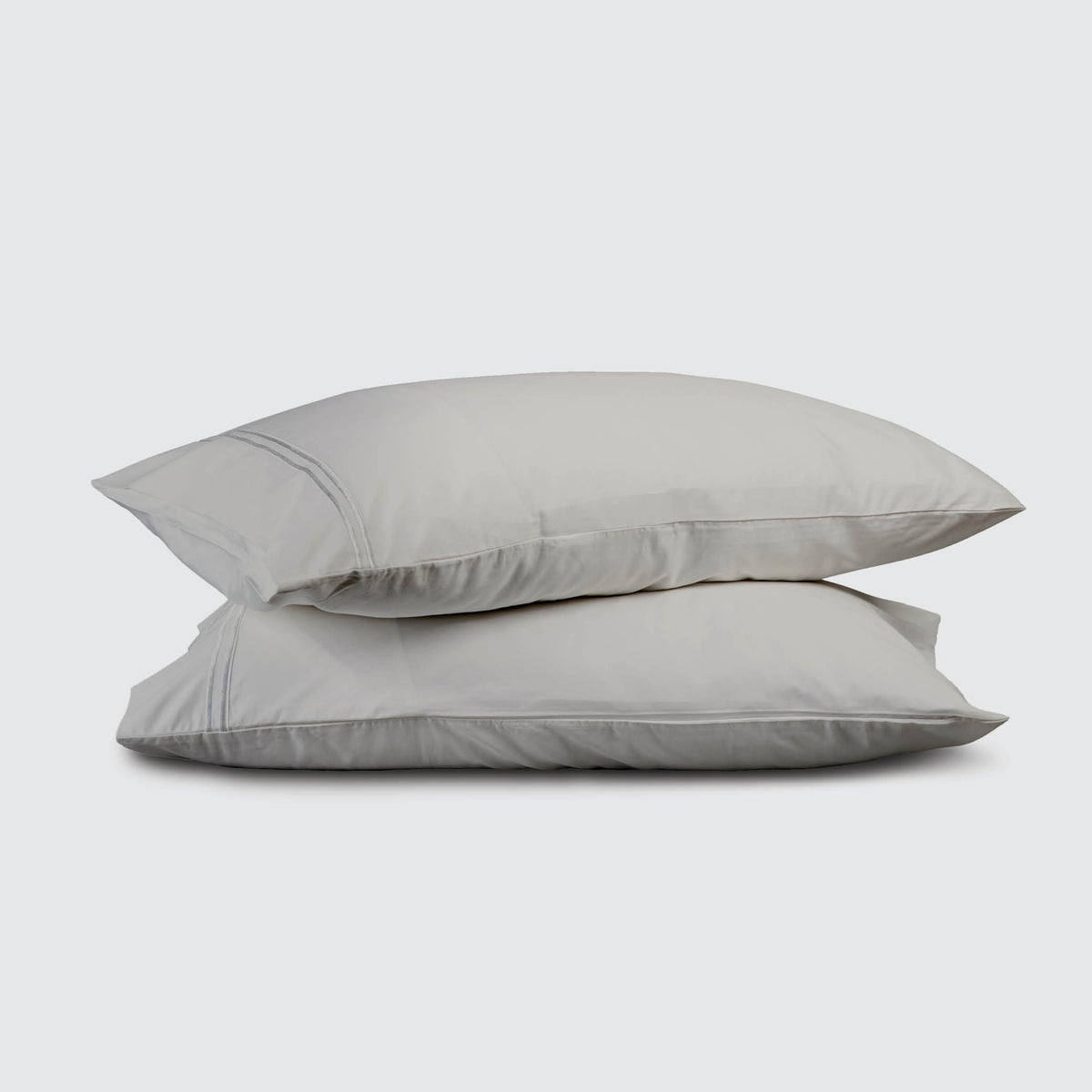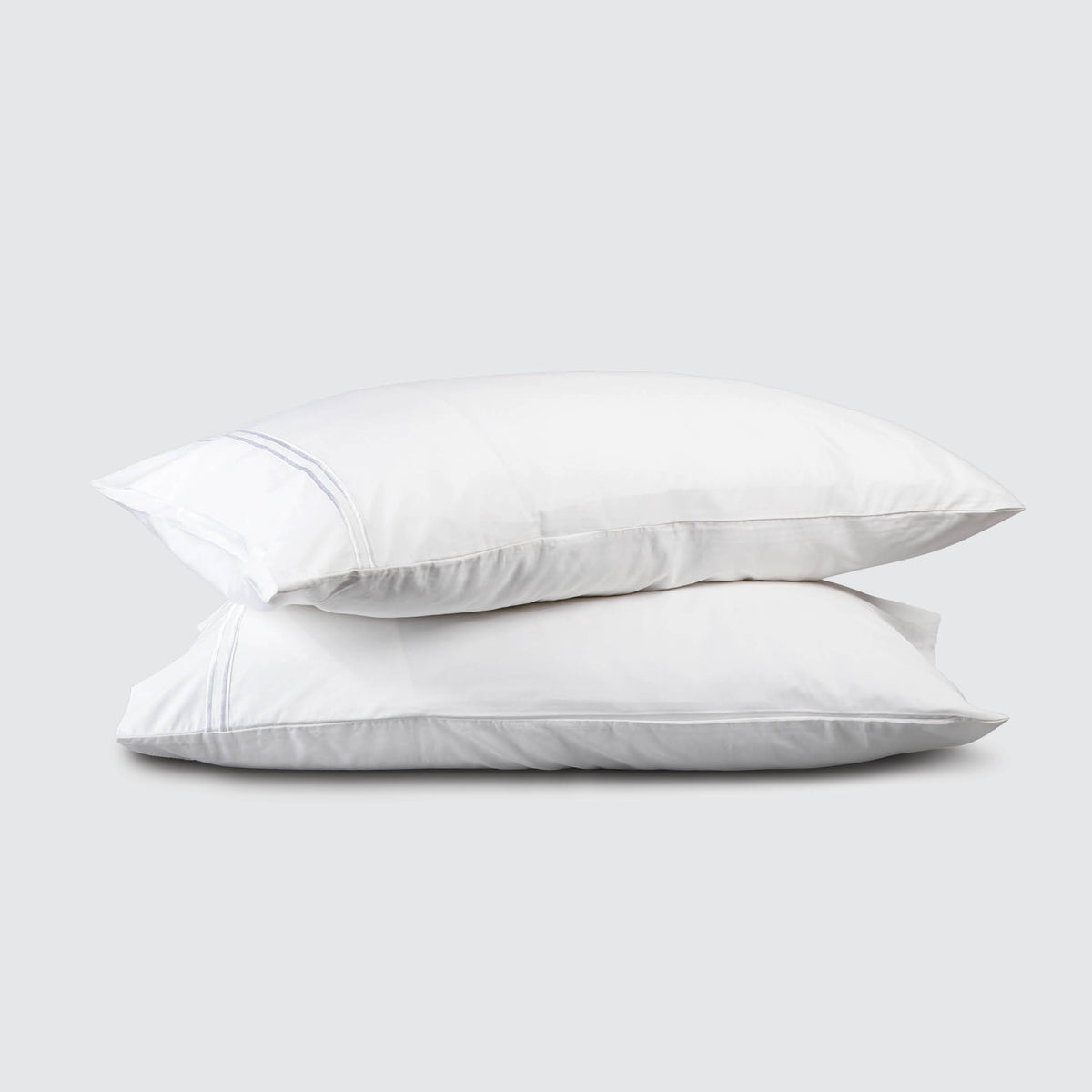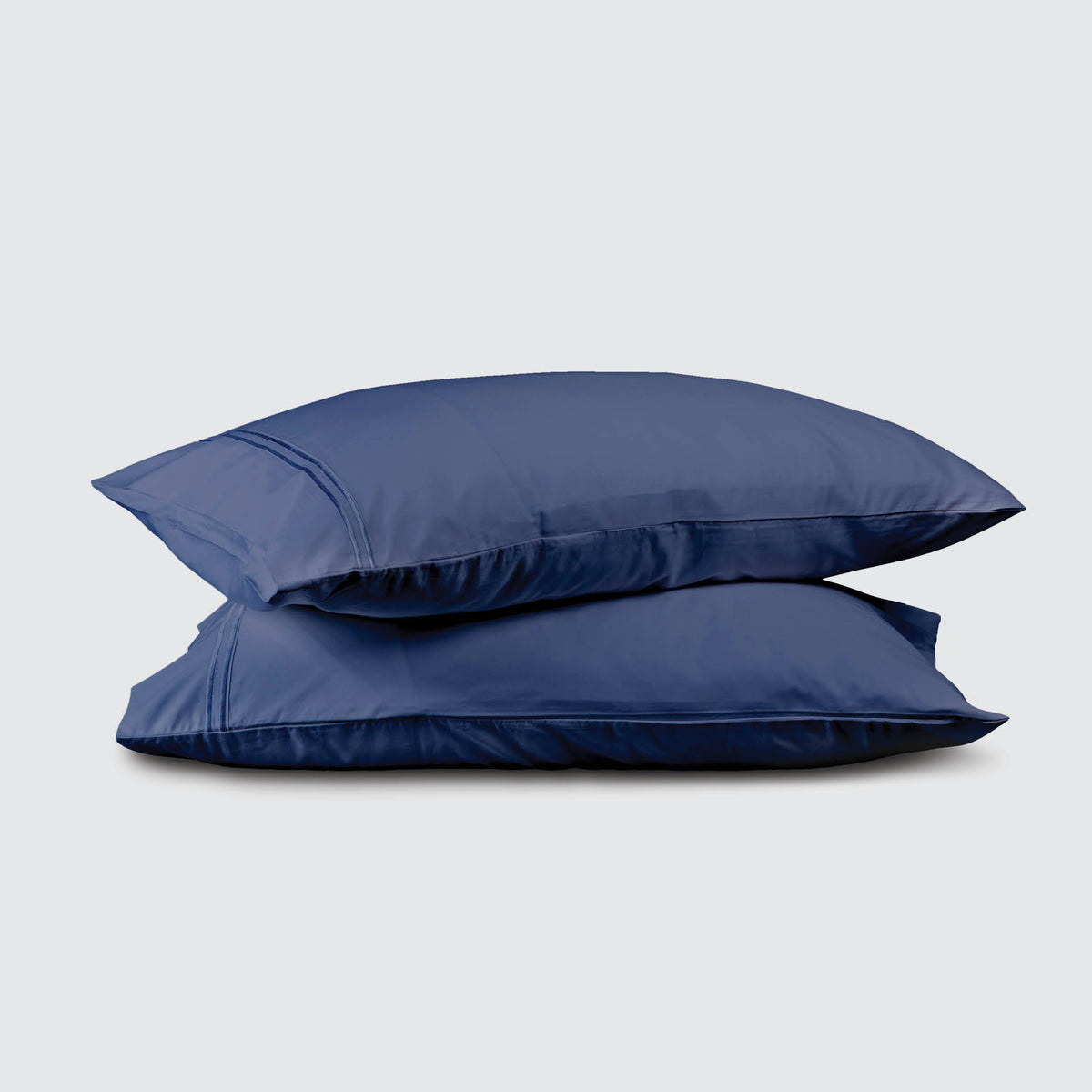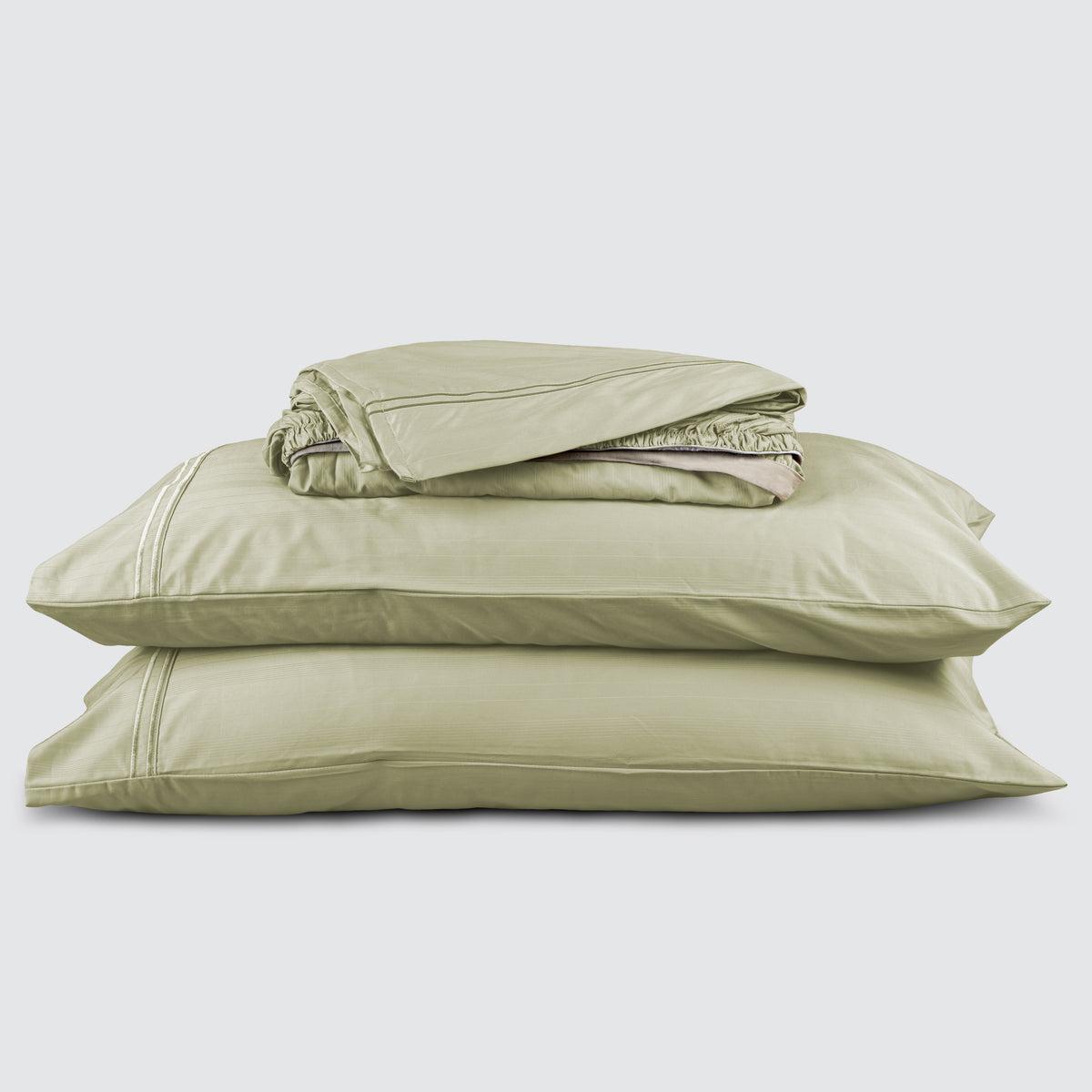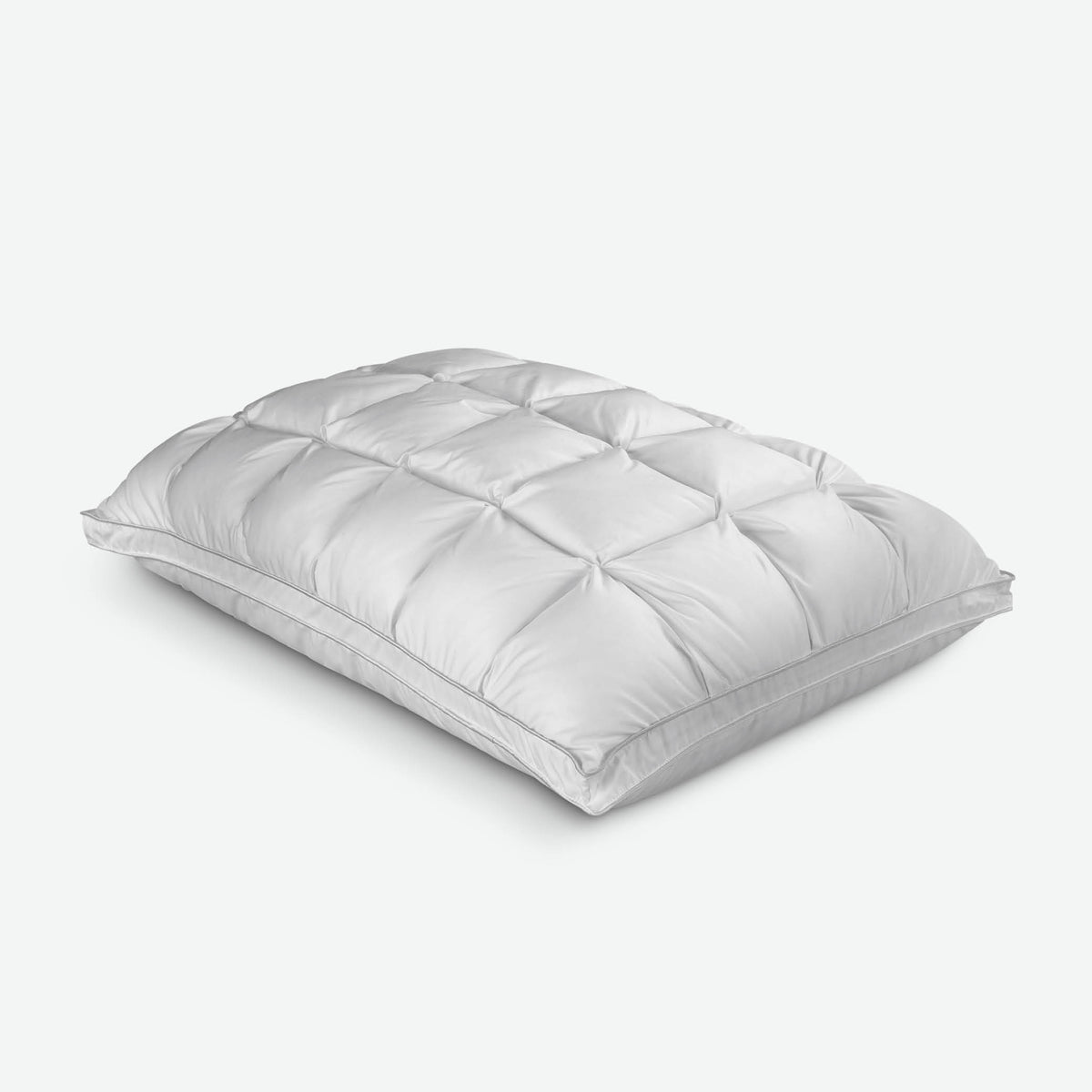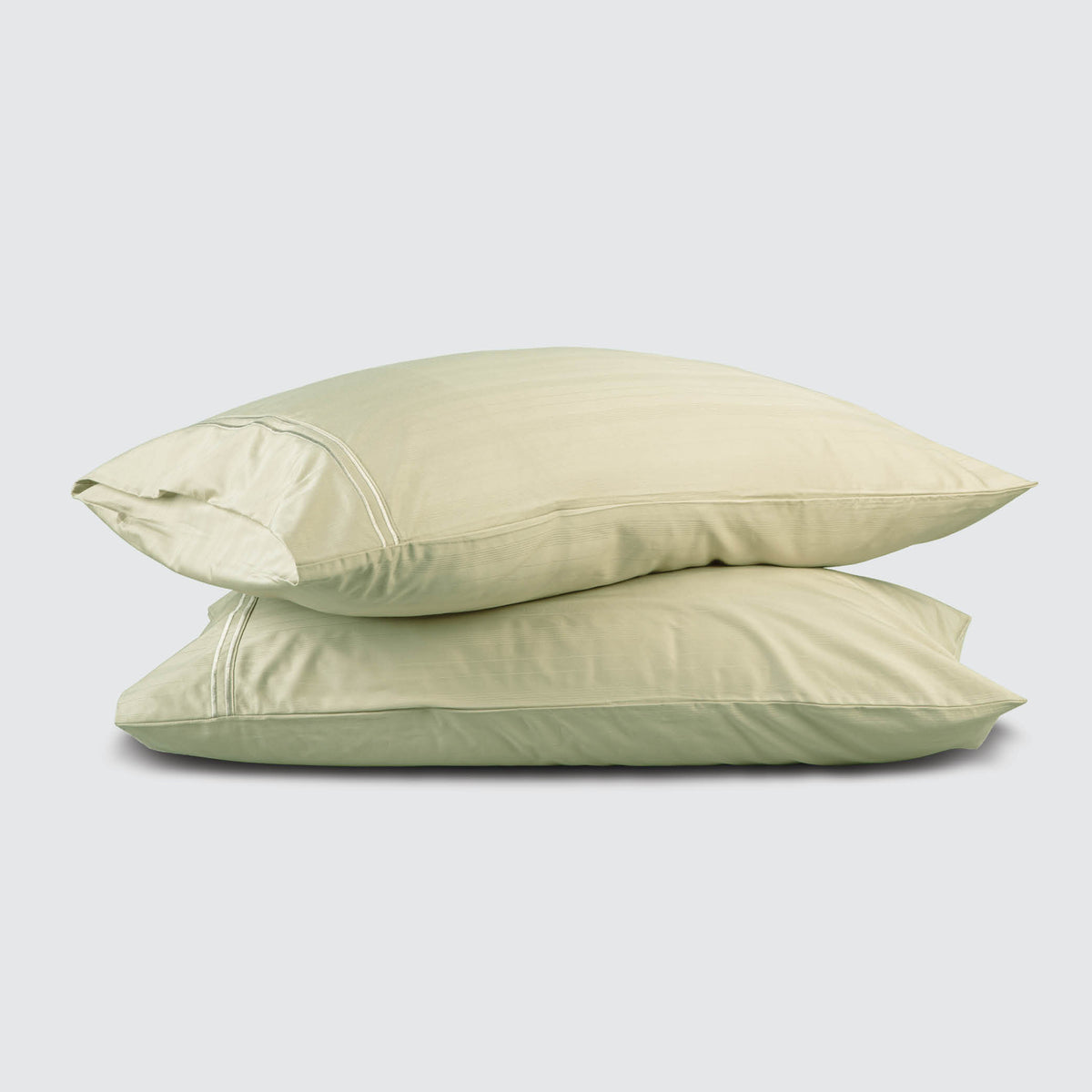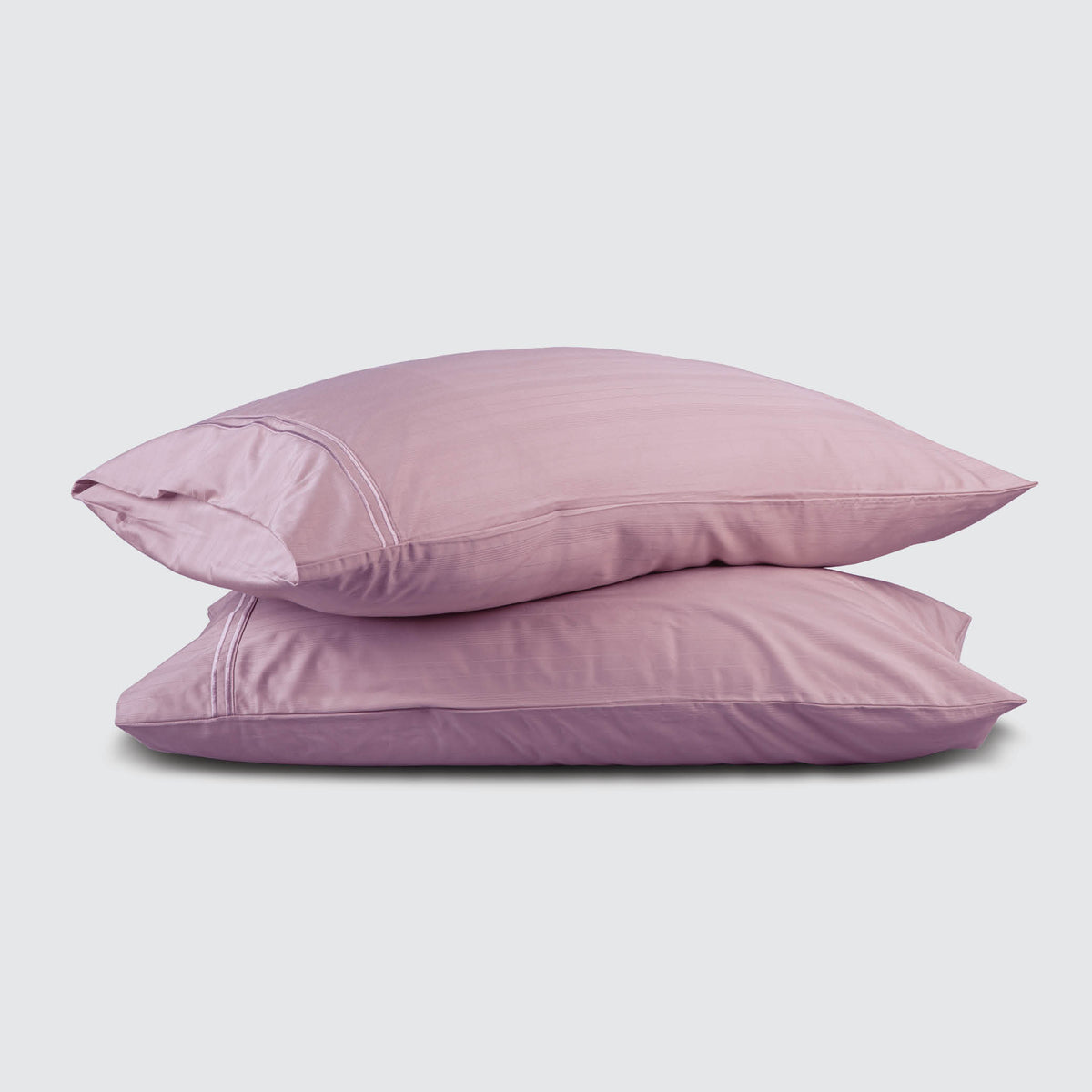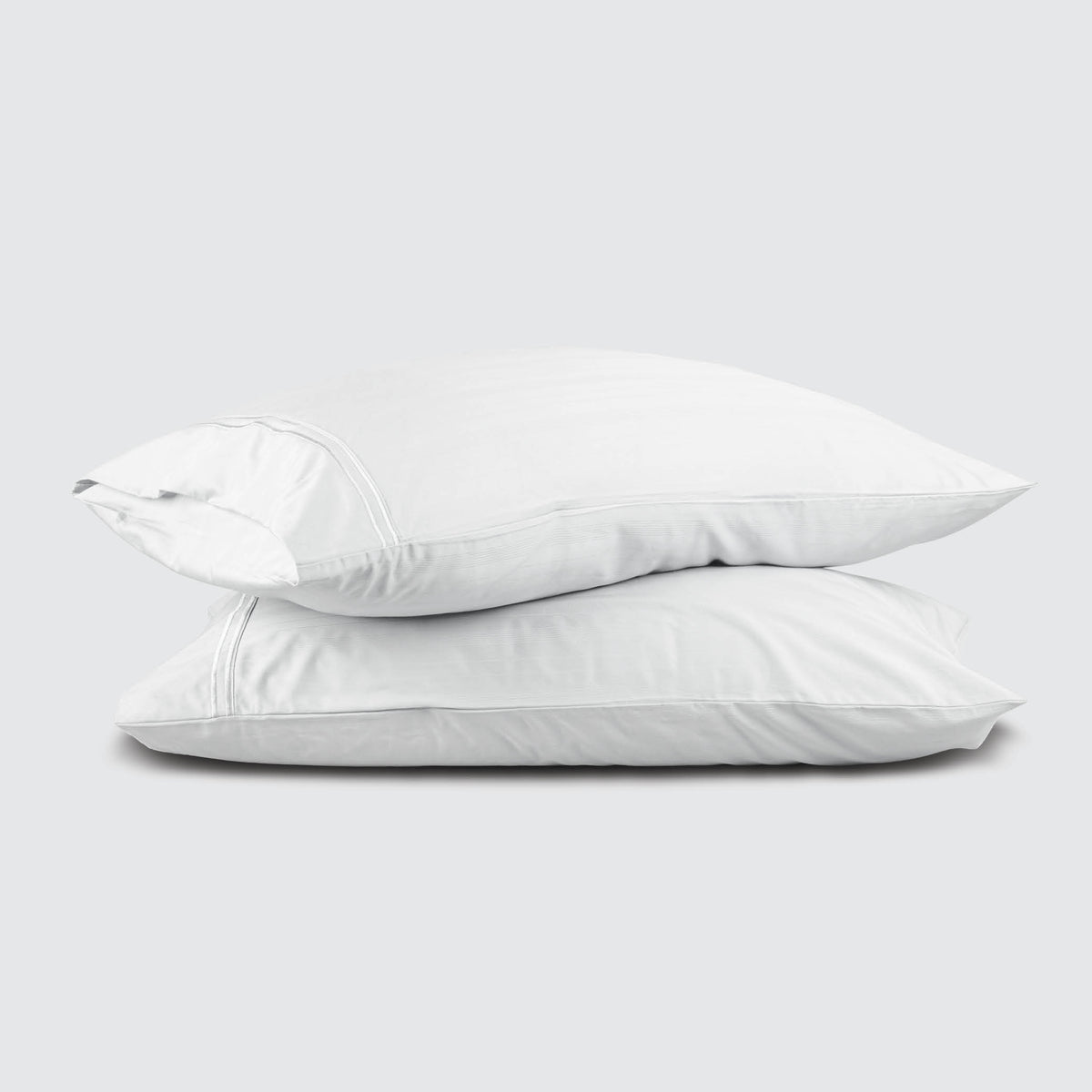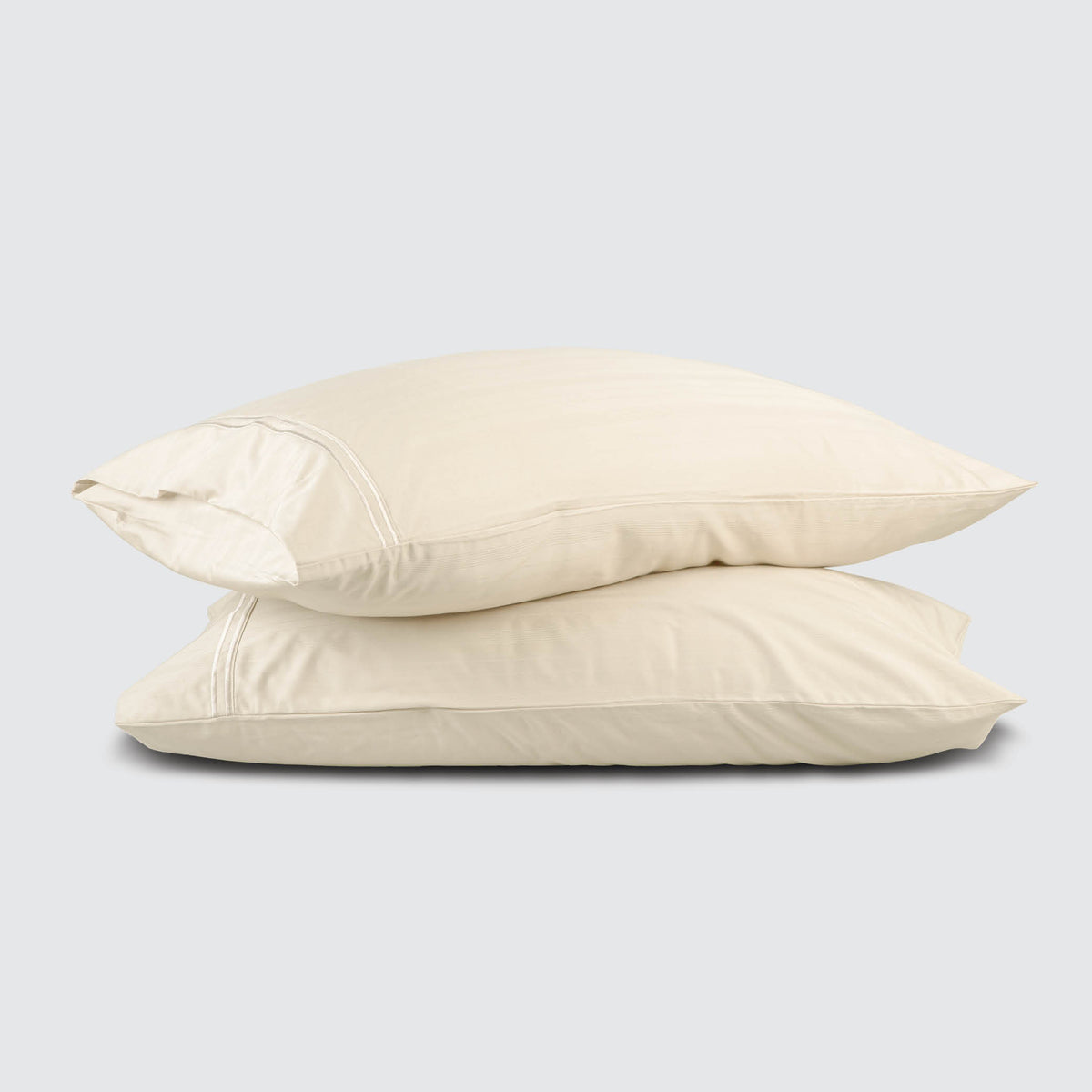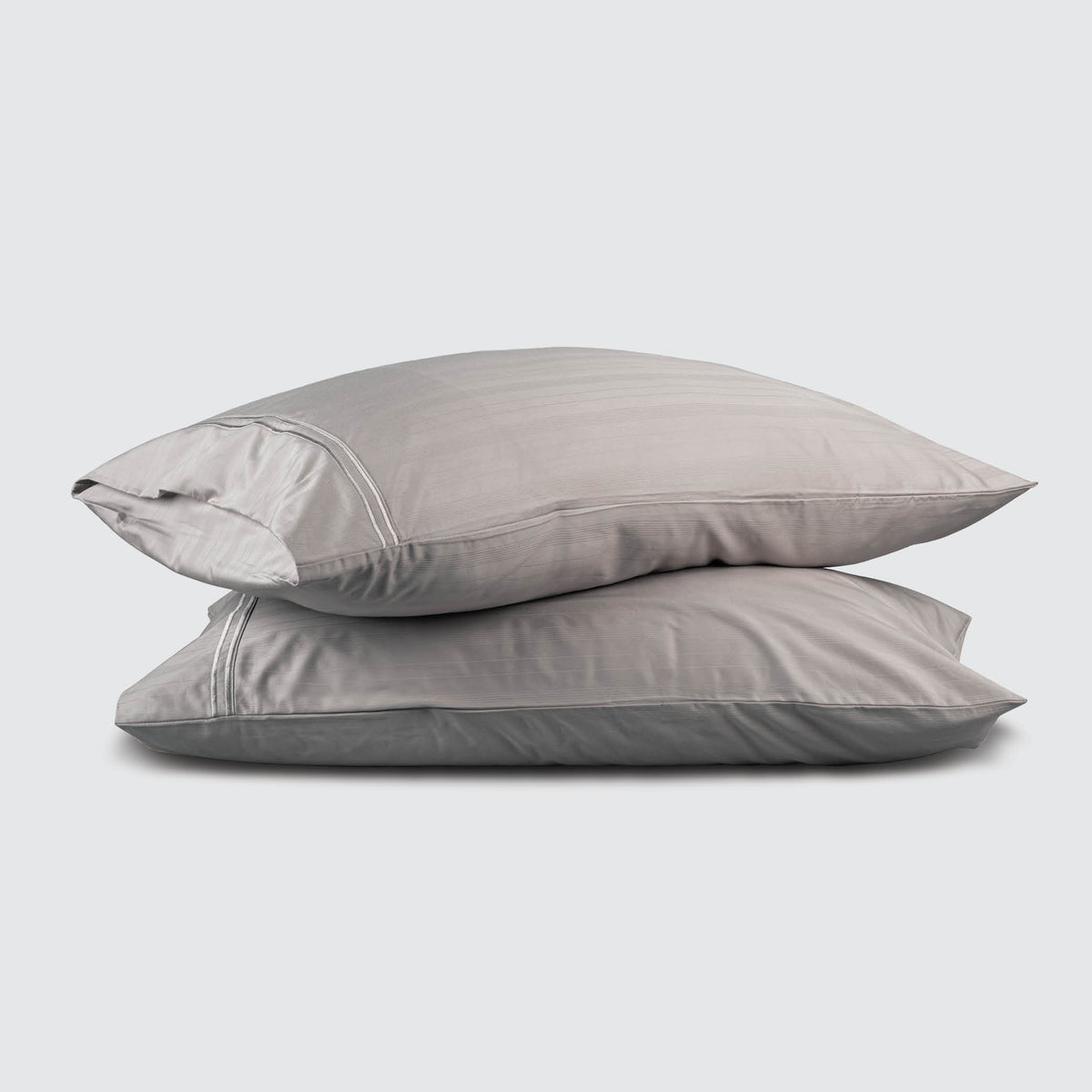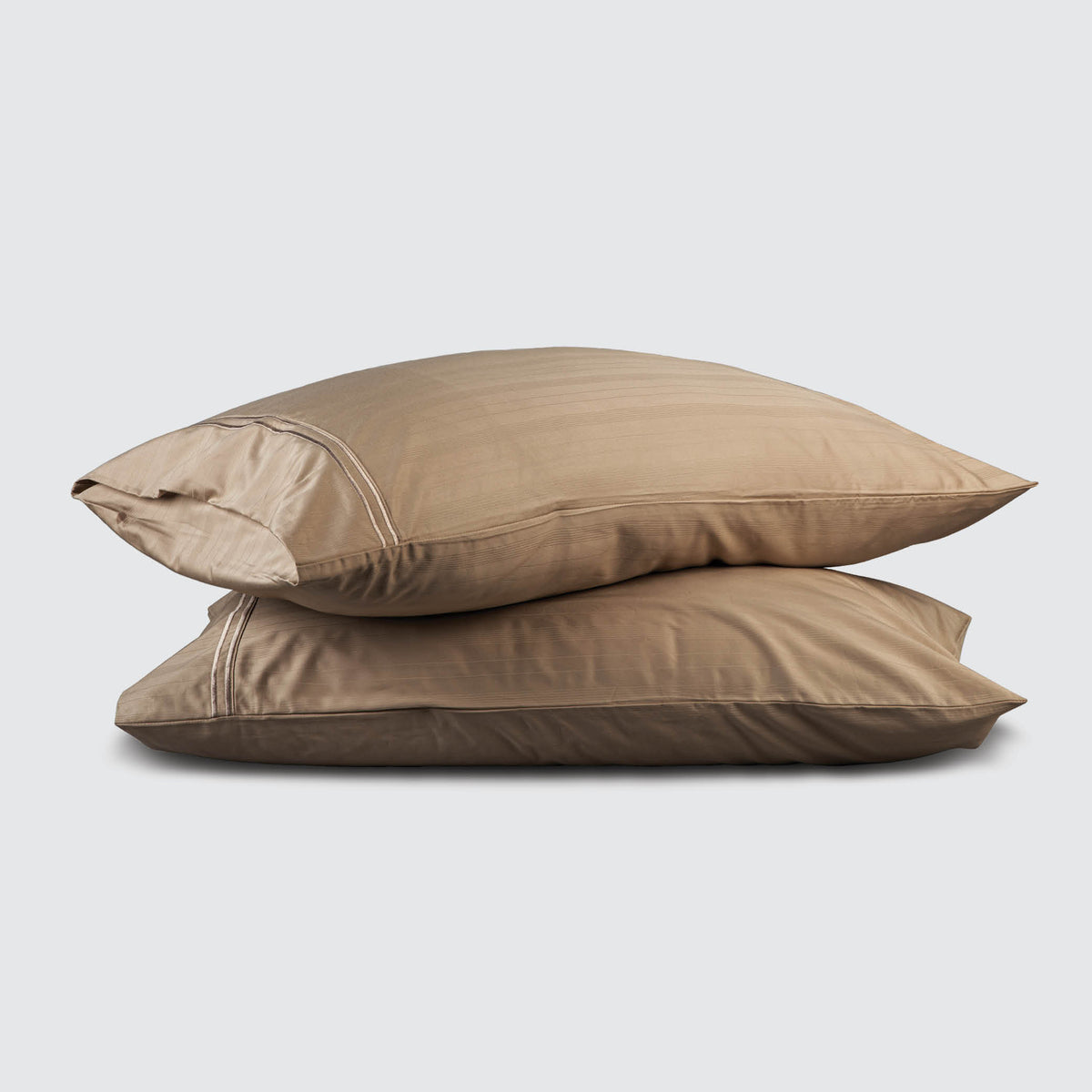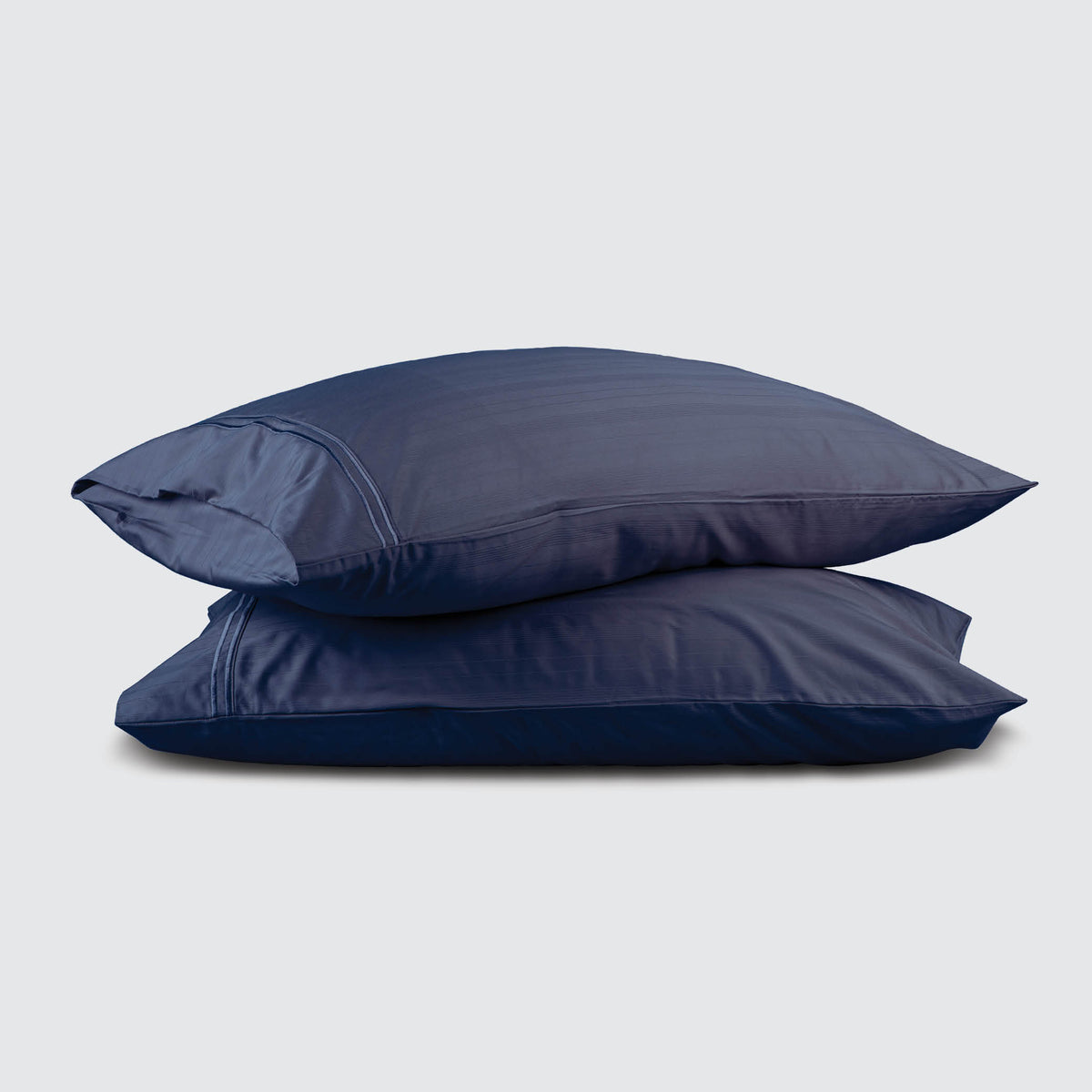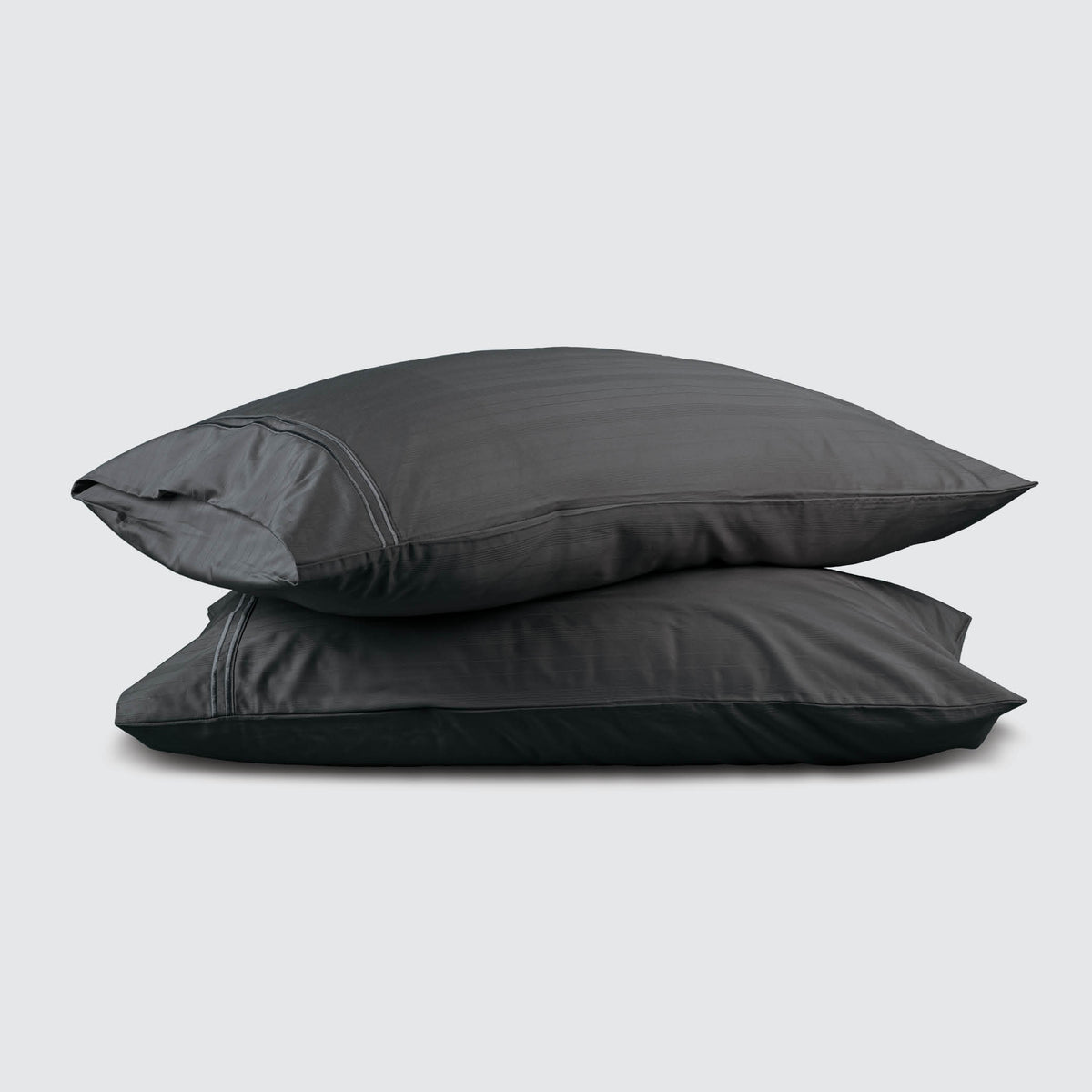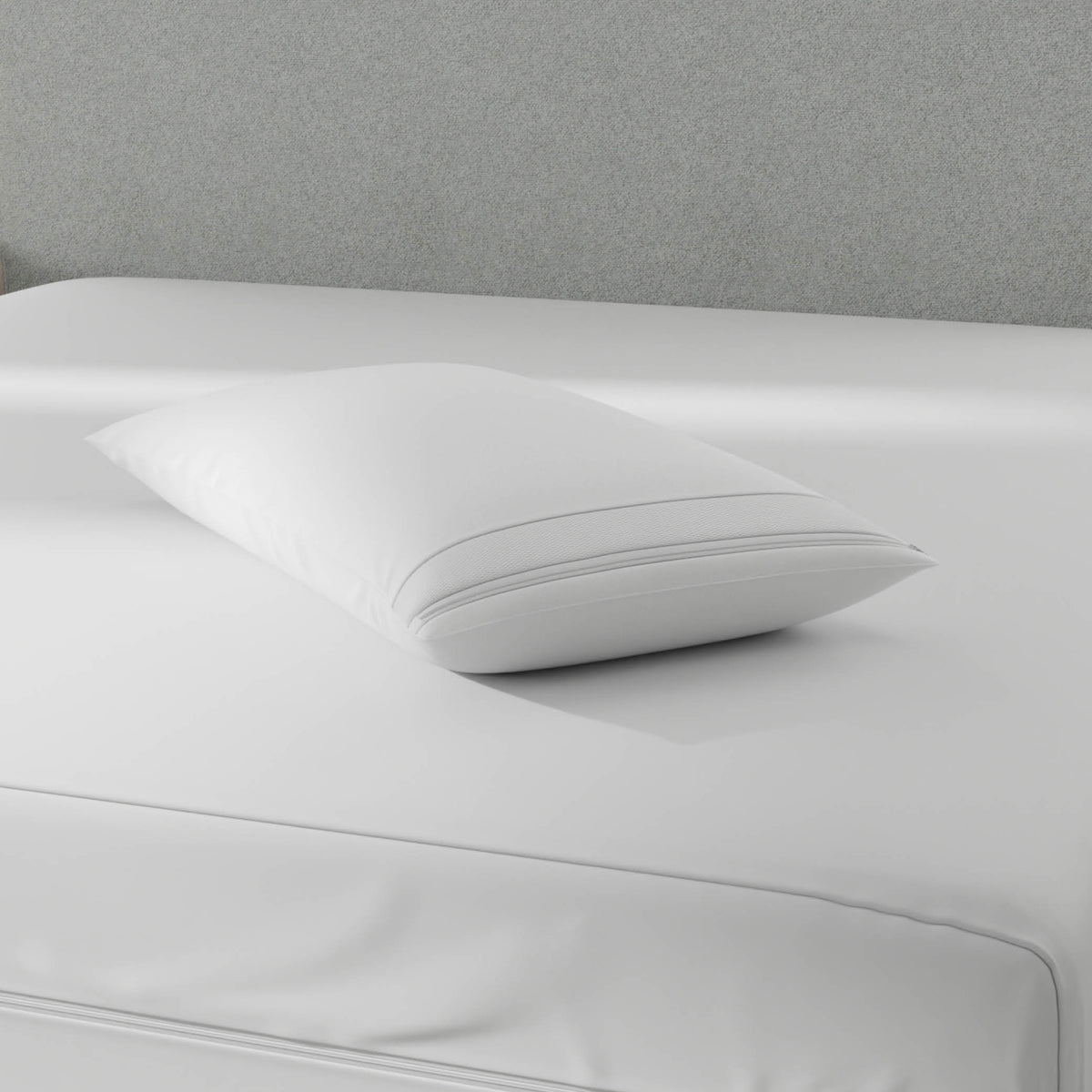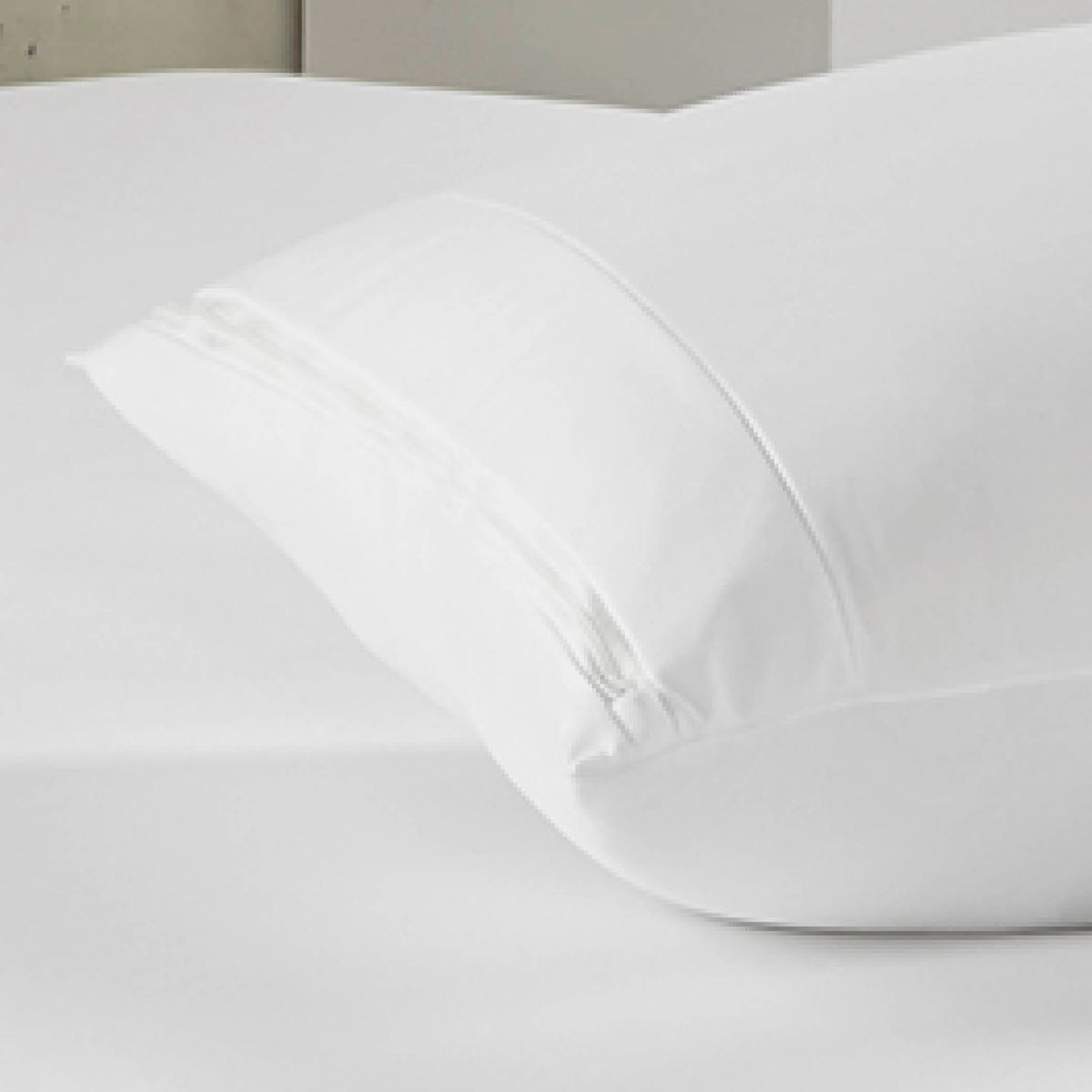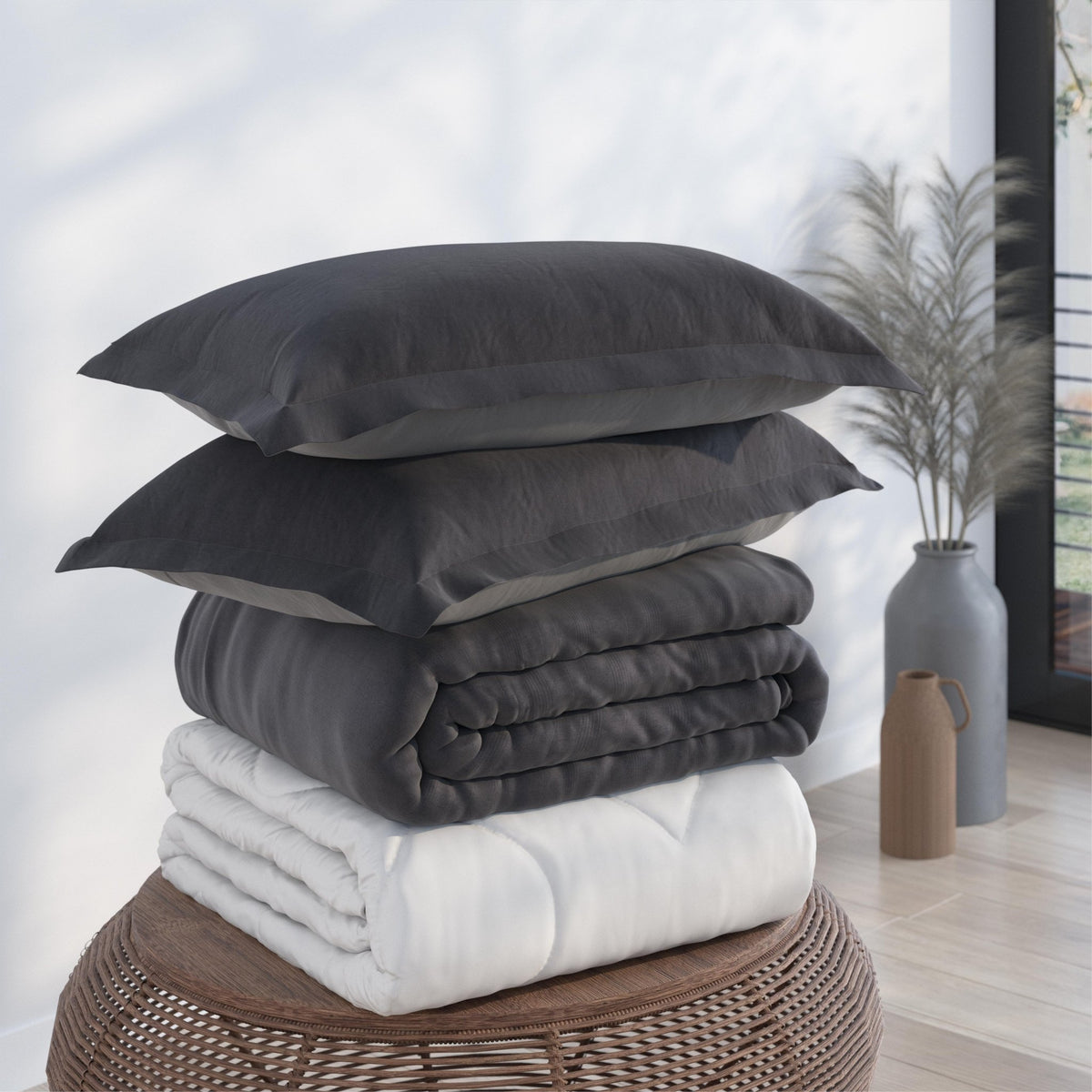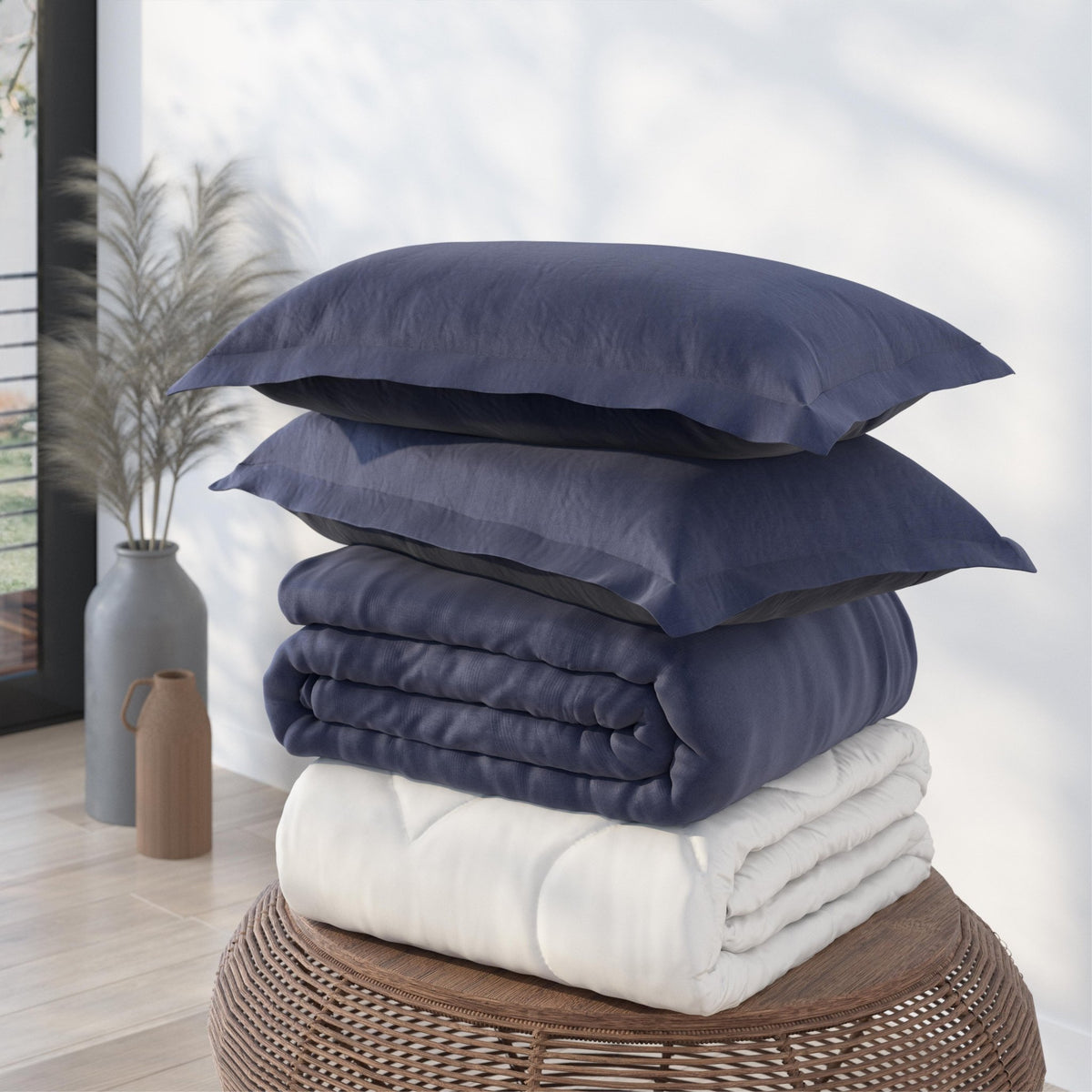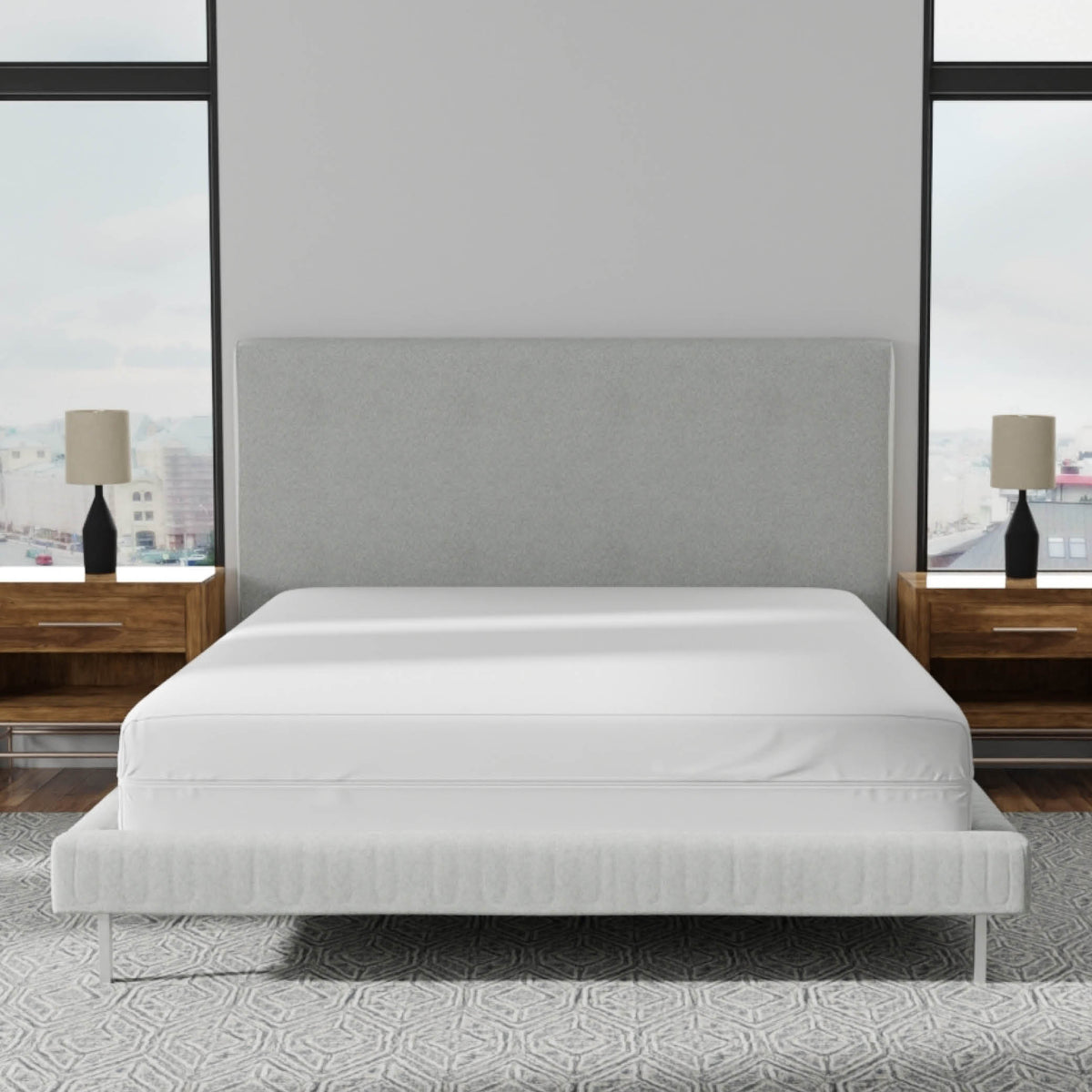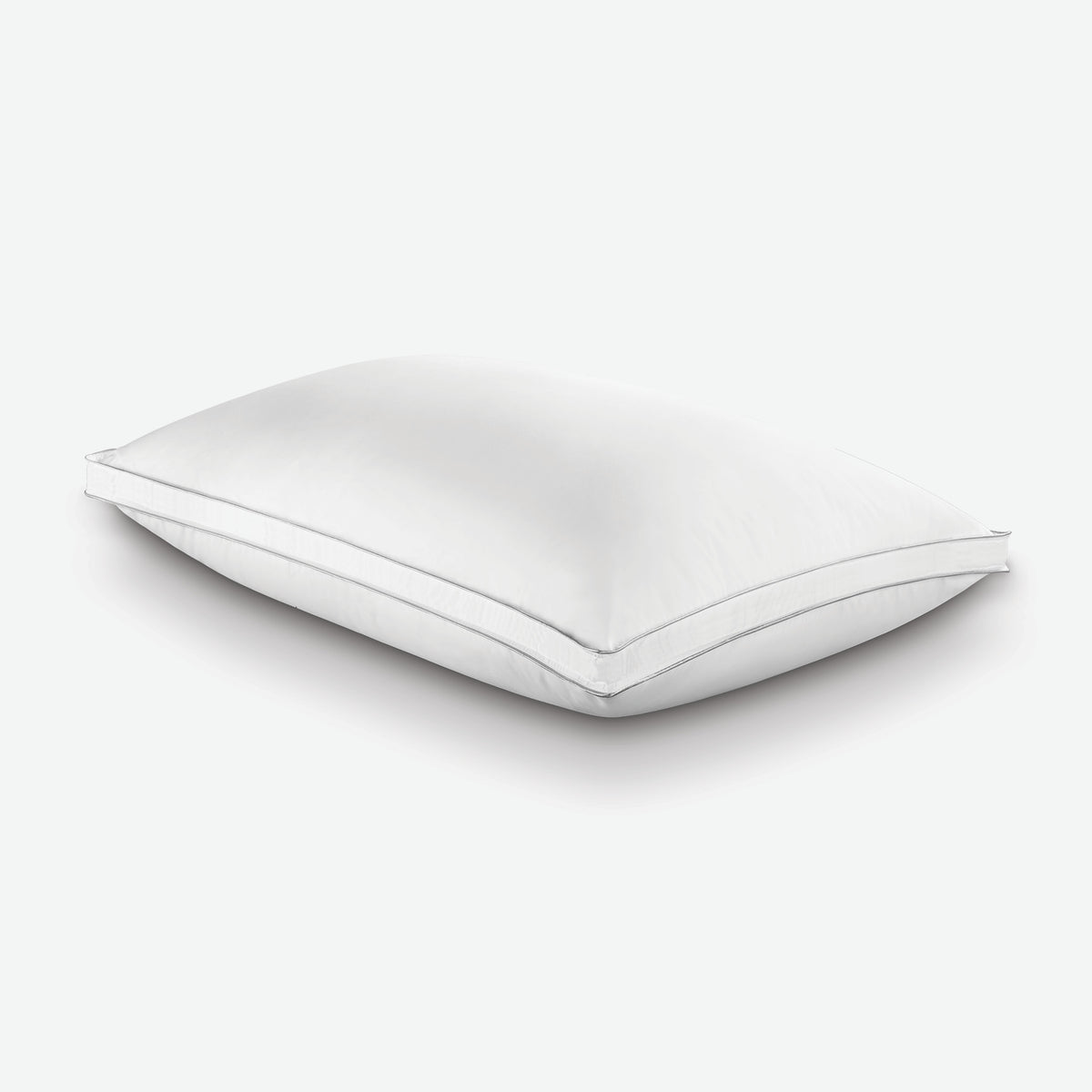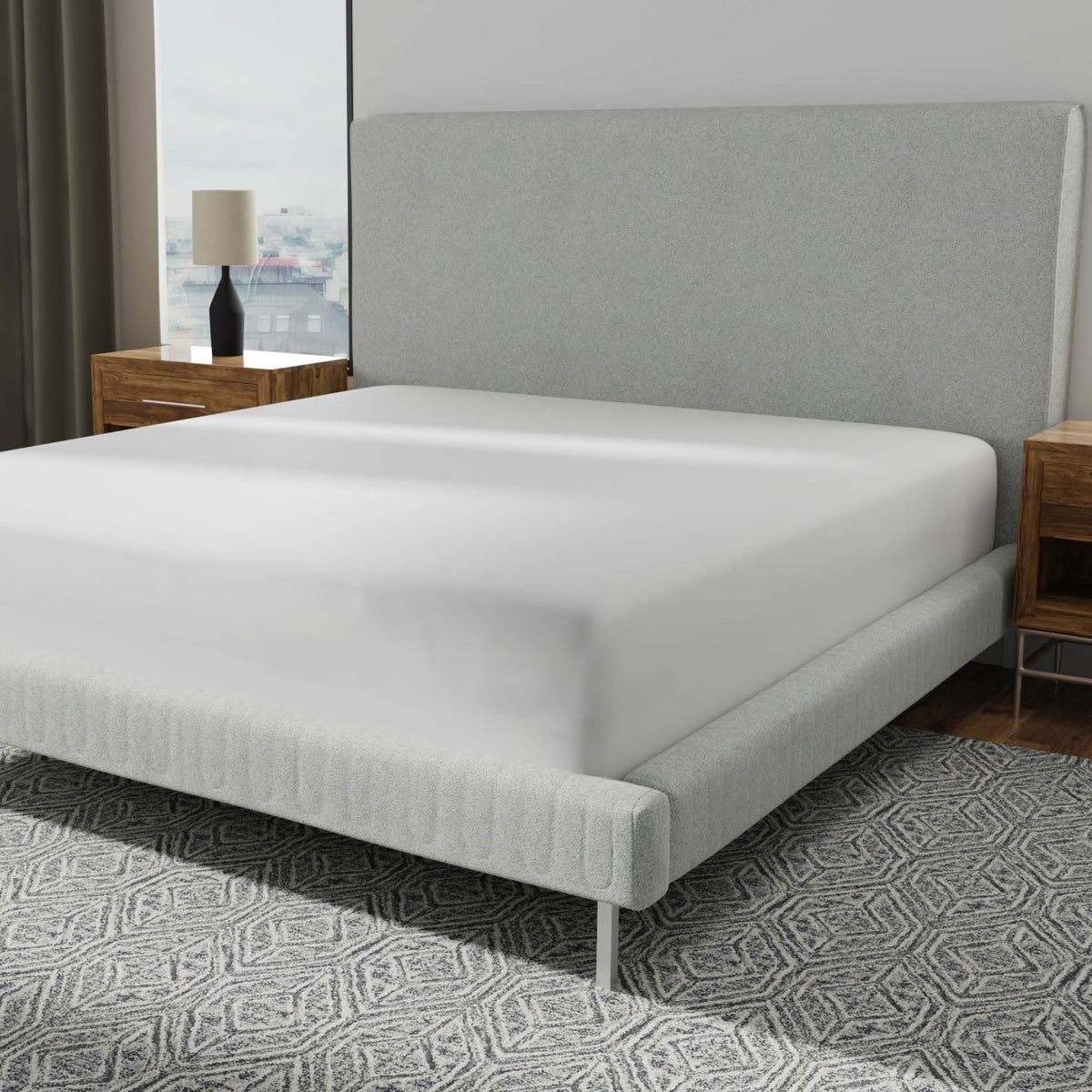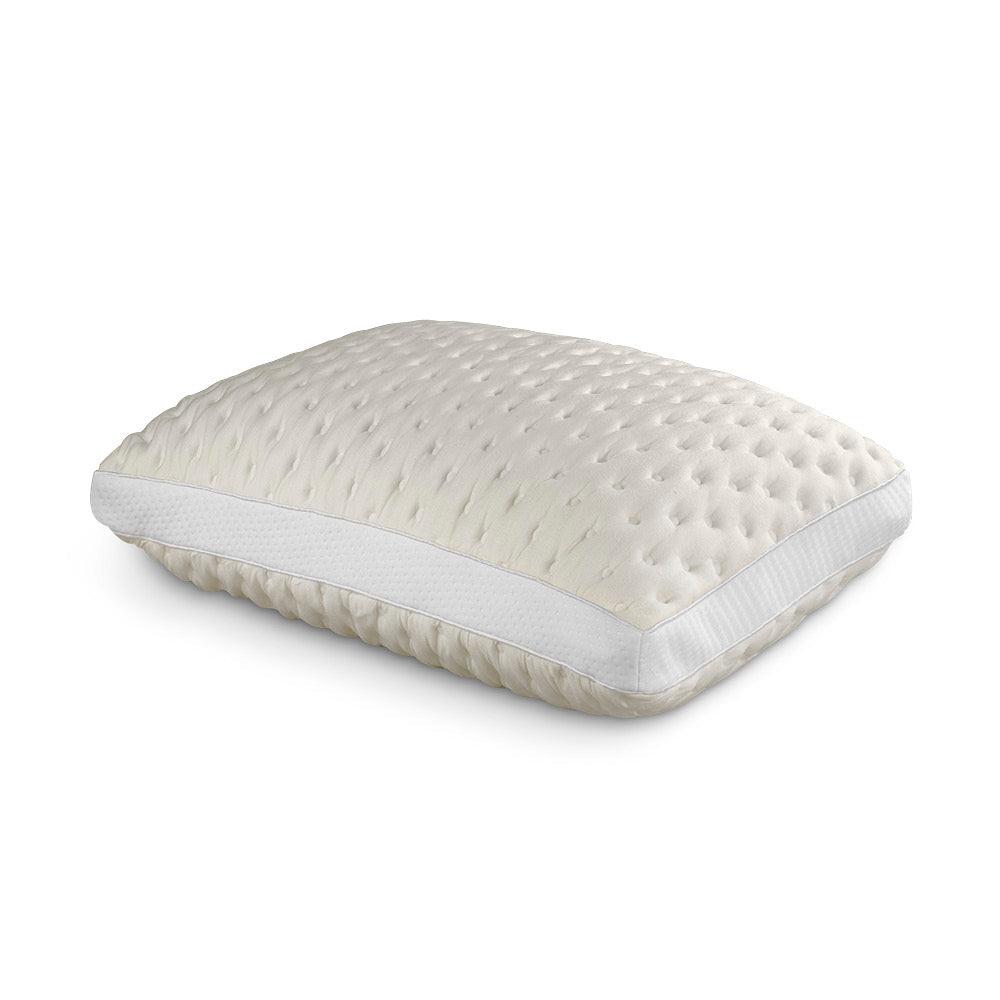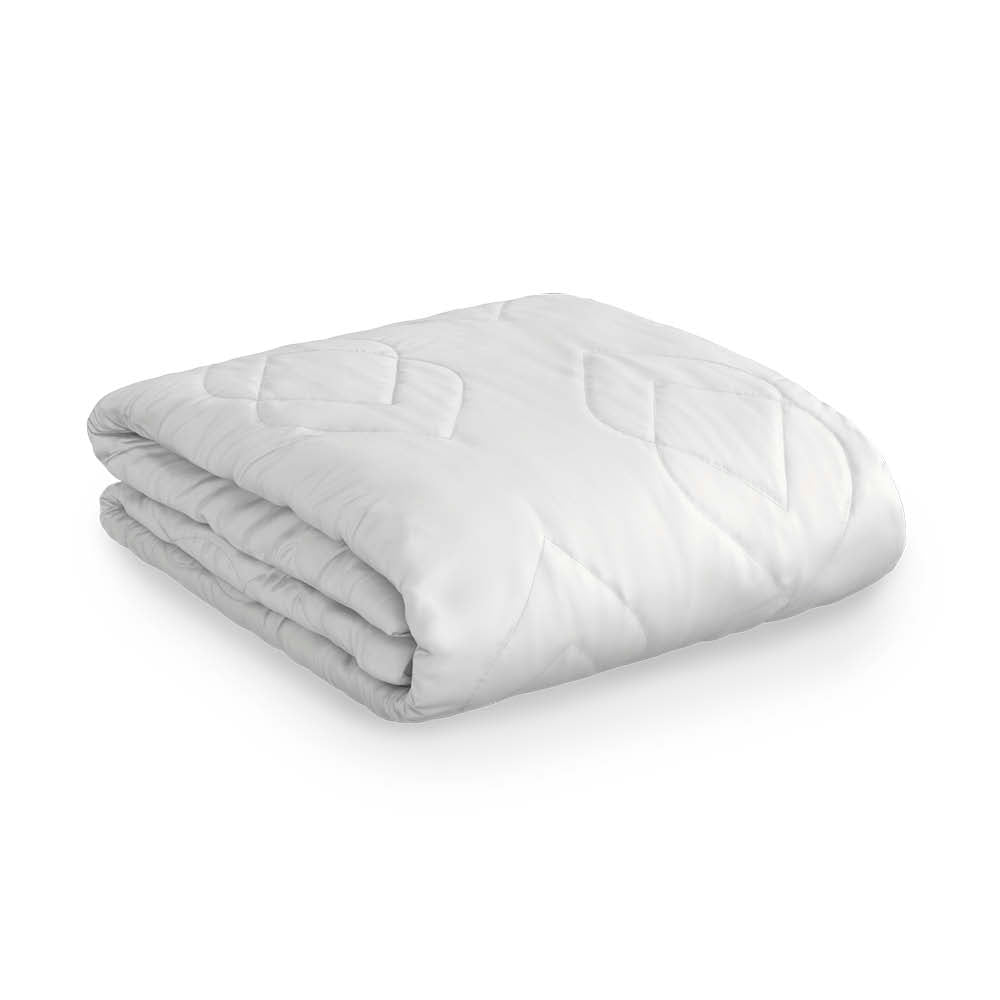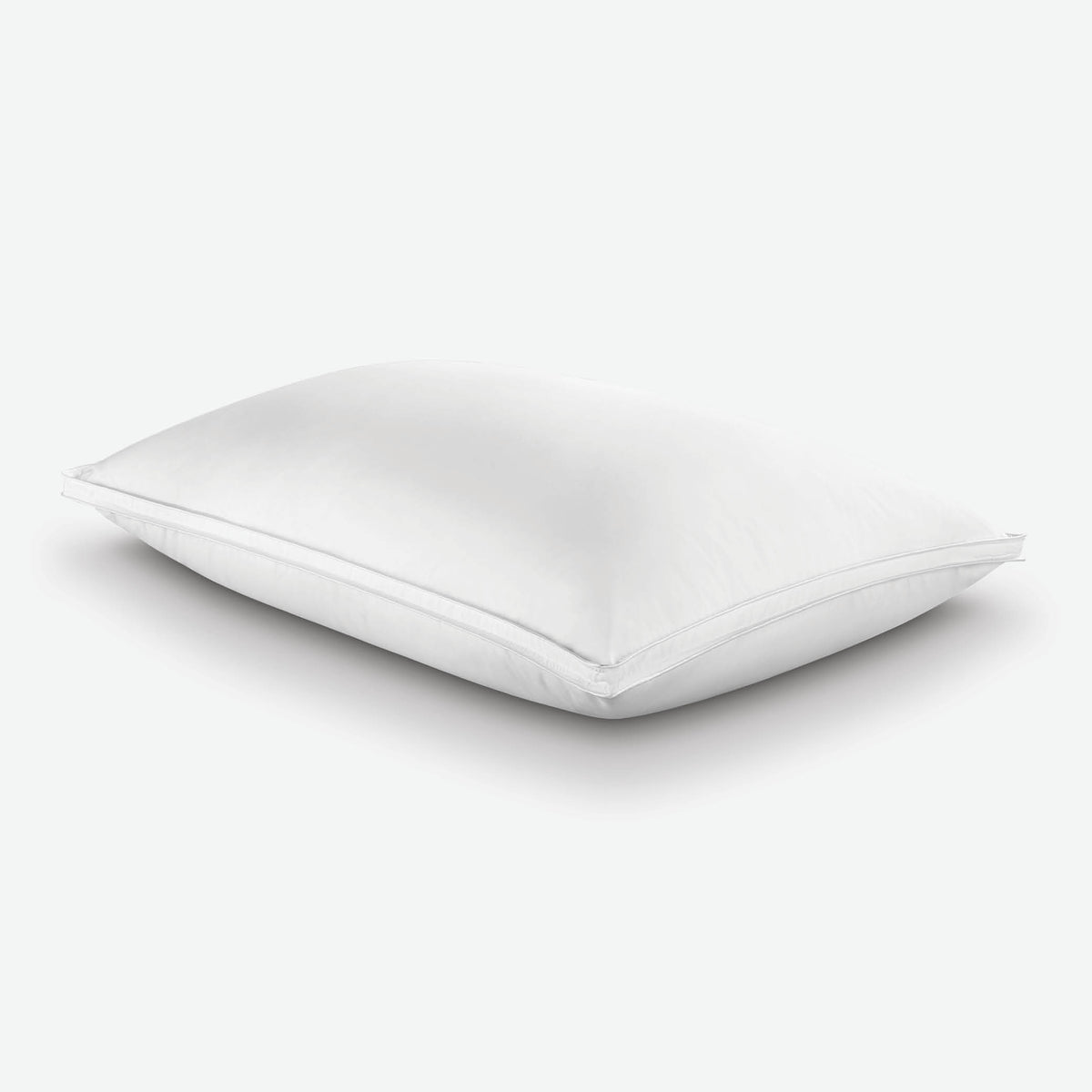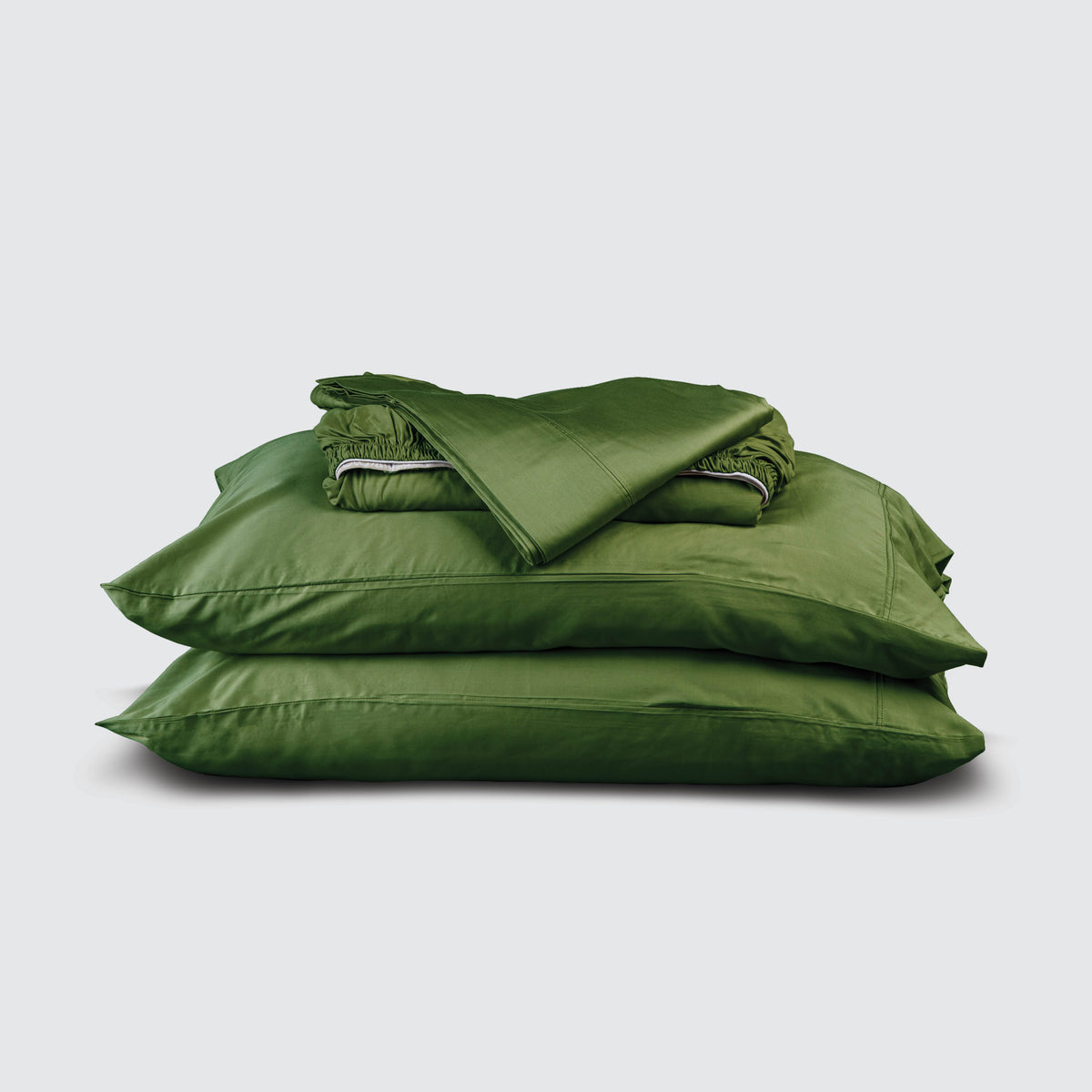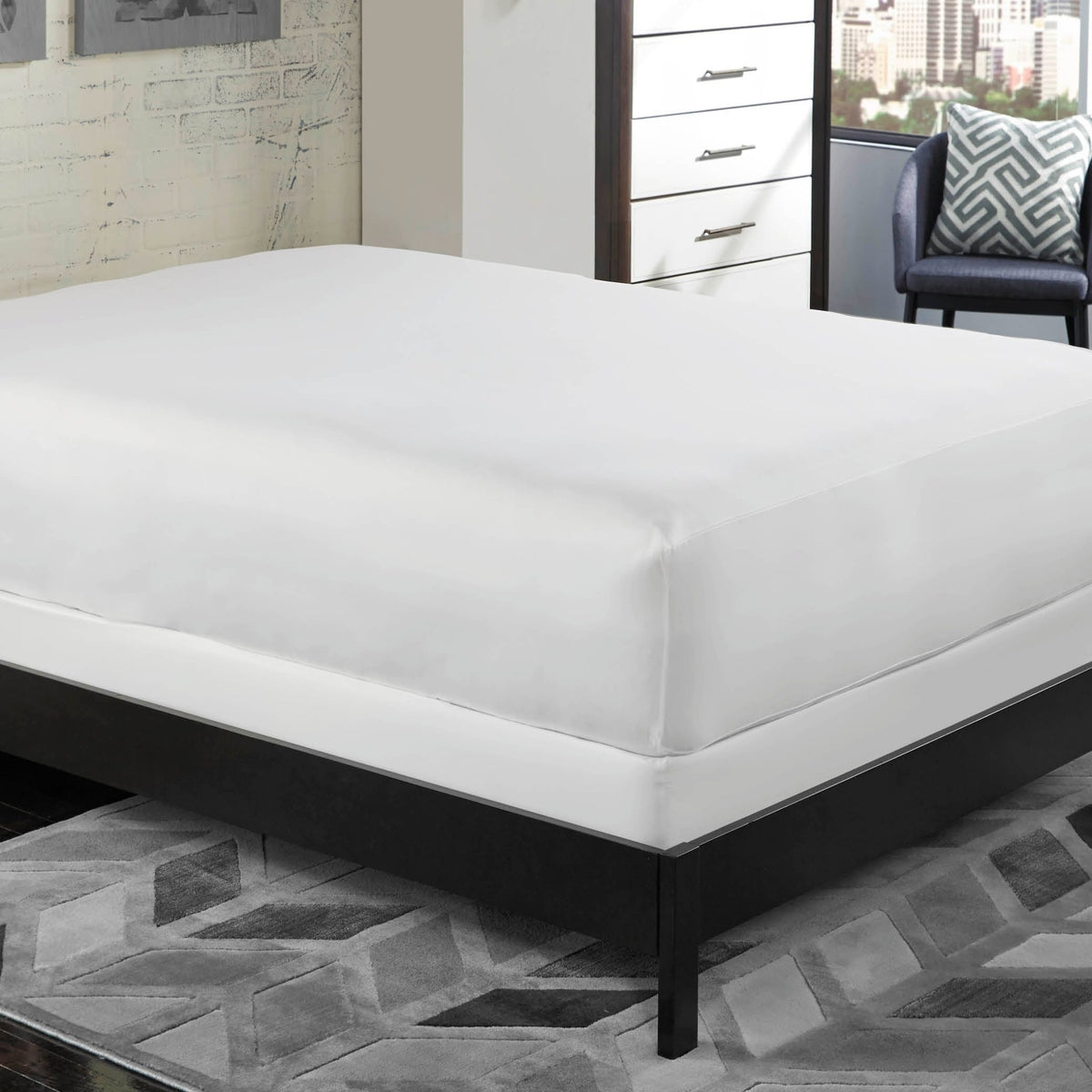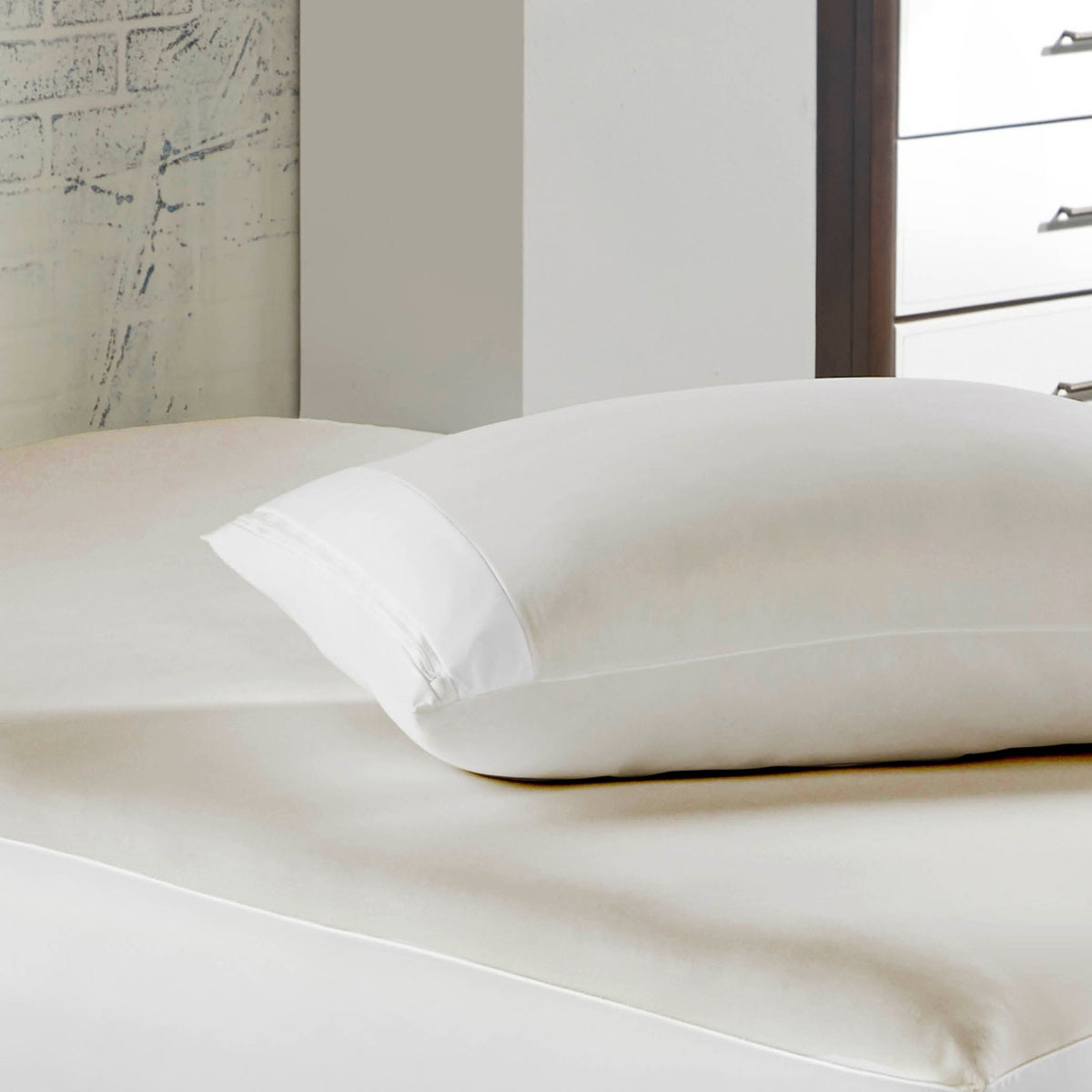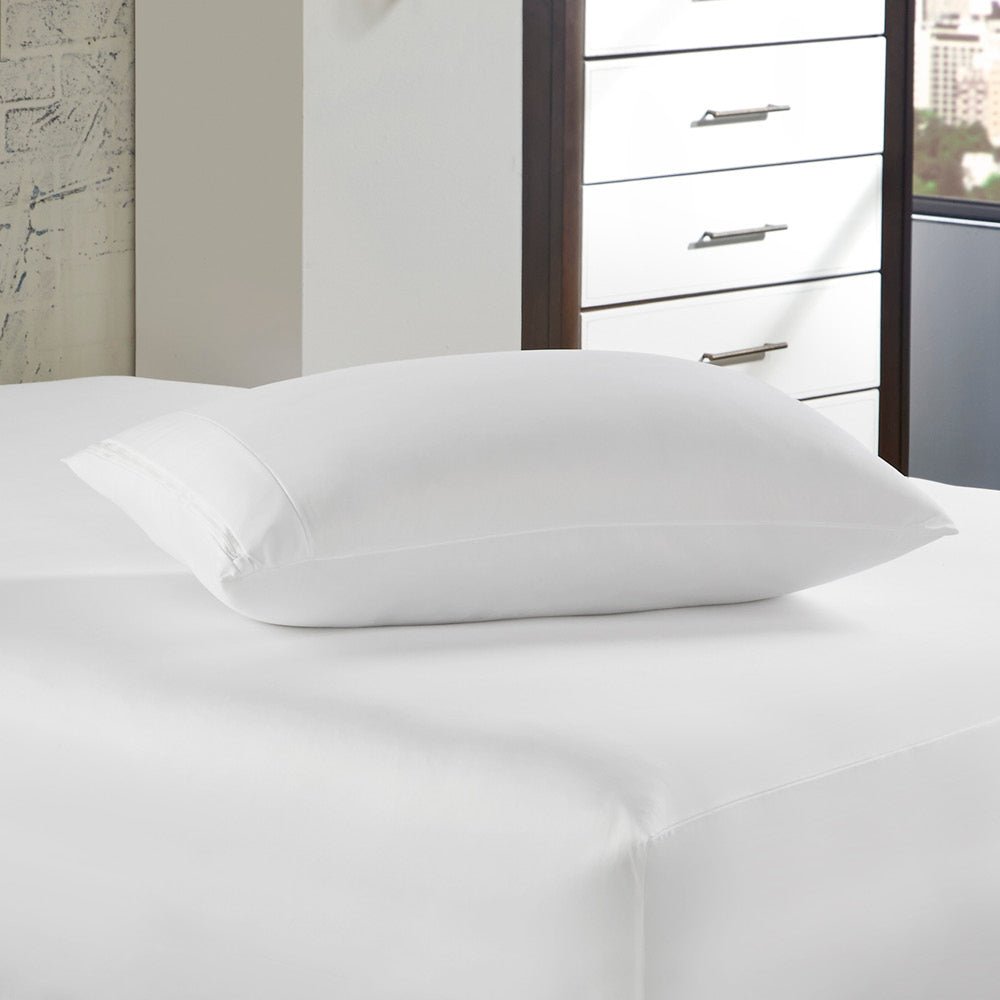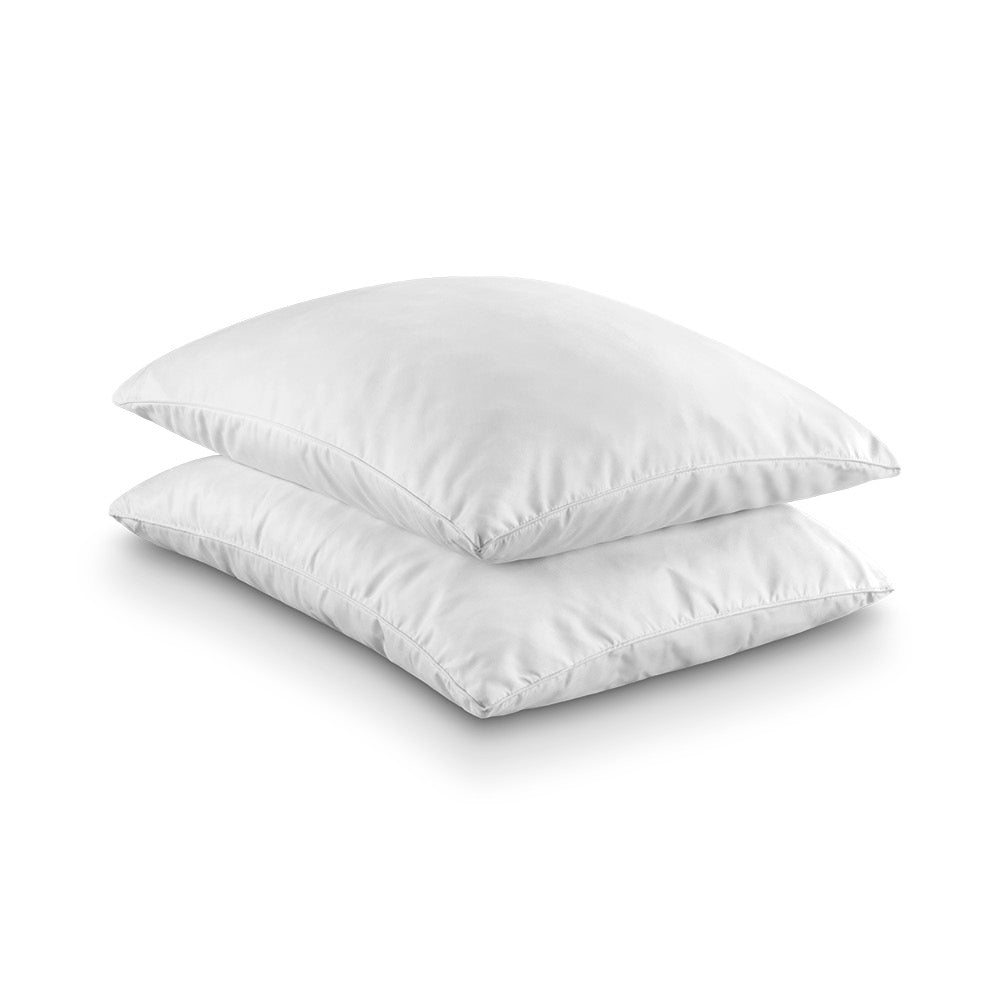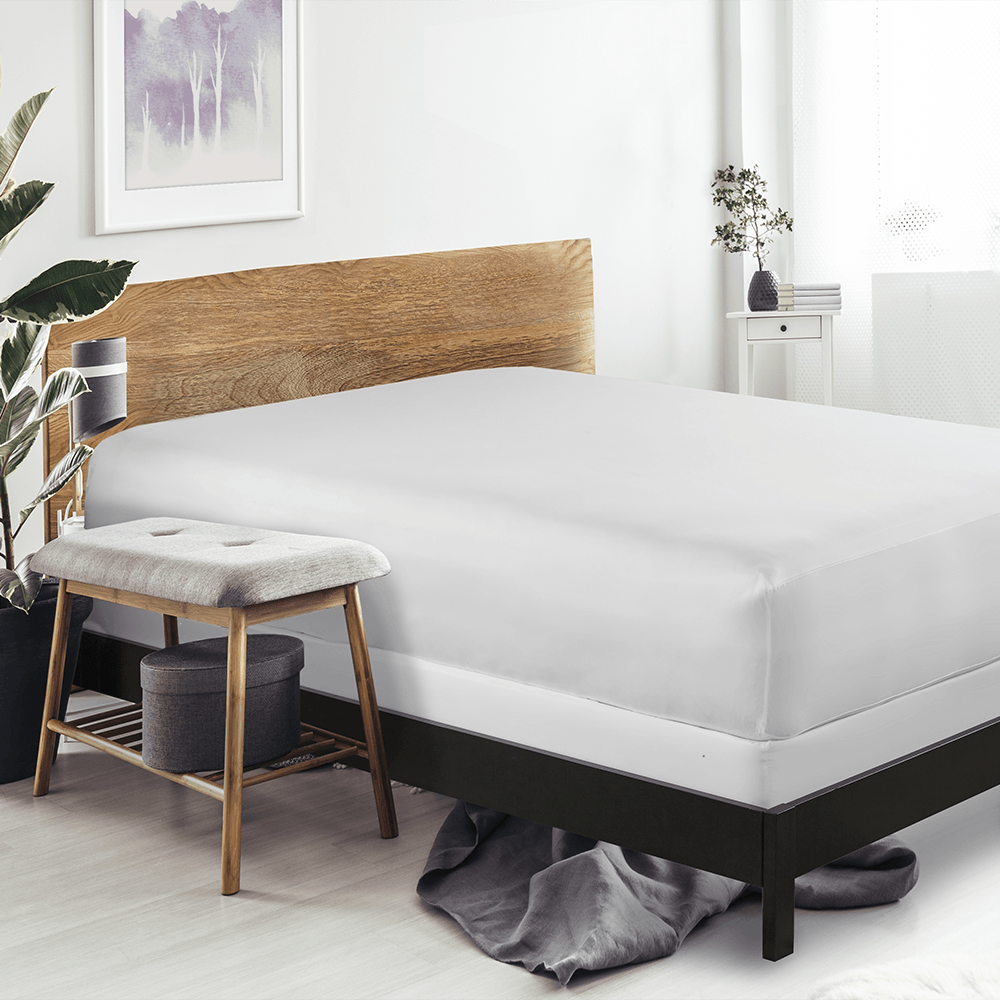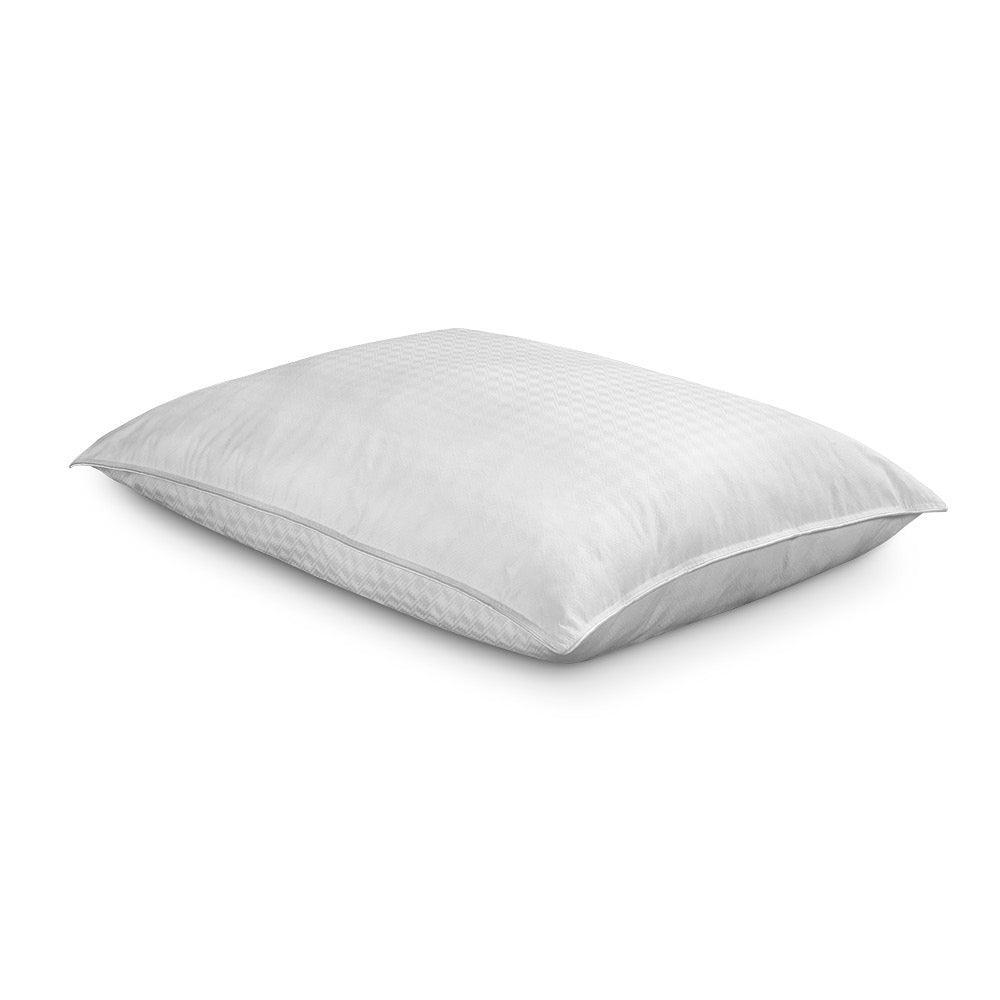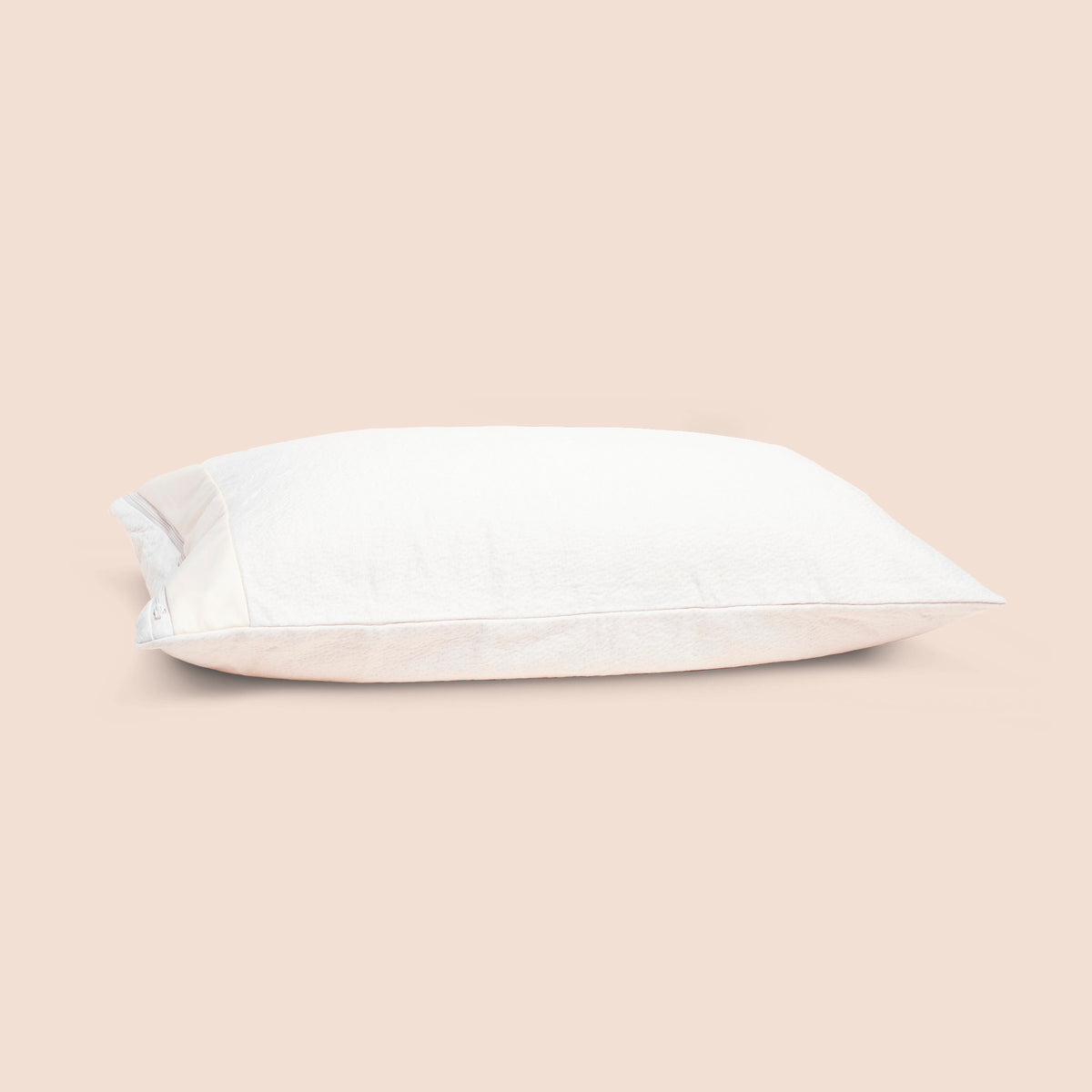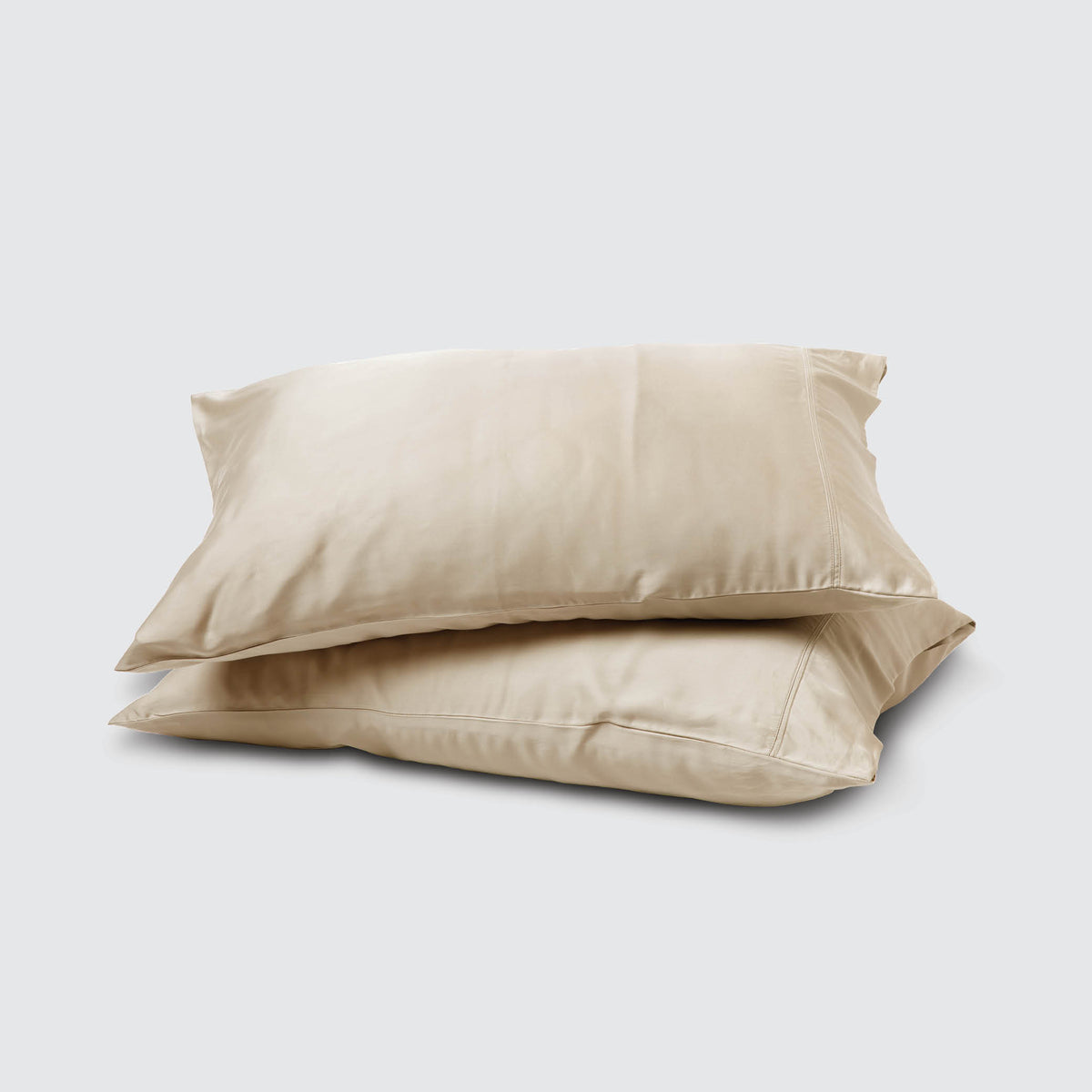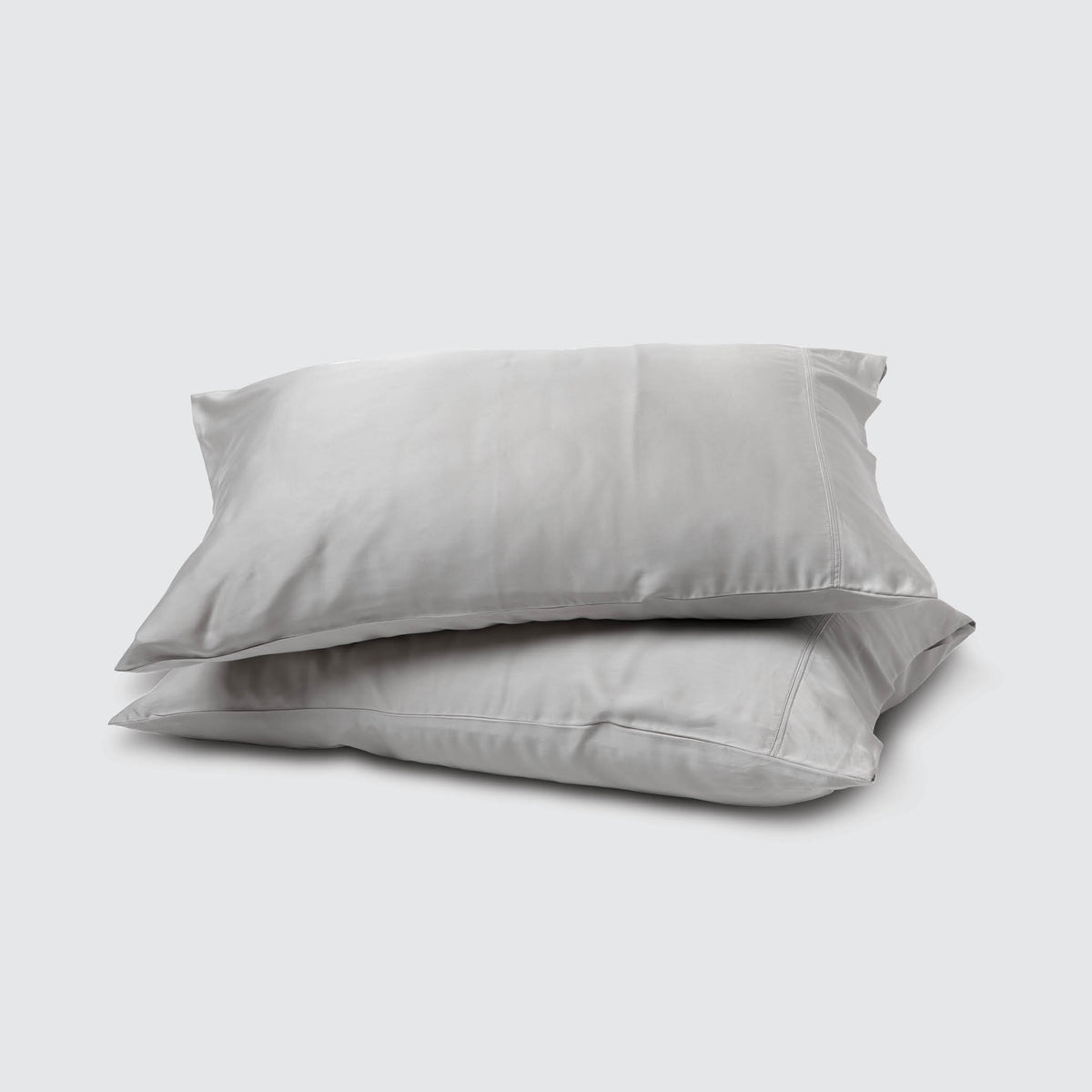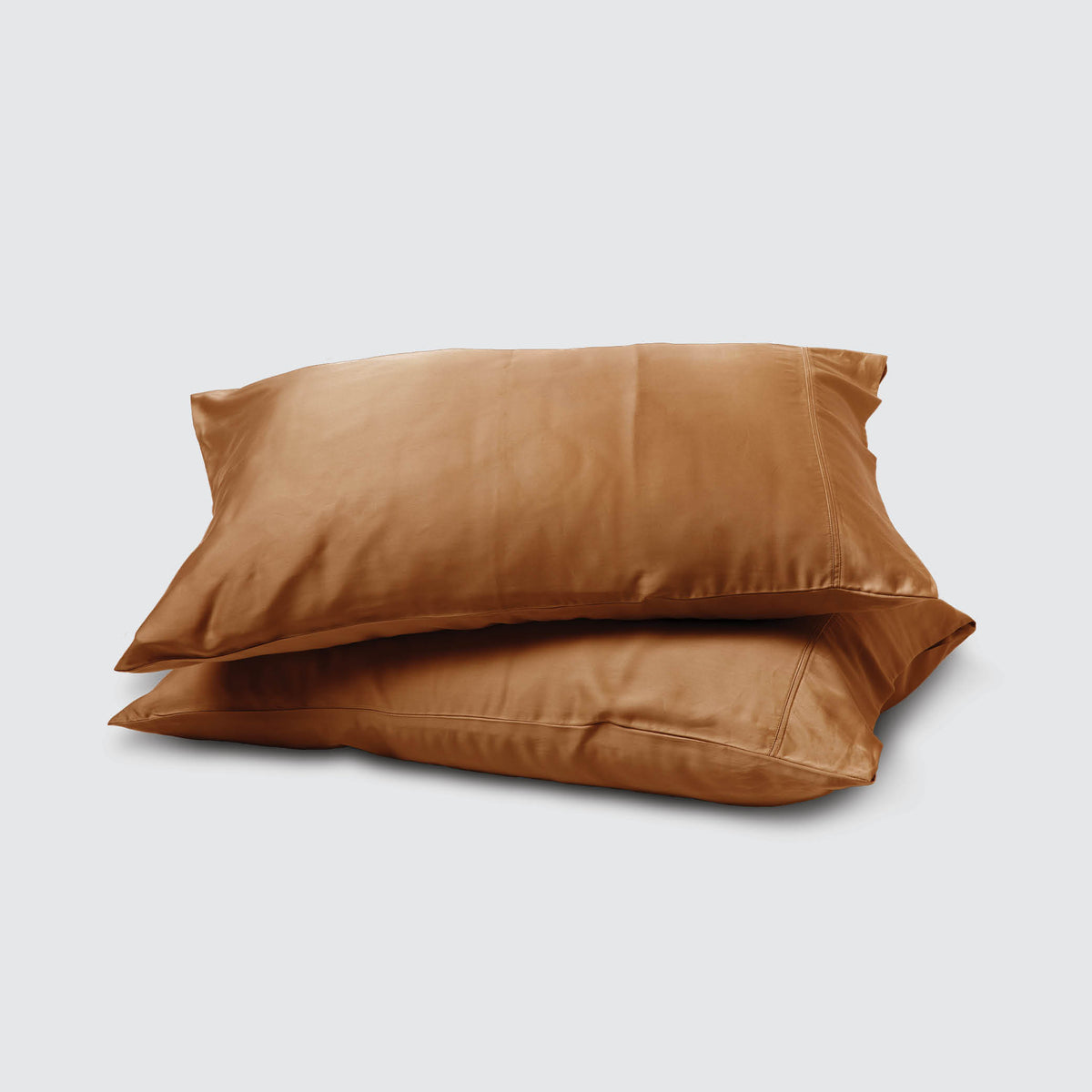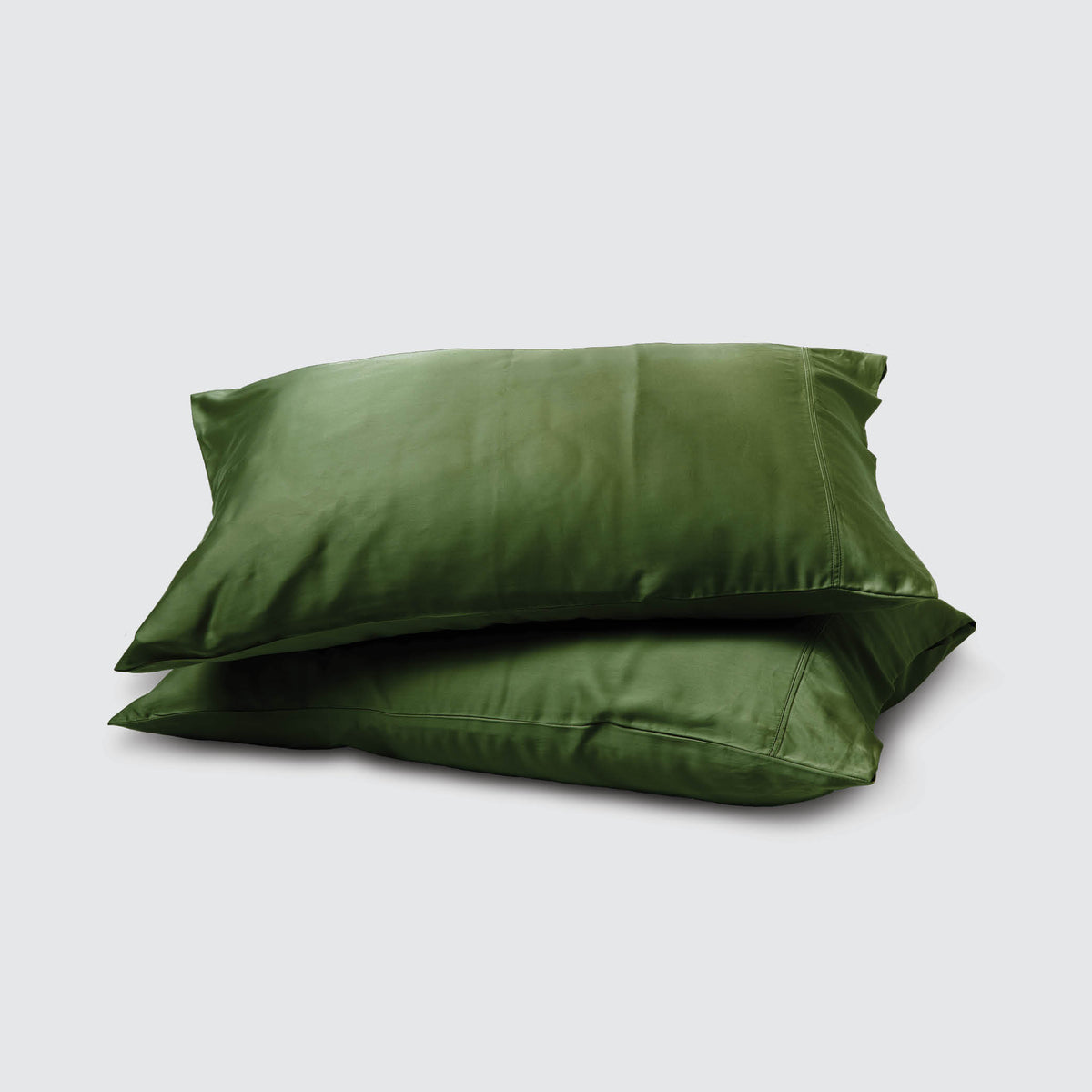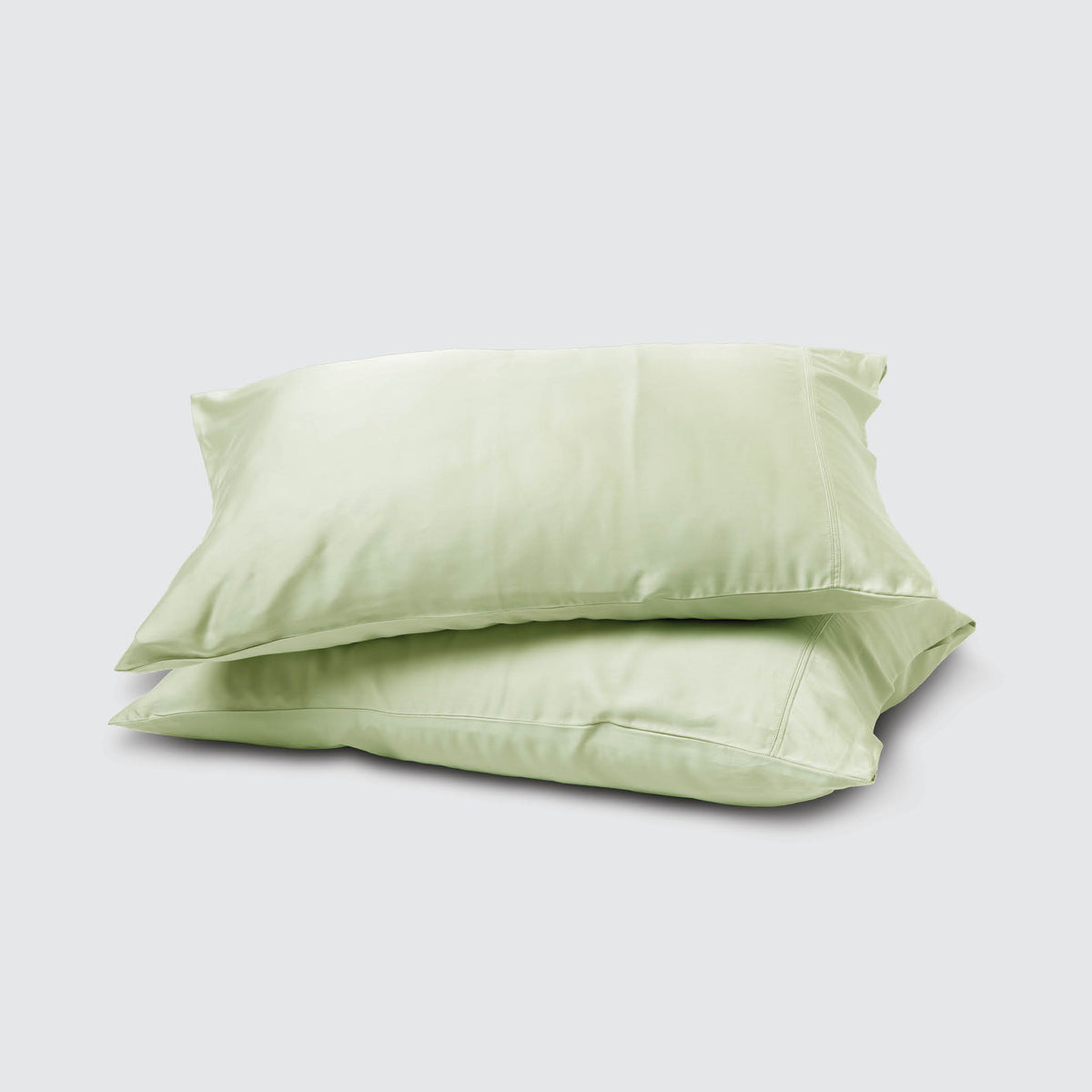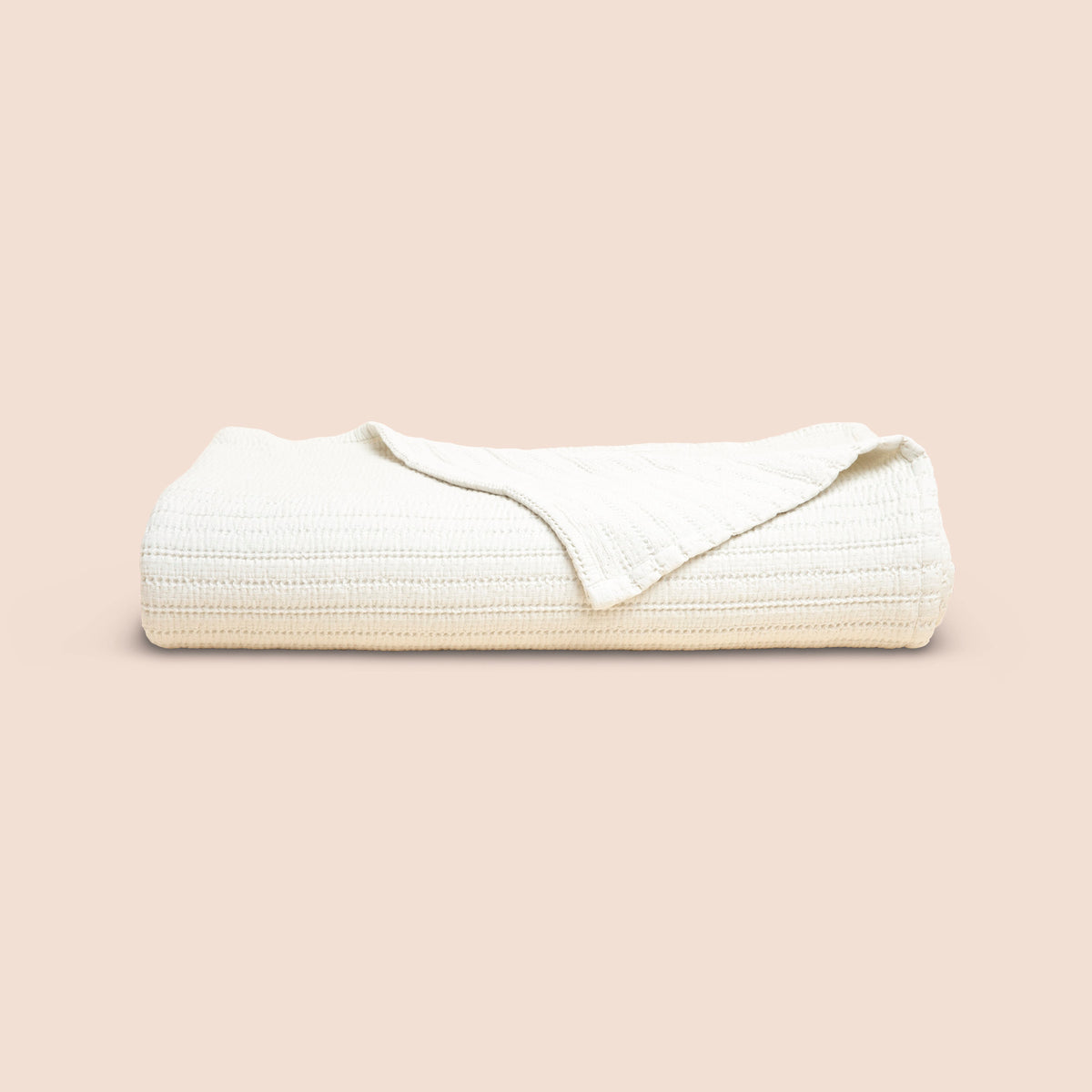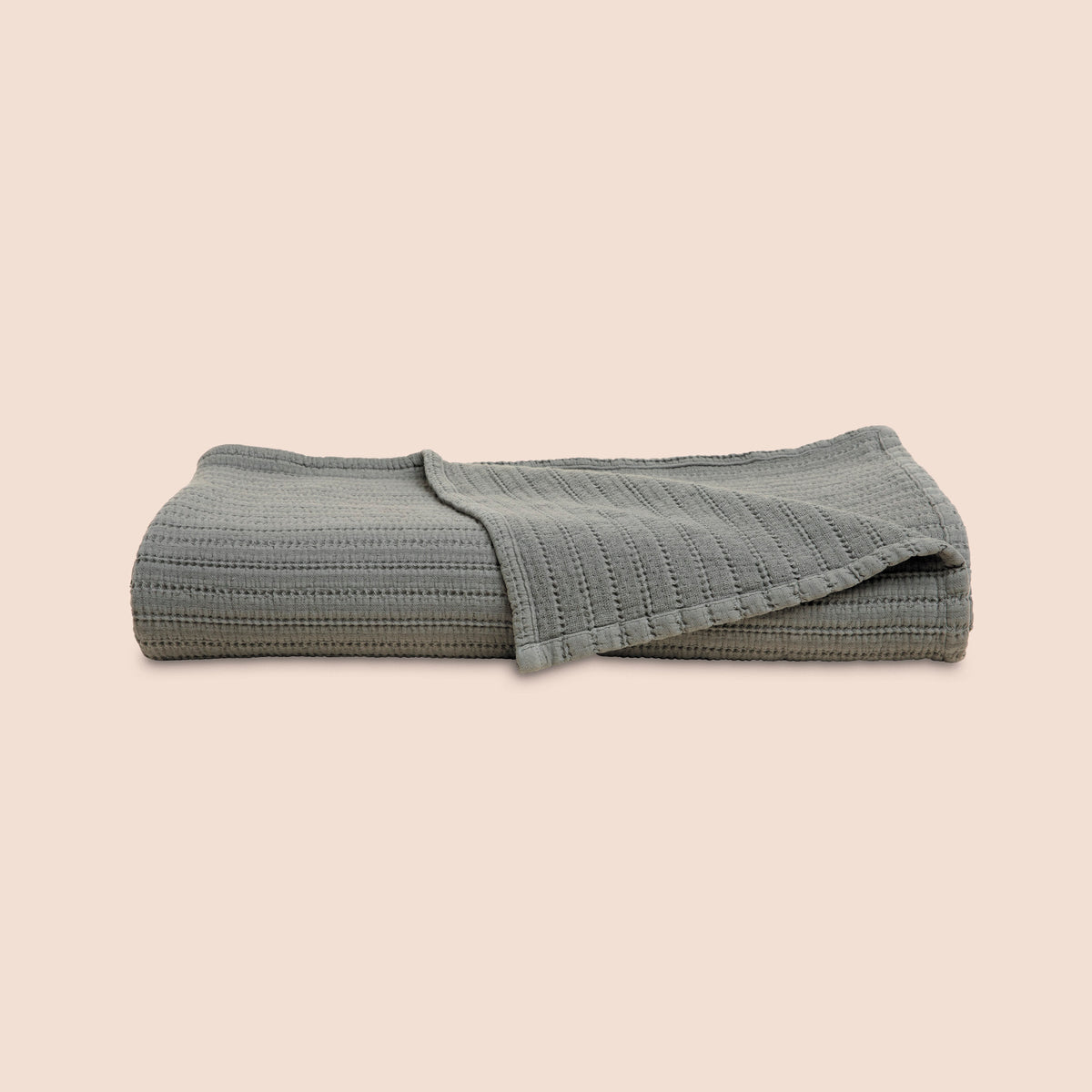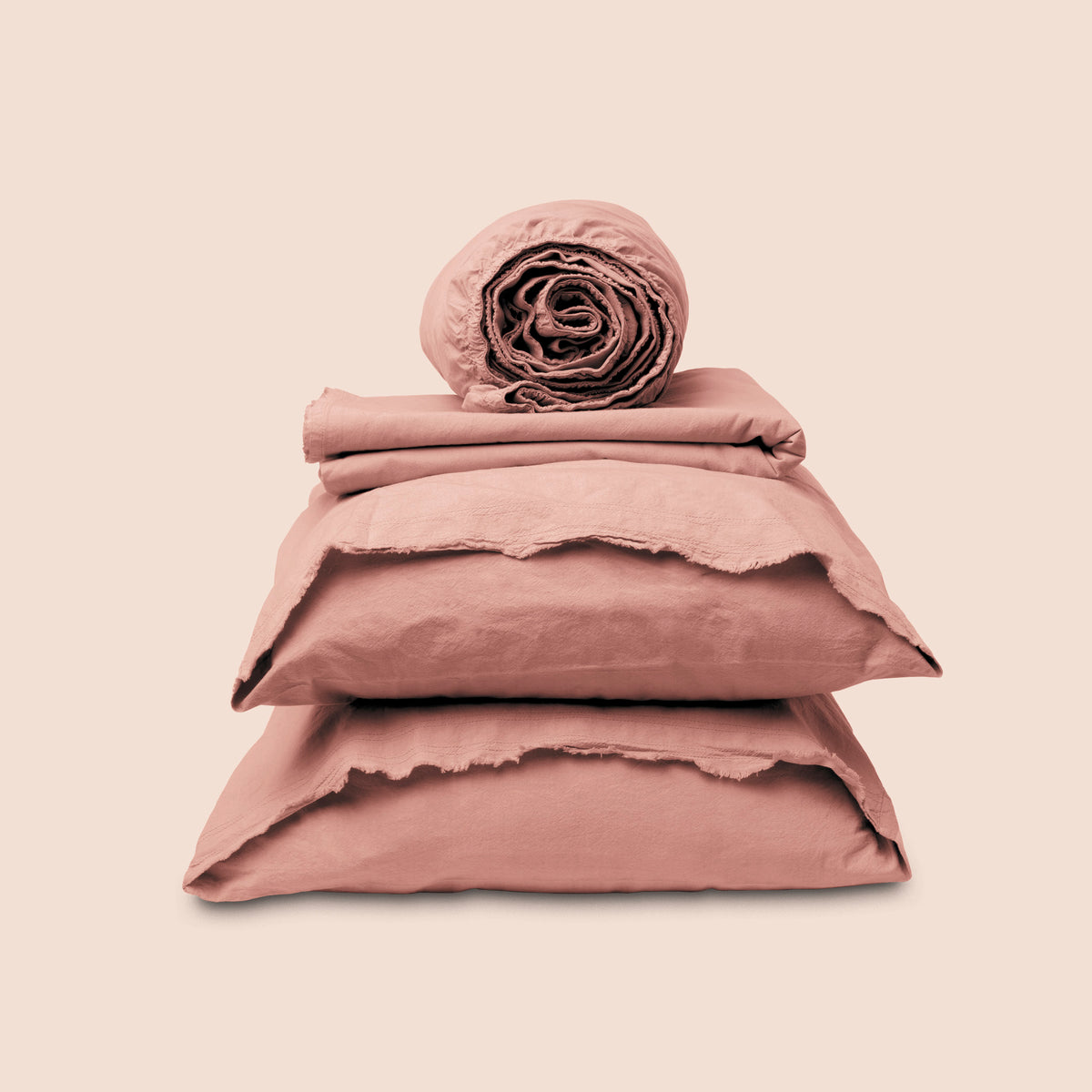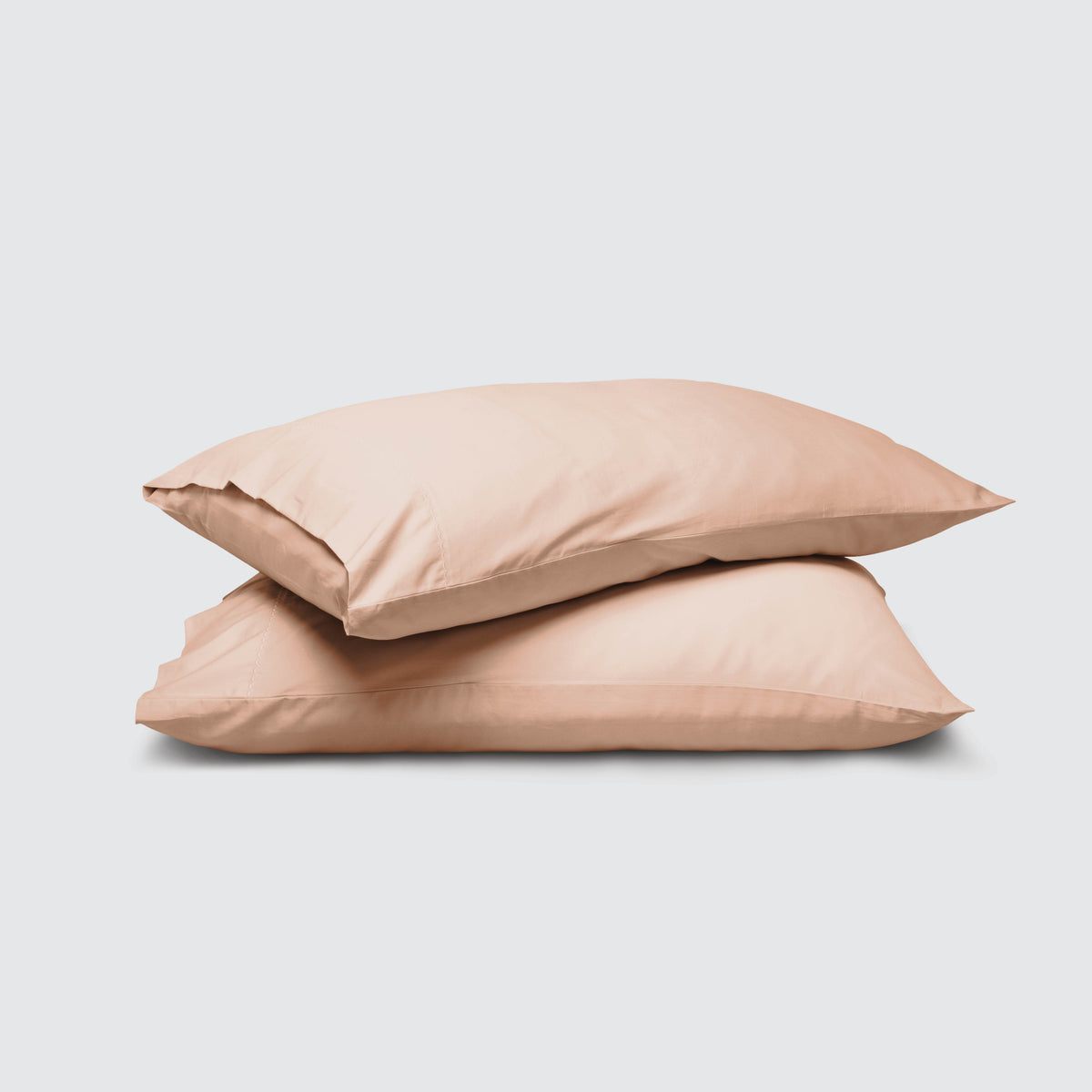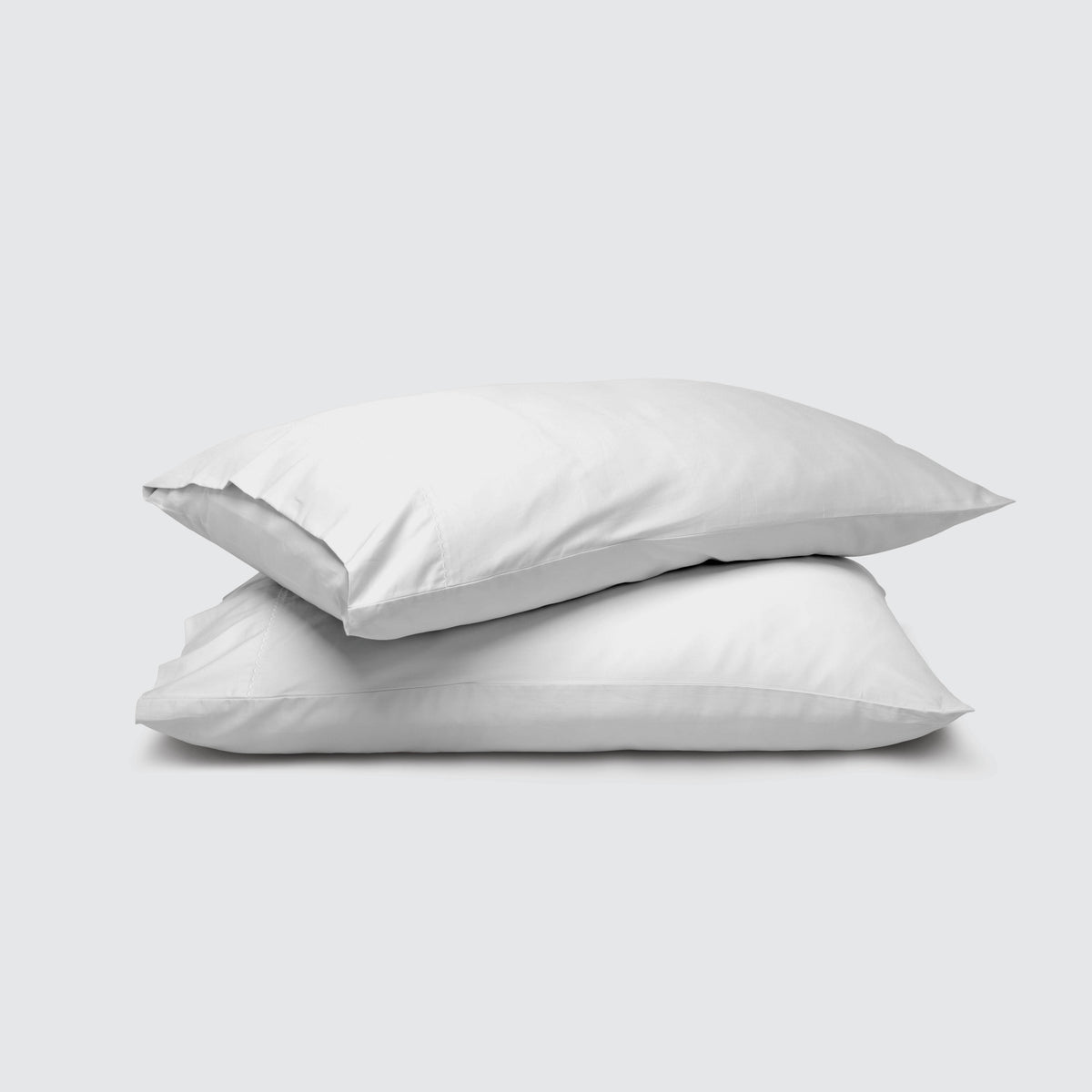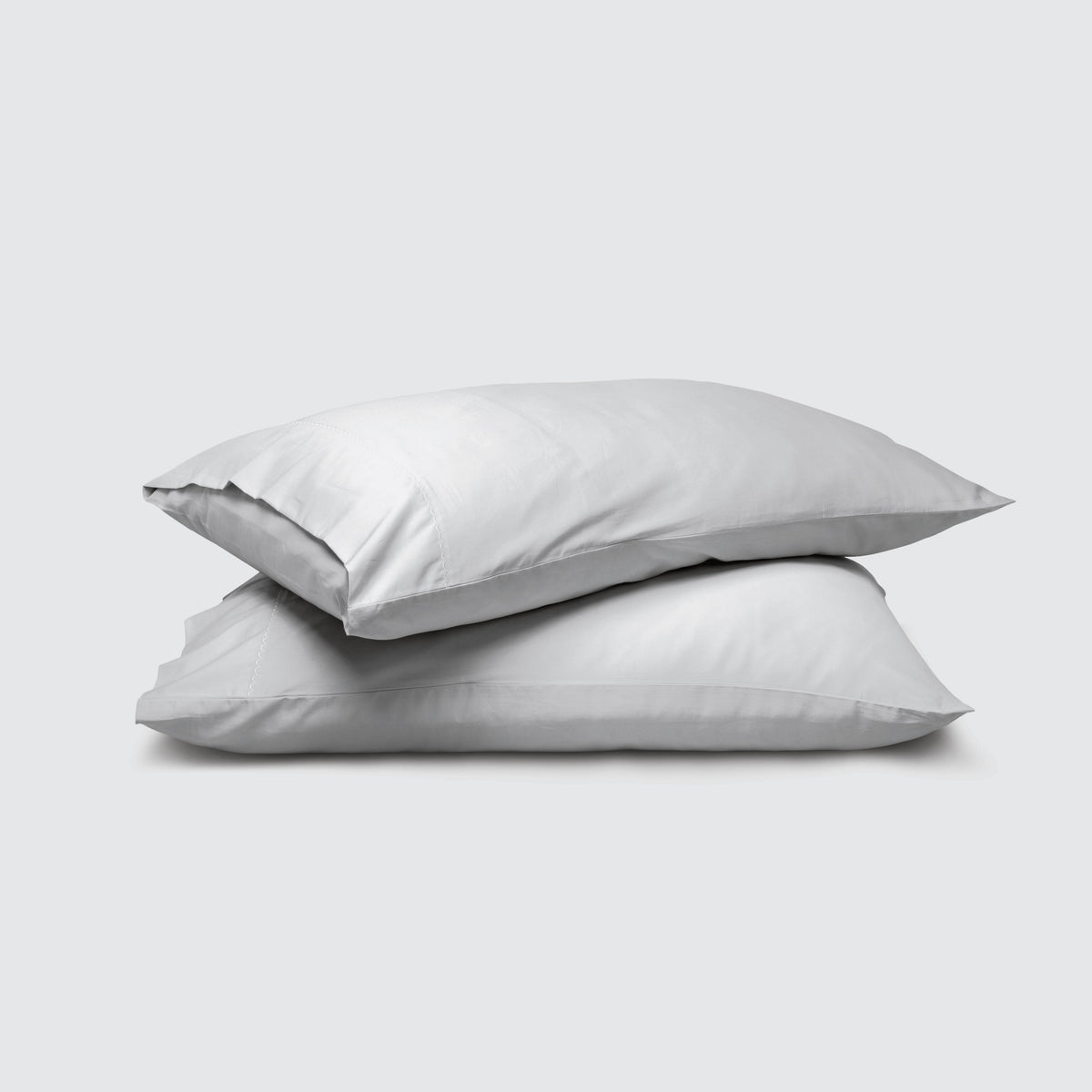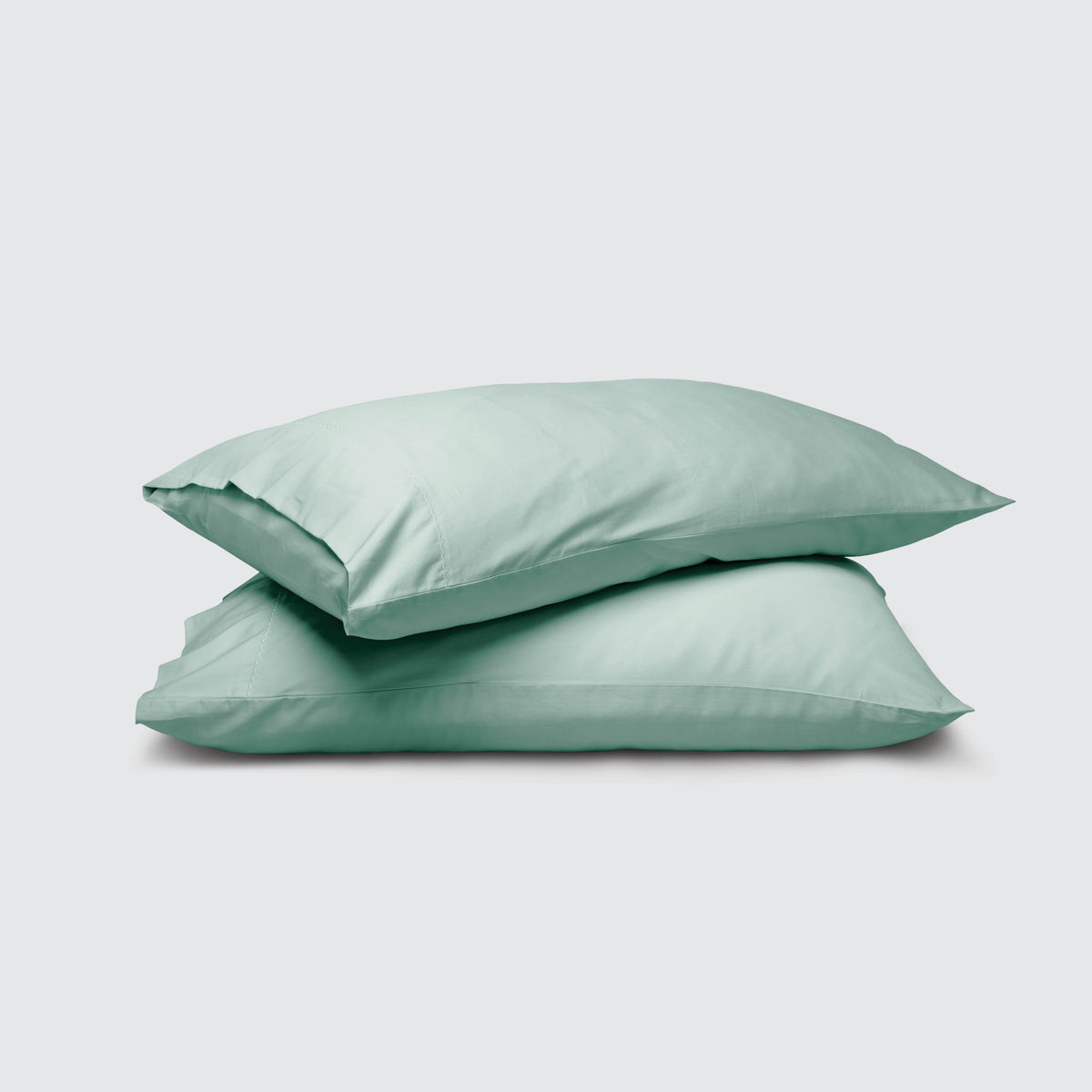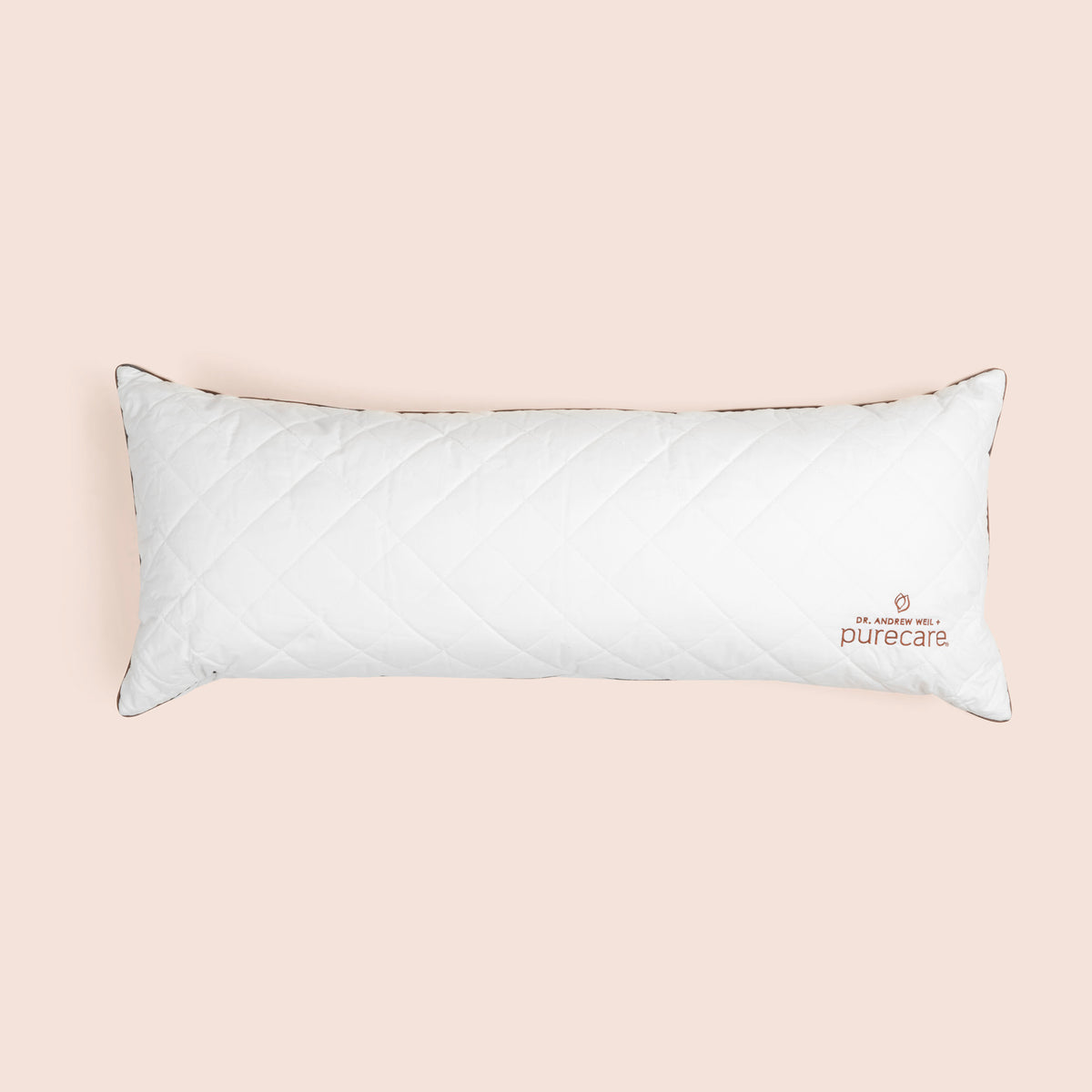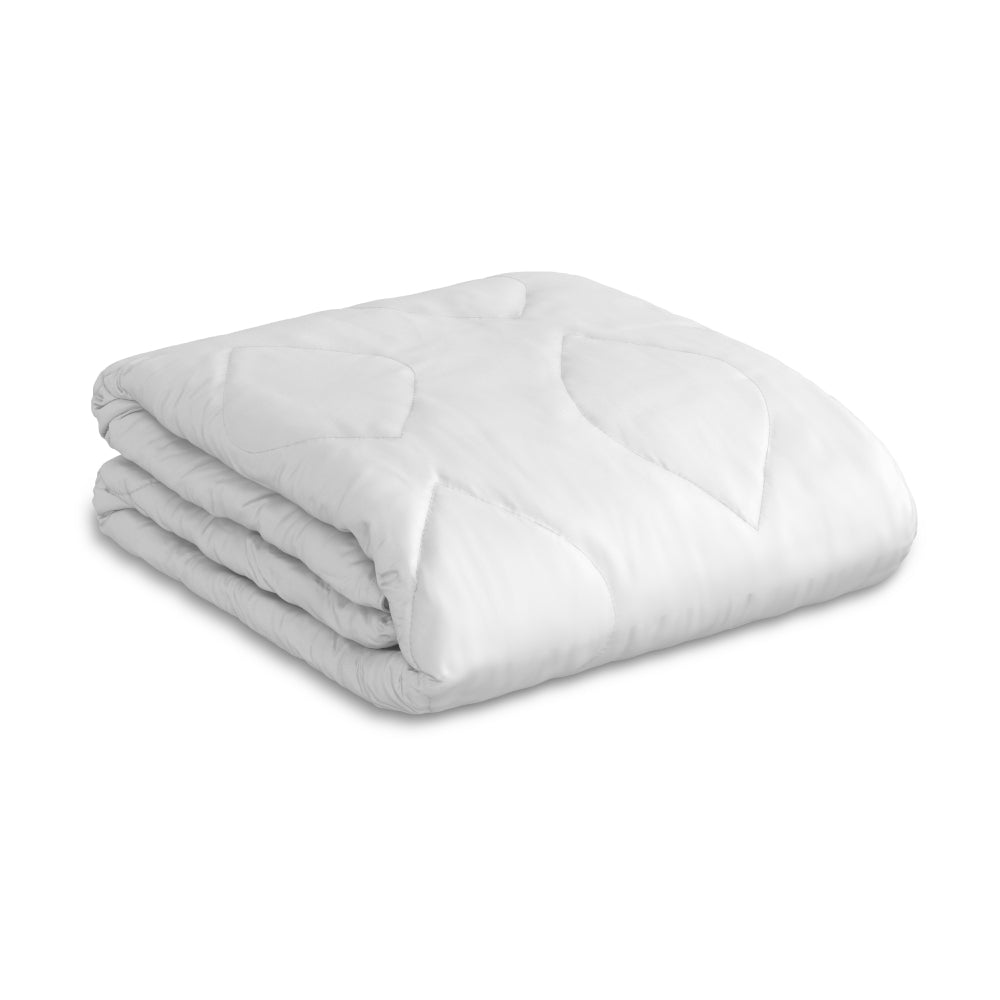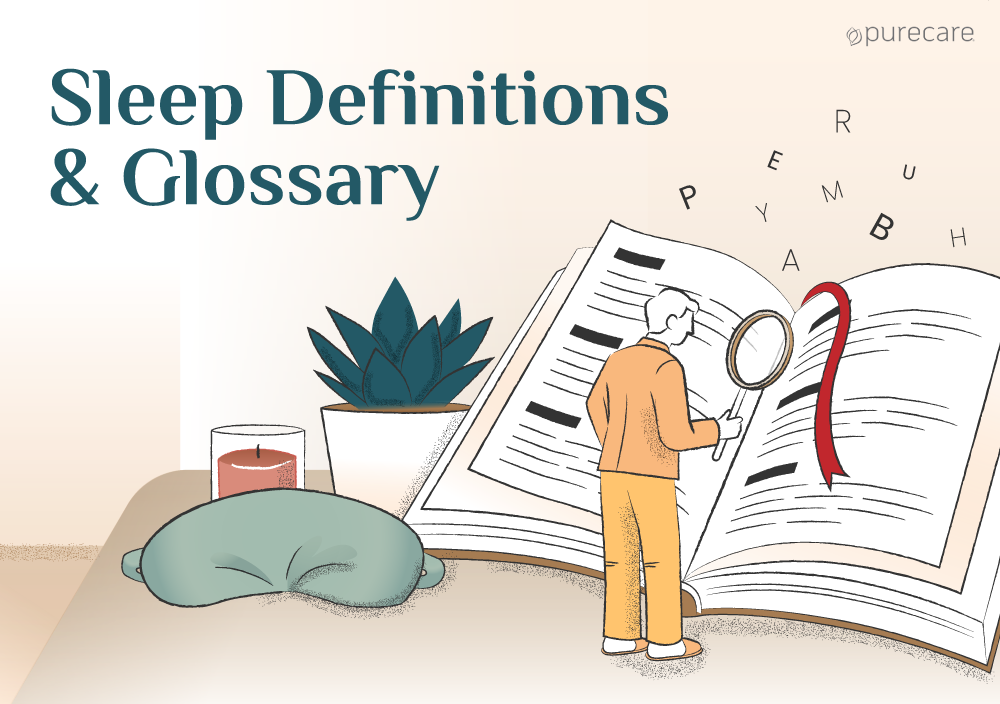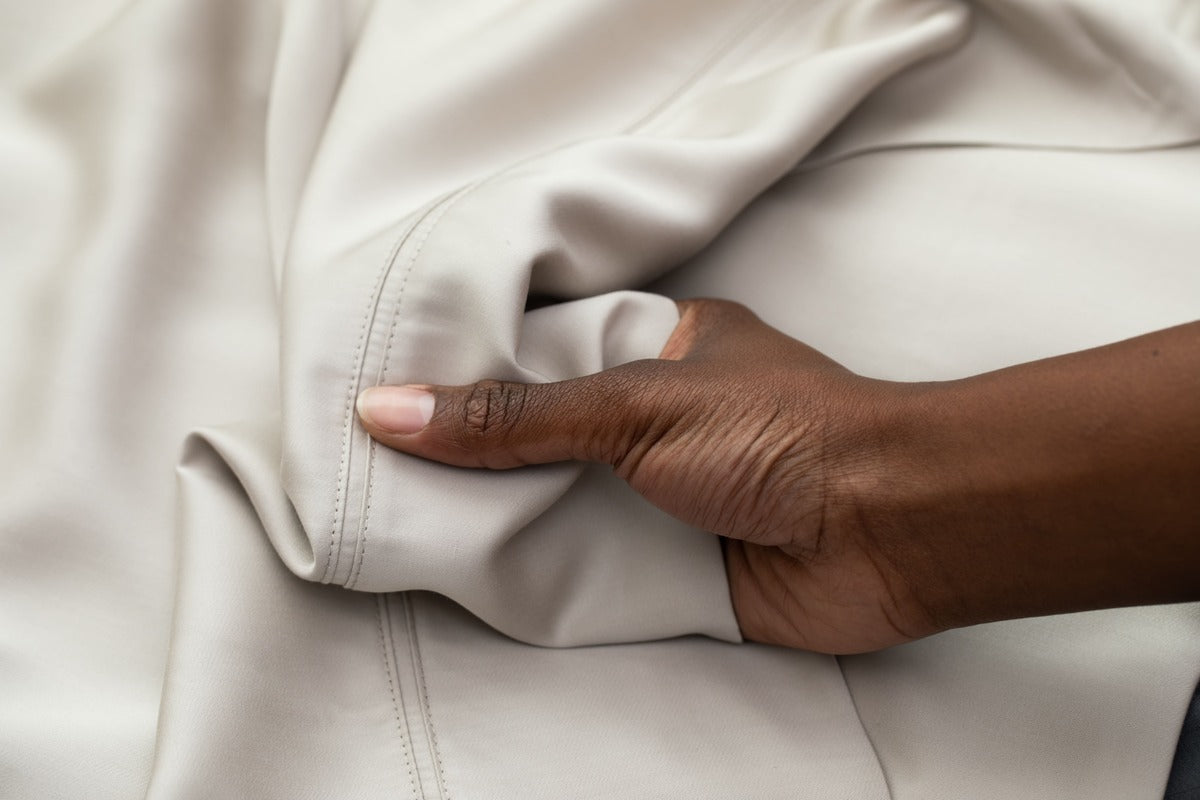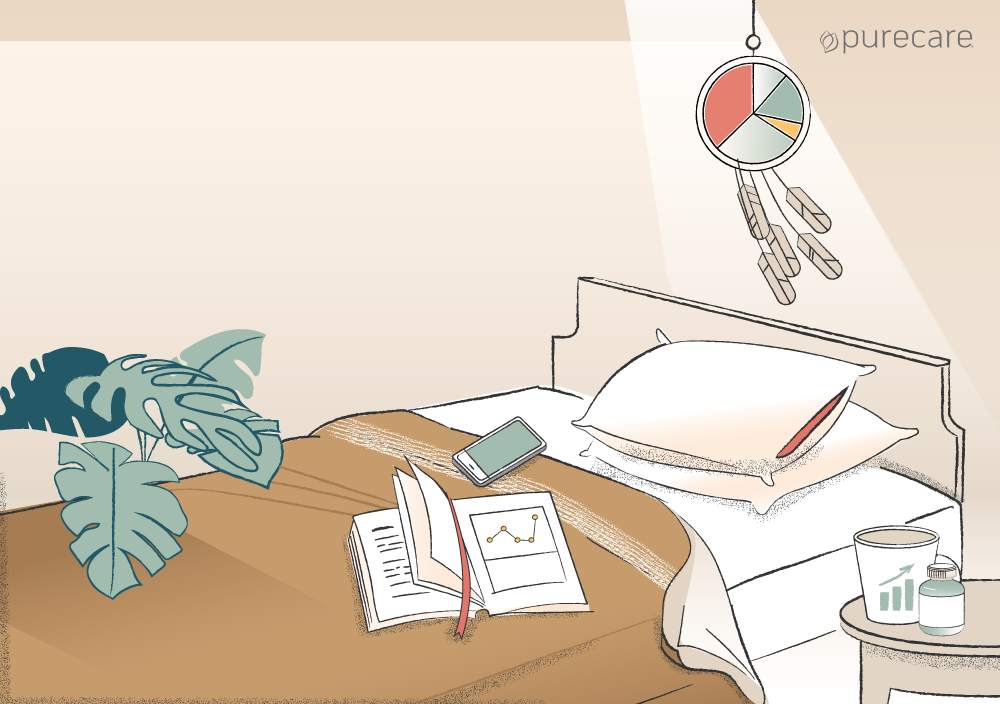Sleep is one of those things that we think we understand, even as we try, and often fail, at achieving a great night's sleep. Maybe it starts with a little book learning. We're breaking down all the words related to sleep, going beyond the dictionary with statistics and examples that help you understand how sleep is related to our holistic wellness.
So before you hit the cooling pillow, let's dig into the biggest terms related to sleep across these key sleep categories.
Sleep Phases: Definitions of the different stages of your sleep cycle
Sleep Rhythms: Circadian rhythm and internal sleep clock
Sleep Transitions: Learning about the natural transitions between sleep phases
Sleep Disruptors: Common barriers to restful sleep
Sleep Patterns: Sleep types and scenarios we may encounter
Sleep Disorders: Identifying sleep disorders and conditions
Sleep Strategies: Defining common techniques and tools for better sleep

Understand the Physiology of Sleep
Neurotransmitter
Neurotransmitters play a key role in regulating sleep and wakefulness in the brain. These chemical messengers allow neurons (nerve cells) to communicate with each other, affecting a wide range of bodily functions, including sleep. Different neurotransmitters have distinct effects on sleep architecture, which includes the progression through various sleep stages. Melatonin is one neurotransmitter associated with sleep. Others include serotonin, gamma-aminobutyric acid (GABA), dopamine, and norepinephrine.
Sleep Efficiency
Sleep efficiency is a way to measure the quality of sleep, using a formula: time spent asleep / time spent in bed x 100. For example, a sleeper who spent 8 hours in bed with 6 total hours of sleep has a sleep efficiency rate of 75%. An ideal sleep efficiency rate scores 85% or higher. A score <75% indicates poor sleep efficiency, like prolonged periods of wakefulness.
Sleep Inertia
Sleep inertia refers to the feeling of grogginess and disorientation that can occur immediately after waking up. This phenomenon typically lasts from a few minutes to, in some cases, several hours, though it most commonly subsides within 15 to 30 minutes. Sleep inertia is characterized by impaired cognitive performance and mood, which gradually improve as the brain transitions fto wakefulness, and is even called "sleep drunkenness" because of its impact on sufferers' alertness.
Sleep Latency

The period of time it takes us to fall asleep at night is called sleep latency. While most sleepers doze off in 15 to 30 minutes, others take upward of 90 minutes before sleep occurs. Sleep latency is influenced by sleep hygiene, stress, diet, exercising too close to bedtime, or problems with the body's circadian rhythms.
Sleep Maintenance
Related to sleep latency, sleep maintenance is the ability to stay asleep and get a restful night's sleep after initially falling asleep. Common problems related to sleep maintenance are frequent night wakings, extended time awake during the night, and waking too early, unable to go back to sleep. Problems with sleep maintenance can curtail the hours of sleep we need to feel rested and alert during the day.
Sleep Onset
Sleep onset marks the beginning of the sleep period when an individual first falls asleep. Sleep onset is a critical phase in the sleep cycle, as it initiates the progression through various stages of non-rapid eye movement (NREM) and rapid eye movement (REM) sleep, which are essential for restorative sleep and overall health.
Suprachiasmatic Nucleus (SCN)
The powerhouse of our sleep/wake cycles, the suprachiasmatic nucleus (SCN) is a small region in the brain located in the hypothalamus. It plays a critical role in the regulation of the circadian rhythm by receiving light from the retinas. This input helps the SCN to adjust the body's internal clock and release melatonin to align with the external light-dark cycle.
Total Sleep Time (TST)
Total Sleep Time (TST) refers to the overall duration of sleep obtained during a single sleep episode. TST is typically measured in the number of hours and minutes of sleep we get. TST is influenced by our sleep environment, age, individual needs, and any sleep disorders we may have, so we need to assess our own ideal total sleep time individually.

Recognize the Different Stages of Your Night
Deep Sleep
Deep sleep refers to stage three of non-REM (NREM) sleep, which is characterized by the lowest frequency of brain waves during sleep, known as delta waves. This stage is crucial for restorative sleep. It allows for physical recovery, immune system strengthening, and growth and repair of tissues.
Delta Sleep

Delta sleep is another term for deep sleep or slow-wave sleep (SWS), which is part of the non-rapid eye movement (NREM) phase of your sleep cycle. It is called "delta" sleep because this stage is characterized by delta waves, which are slow brain waves with a high amplitude, observed in an electroencephalogram (EEG) reading during this phase of sleep. These waves indicate the deepest level of sleep and are crucial for the restorative processes that occur during sleep.
Light Sleep

Light sleep refers to one of the stages within the sleep cycle, specifically stages 1 and 2 of non-REM (Rapid Eye Movement) sleep, and is characterized by certain physiological and brain activity patterns that differentiate it from deep sleep (stages 3 and 4 of non-REM sleep) and REM sleep. Most adults spend about 50-60% of their sleep time in light sleep.
N1 Sleep
N1 sleep, also known as Stage 1 sleep, is the initial stage of the sleep cycle. It represents the transition from wakefulness to sleep. It is a short period that typically lasts for about 1-5 minutes and only accounts for 5% to 10% of a full night's sleep cycle. During N1 sleep, the body begins to relax, and brain wave activity starts to slow down from the alpha waves of wakefulness. N1 sleep is a stage of light sleep, when individuals can wake easily.
N2 Sleep
N2 sleep, or Stage 2 sleep, is the second phase in the non-REM (Rapid Eye Movement) sleep cycle and represents the period of light to moderate sleep before deep sleep. It typically lasts for about 20 to 30 minutes during the first sleep cycle of the night and becomes longer in subsequent cycles. It comprises around 45-55% of total nightly sleep time. During N2 sleep, the body continues to relax, and brain activity slows down further.
N3 Sleep
Often referred to as slow-wave sleep (SWS) due to the delta wave activity seen in EEG readings, this stage is the most restorative phase of sleep, facilitating physical recovery, growth and repair of tissues, and renewing immune function. It's harder to wake someone from N3 sleep, which comprises 20-25% of an adult's sleep cycle. The occurrence of deep sleep is more pronounced in the first half of the night.
Non-Rapid Eye Movement Sleep (NREM)
Non-rapid Eye Movement Sleep (NREM), also known as quiet sleep, encompasses the first three stages of the sleep cycle, distinguished from the fourth stage, Rapid Eye Movement (REM) sleep, by the absence of rapid eye movements and differing brain wave patterns. It includes 3 of the 4 sleep stages: N1, N2, and N3 sleep stages that come before REM sleep when dreams occur and brain waves become more active.
Rapid Eye Movement (REM) Sleep

The stage of sleep when your eyes dart around behind their closed lids, collecting no visual data. It's the 4th stage of sleep after three types of non-REM sleep (NREM) and is notable as the phase where most dreams occur. REM cycles get longer over the course of the evening but shorter as we age from infancy to adulthood.
REM Rebound
When we've experienced stress, sleep deprivation, or a change in medication or recreational drugs, we can temporarily experience deeper, longer, more intense phases of REM sleep, called an REM rebound. It's one way the body restores healthy sleep cycles.
Sleep Architecture

Sleep architecture refers to the structure of the different stages of sleep that a person cycles through over the course of a night. These stages are characterized by patterns of brain activity, eye movements, and muscle activity. Each has its own role to play in creating the holistic health and well-being we get from a good night's sleep. Sleep architecture is typically visualized using a hypnogram that illustrates the cycles and stages of sleep.
Sleep Cycles

Sleep cycles refer to the pattern of sleep stages that occur throughout a typical night's sleep. Sleepers cycle through N1, N2, and N3 NREM sleep, then REM sleep, before starting a new cycle. A complete sleep cycle lasts about 90 to 120 minutes, and sleepers usually experience 4 to 6 complete cycles per night.
Slow-Wave Sleep (SWS)
Slow-wave sleep (SWS), often referred to as deep sleep or stage 3 of the non-REM (NREM) sleep phase, is characterized by slow-wave brain activities evident on an EEG (electroencephalogram). This stage is crucial for physical restoration, memory consolidation, and cognitive functioning. During SWS, the brain waves slow down significantly, producing high amplitude delta waves (0.5 to 2 Hz), which are a hallmark of this sleep stage.

Circadian Rhythms and Your Internal Clock
Chronobiology
The study of time (chrono) and life (biology) brings together the rhythms of all living things, including circadian rhythms that govern our day/night cycles. This field can also include studies of seasonal cycles, lunar cycles, and cycles less than 24 hours — all the rhythms in our lives. These rhythms are governed by the biological clocks of all organisms as they adapt to their environments. Understanding how biological clocks are regulated (and how they can fall out of sync) sets the foundation for addressing sleep disorders.
Chronotherapy
Chronotherapy refers to the timing of medical treatments in alignment with the body's natural biological rhythms. This approach is grounded in the principles of chronobiology, which studies how physical, mental, and behavioral changes follow a roughly 24-hour cycle, responding primarily to light and darkness in an organism's environment. For instance, blood pressure naturally rises in the morning, and the most effective treatments account for this natural cycle.
Circadian Rhythm
A circadian rhythm is an internal clock attuned to the 24-hour day/night cycle. It regulates sleepiness and wakefulness, releasing hormones in tune with natural light cycles that signal that it's time to feel tired or alert. Disruptions to our circadian rhythm can occur due to jet lag, poor sleep hygiene, sleep disorders, or physical health problems.
Circadian Sleep Disorders
Circadian sleep disorders are those that disrupt our sleep and are caused explicitly by dysregulation in our natural day/night rhythms. Some examples include delayed sleep phase syndrome (DSPS), in which sleepers don't get sleepy well into the night, and then find it hard to wake up for daily activities. The opposite, advanced sleep phase disorder (ASPS), causes sufferers to feel sleepy early in the evening, and then wake long before it's time to start the day.
Entrainment

Entrainment, in the context of sleep, refers to the synchronization of the body's internal biological clock, or circadian rhythms with external environmental cues, such as light and darkness, temperature, and social activities. This synchronization helps regulate the sleep-wake cycle, making it easier for a person to fall asleep at night and wake up in the morning.
Homeostatic Sleep Drive
The homeostatic sleep drive, also known as sleep pressure, refers to the body's need for sleep, which builds up the longer you are awake and decreases while you sleep. This process is governed by the accumulation of sleep-inducing substances in the brain, such as adenosine, which gradually increases in the brain during waking hours and contributes to the feeling of sleepiness.
Jet Lag
Jet lag, also known as time zone change syndrome, is a temporary sleep disorder that can affect anyone who quickly travels across multiple time zones. It occurs because the body's internal clock, or circadian rhythm, which regulates sleep-wake cycles, meal times, and hormonal changes, is out of sync with the local time at the destination. The severity of jet lag is influenced by many factors, including the number of time zones crossed, the direction of travel, and age.
Zeitgeber
German for "time-giver," a zeitgeber is any external cue or stimulus that helps regulate the body's internal clock and synchronize biological rhythms with the 24-hour day-night cycle. Natural light is the most common, overriding zeitgeber for humans, but other examples include human interaction, routines, temperature, exercise, and meals.

Understand Your Natural Sleep Transitions
Arousal

Arousal in sleep refers to a change from deep sleep to lighter sleep or wakefulness. It can include a reaction to an external disturbance, like a noise, or an internal disruption like sleep apnea. Arousals are most common during lighter stages of sleep, and experiencing many arousals can lead to daytime fatigue. Children are most susceptible to arousal disorders.
Arousal Threshold
An arousal threshold refers to how easily sleepers can be woken up. That differs from person to person as well as in different sleep stages. During deep sleep, for example, the arousal threshold is higher, meaning it takes more effort to interrupt a person's sleep.
Hypnagogic

"Hypnagogic" refers to the transitional state between wakefulness and sleep. During this phase, individuals might experience a variety of sensory phenomena that can include visual, auditory, or tactile hallucinations. They're also called hypnogogic experiences. Another common experience during the hypnagogic state is the sudden jerk or twitch known as a "hypnic jerk," which can sometimes feel like falling and abruptly wakes the person.
Hypnopompic
"Hypnopompic" refers to the state of consciousness leading out of sleep—the transitional period between sleep and wakefulness as you're waking up. This phase is characterized by sensory experiences or phenomena that can include visual, auditory, or tactile hallucinations. Hypnagogic sensory experiences (occurring at the onset of sleep) are also common. Over 12% of the population has experienced a multisensory hallucination related to falling or waking from sleep.

Impediments to a Healthy Night’s Rest
Blue Light
Short-wavelength blue light is a frequency on the visible light spectrum. It’s present in natural light but is well-known for dominating artificial light sources like LED lighting, fluorescent lights, and digital screens. Blue light can boost alertness and fool your brain into thinking it's daytime. That's great when you're looking for a pick-me-up, and suboptimal when you're trying to wind down at night.
Screen Time
Screen time refers to the amount of time spent using devices with screens, such as smartphones, tablets, computers, and televisions. Regarding sleep, excessive screen time, especially before bedtime, has been linked to various sleep problems. The primary concern is the blue light emitted by screens, which can interfere with the body's natural sleep-wake cycle, also known as the circadian rhythm.
Shift Work
Shift work refers to job schedules that fall outside the traditional 9-to-5 workday, including evening shifts, night shifts, early morning shifts, and rotating shifts. This type of work can significantly impact sleep and overall health because it requires individuals to be awake and active during the body's natural resting period, potentially disrupting the circadian rhythm, which is the internal clock that regulates the sleep-wake cycle.

Diverse Ways We Sleep and Dream
Biphasic Sleep

This 2-phase sleep cycle means that sleepers have 2 distinct sleep periods in any 24-hour day, rather than one long period of sleep at night. Before the advent of electric light, biphasic sleep was common. Medieval sleepers would often retire at sunset, wake for a midnight period of activity, and then sleep again until morning. The cultural practice is echoed in modern-day siestas in some cultures.
Long sleep
Long sleep, also known as hypersomnia, refers to individuals who regularly sleep more than the average duration recommended for their age group, often exceeding nine or more hours per night for adults. It includes extended sleep duration, difficulty waking up, and little to no daytime impairment.
Lucid Dream
A lucid dream is a type of dream in which the dreamer becomes aware that they are dreaming. Lucid dreaming occurs during the REM (Rapid Eye Movement) stage of sleep, which is associated with the most vivid dreams. The experience of becoming lucid within a dream can be spontaneous or induced through various practices and techniques, such as reality testing, wake-induced lucid dreaming (WILD), and mnemonic induction of lucid dreams (MILD).
Microsleep

Microsleep refers to brief, involuntary episodes of loss of attention associated with blank stares, head snapping, and eye closure. These episodes can last several seconds and occur when an individual is trying hard to stay awake. During microsleep, parts of the brain momentarily fall asleep while others remain awake, leading to a significant decrease in responsiveness and attention to the external environment, leading to accidents.
Monophasic Sleep
Monophasic sleep refers to the sleep pattern most common in modern adult humans, where the day is divided into one long stretch of wakefulness and one consolidated period of sleep that typically lasts between 7 to 9 hours. This sleep pattern contrasts with polyphasic and biphasic sleep patterns, which involve multiple periods of sleep over a 24-hour cycle.
Nap

A nap is a short period of sleep, from 10-minute "power naps" to 90-minute (or longer) naps that include all sleep phases in a complete sleep cycle. Either way, naps can significantly improve mood, alertness, and even health. It seems to be working: regular nappers have lower blood pressure and have lower overall body weights, than their non-napping counterparts.
Nightmares
Nightmares are distressing dreams that leave dreamers fearful or anxious. They typically occur during the rapid eye movement (REM) stage of sleep, when the most vivid dreaming takes place. Unlike night terrors, which are episodes of fear, flailing, and screaming that happen during non-REM sleep, nightmares are vivid, complex dreams that can cause the sleeper to wake up able to remember their content. About 5% of us report having at least one nightmare every week.
Short Sleep
Individuals who regularly sleep less than 6 hours per night are often considered short sleepers. This condition can be either voluntary, due to lifestyle choices or demands, or involuntary, due to sleep disorders or other health issues. Short sleep has been associated with various health risks, including increased risk of cardiovascular disease, obesity, diabetes, impaired immune function, mental health issues like depression and anxiety, and reduced cognitive performance.
Sleep Debt

Sleep debt refers to the shortfall between the amount of sleep a person needs and the amount they actually get. Catching up on a short-term sleep debt may be possible by napping, improving sleep hygiene, and getting some extra shut-eye as soon as possible. However, longer-term sleep debt is irreversible.
Sleep Posture
Your body’s position during sleep, from side sleeping to stomach (prone) sleep to back (supine) sleeping. sleep posture can impact a sleeper’s breathing and the alignment of their spine. Each position has advantages and disadvantages that are individual: those with back problems, for example, may get relief from a supine posture, while the same posture can exacerbate problems for those who snore or suffer from sleep apnea.
Vivid Dream
A vivid dream is a dream that is exceptionally clear, detailed, and intense, often characterized by lifelike imagery, vivid colors, strong emotions, and a heightened sense of reality. Vivid dreams can feel incredibly immersive and may involve complex narratives, vibrant scenery, and memorable experiences. Vivid dreams are affected by sleep stage, but also by external factors like stress.

Conditions that Might Be Disrupting Your Sleep
Apnea
Sleep apnea is a sleep disorder in which sleepers involuntarily pause their breathing at night for one or two breaths. When they resume breathing, they may gasp as their bodies recognize they're not getting enough air. Sleep apnea impacts 39 million Americans and is most common among older adults. Most go undiagnosed.
Bruxism

Teeth grinding during sleep is called "sleep bruxism," a sleep disorder associated with apnea, and which can lead to headaches, jaw pain, and tooth wear. About 8% of sleepers report having the problem, which can lead to fatigue.
Excessive Daytime Sleepiness (EDS)
EDS is a condition characterized by persistent sleepiness and a general lack of energy during the day, even after apparently adequate nighttime sleep. EDS can be a symptom of various underlying conditions like sleep apnea, narcolepsy, insomnia, restless legs syndrome, or circadian rhythm sleep disorders. It can also result from poor sleep habits, such as inconsistent sleep schedules.
Fatigue
More than just feeling drowsy, fatigue sufferers experience diminished energy and motivation for physical and mental activities. Fatigue can be acute, stemming from a single well-defined cause, like a strenuous workout, or it can be chronic, where the tiredness lasts longer. Over 7% of the population suffers from chronic fatigue.
Hyperarousal
Hyperarousal refers to an increased state of psychological and physiological tension or alertness. This heightened state can be a response to stress, trauma, or anxiety, leading to a constant feeling of being on edge. In the context of sleep, hyperarousal can significantly interfere with the ability to fall asleep or stay asleep.
Hypersomnia
Hypersomnia is a condition characterized by excessive sleepiness during the day, even after getting adequate or prolonged nighttime sleep. People with hypersomnia may find it difficult to stay awake during the day, even at inappropriate times. It's more common in those with myotonic dystrophy, Parkinson's disease, and cerebrovascular disorders.
Insomnia

Insomnia is a common sleep disorder characterized by difficulty falling asleep or staying asleep. They may also wake up too early and not be able to go back to sleep. Insomnia can be categorized as either short-term (acute) or long-term (chronic).
Insufficient Sleep Syndrome
Insufficient sleep syndrome (or disorder) is when you can't get the amount of sleep needed for optimal functioning during the day. This chronic sleep deprivation leads to daytime sleepiness and can affect mood, cognitive abilities, and physical health.
Limit-Setting Sleep Disorder
Limit-Setting Sleep Disorder is a type of behavioral insomnia in children. This condition occurs when a child stalls or refuses to go to bed at the appropriate time, leading to insufficient sleep.
Narcolepsy
Narcolepsy is a chronic neurological disorder that affects the brain's ability to regulate sleep-wake cycles. People with narcolepsy may experience sudden, uncontrollable episodes of falling asleep during inappropriate times and situations.
Night Terrors
Also known as sleep terrors, night terrors are periods of intense fear and panic while asleep. Unlike nightmares, which occur during rapid eye movement (REM) sleep and can often be recalled in detail, night terrors happen during non-REM sleep, specifically during the transition from the deepest stage of non-REM sleep to lighter sleep stages or wakefulness. Individuals experiencing night terrors usually do not remember the episode upon waking. Night terrors are most common in elementary-aged children.
Parasomnia

Parasomnias are sleep disorders that involve abnormal movements, behaviors, emotions, perceptions, and dreams that happen before or during sleep. Parasomnias are generally divided into two categories based on the stage of sleep in which they occur: REM (Rapid Eye Movement) sleep parasomnias like sleep paralysis and non-REM (NREM) sleep parasomnias like sleepwalking.
Sleep Paralysis
Sleep paralysis occurs when an individual is temporarily unable to move or speak while falling asleep or upon waking up despite being conscious. This state can last from a few seconds to several minutes. Sleep paralysis can be a frightening experience, especially if it occurs with hallucinations, which can include seeing, hearing, or feeling things that are not there.
Somnambulism
Somnambulism, commonly known as sleepwalking, is a sleep disorder characterized by complex actions or behaviors that occur during deep sleep. People who experience somnambulism may walk around, perform routine tasks, talk, or even eat meals while still asleep. While 1 to 15% of adults sleepwalk, almost all children have done it since they experience less REM sleep than adults.

Sleep Tests, Devices, and Solutions
Actigraphy
Actigraphy is a sleep test that uses a medical-grade smartwatch-like device (called an actigraph) to track sleep and the movements you make while asleep. This type of sleep test is considered convenient and affordable compared to polysomnography.
Continuous Positive Airway Pressure (CPAP) Device
A Continuous Positive Airway Pressure (CPAP) device is a medical apparatus widely used to treat obstructive sleep apnea (OSA), a sleep disorder characterized by repeated episodes of complete or partial blockages of the upper airway during sleep.
Electroencephalograph (EEG)

An Electroencephalograph (EEG) is a medical device used to measure and record the electrical activity of the brain. It works by using a series of electrodes that are placed on the scalp to detect tiny electrical charges that result from the activity of brain cells. The signals are then amplified and recorded by the machine, either as a digital readout or on paper, showing different sleep phases and pinpointing irregularities.
Hypnogram
A hypnogram is a graphical representation of the stages of sleep as they cycle throughout the night, tracked during a sleep study, or polysomnography. It displays the transitions between different sleep stages — including wakefulness, rapid eye movement (REM) sleep, and the three stages of non-REM (NREM) sleep (N1, N2, and N3, with N3 being deep sleep) — over the course of the sleep period.
Hypnotic
In the context of sleep, "hypnotic" refers to a category of drugs or medications designed to induce sleep or improve its quality. Hypnotics work by acting on the central nervous system to promote relaxation and make falling asleep easier. Common options include melatonin receptor agonists and benzodiazepines.
Polysomnography (PSG)
A sleep test that involves monitoring a patient's sleep cycles, oxygen levels, and heart rate to diagnose sleep disorders like apnea. It involves wearing multiple sensors, wires, and elastic bands while sleeping in a medical environment. A healthcare provider interprets the results of a polysomnogram and can make a diagnosis. More involved than actigraphy, polysomnography is sometimes called a "true sleep study."
Sleep Tracking
Sleep tracking refers to monitoring various aspects of your sleep to gain insights into your sleep quality. It can involve measuring the duration of sleep, sleep stages (REM, light, and deep sleep), the number of times you wake up during the night, and the total time you spend awake. Sleep tracking can be done using various methods, including wearable devices, like rings, smart mattresses, watches, and mobile apps.

Natural Tools for Better Sleep
Aromatherapy
Aromatherapy is a holistic breathing treatment using essential oils for therapeutic benefit, relaxation, or mood elevation. Aroma receptors in the nose send messages to the brain, which controls emotions. You can inhale aromatherapy oil scents or apply diluted oils to bedding, clothing, or even skin via aromatherapy massage. Commonly used oils for sleep include lavender, chamomile, and frankincense.
Blackout Shades
These multilayered or tight-weave curtains are made to block out all light from entering a room, creating total darkness. Blackout shades got their start during the European bombing campaigns of WWII. Today, they continue to offer benefits like privacy and a better night's rest.
Breathing Exercises
Breathing exercises help focus attention on breath, leading to more deliberate breathing and body awareness and ultimately, increased relaxation leading to better rest. Exercises typically focus on the length of each breath. For example, the "box breathing" technique asks users to breathe in for 4 seconds, hold their breath for 4 seconds, exhale for 4 seconds, then hold again for a count of 4 before restarting. Other techniques can involve breathing deeply and slowly while progressively relaxing other muscles.
Diffusers
From ultrasonic to nebulizing and evaporative, all types of diffusers are mechanical devices that emit a scent, in the form of essential oils, into the air bit by bit. Sleepers inhale the scents emitted, which is called aromatherapy. Breathing in scents, like lavender or mint, can invigorate or relax the user, making sleep more or less likely.
Meditation
Meditation is the practice of mindfulness techniques, like focusing on a particular object, thought, or activity – to train attention and awareness and achieve a mentally clear, emotionally calm state. Originating in ancient religious and spiritual traditions, meditation has been practiced for thousands of years and has evolved into various forms across different cultures. It's often used for better sleep and to reduce stress.
Melatonin
Melatonin is a hormone produced by the pineal gland in the brain, primarily in response to darkness, and plays a crucial role in regulating the body's circadian rhythm, or internal clock. The production of melatonin is suppressed by light, leading to melatonin being known as "the sleep hormone."
Mindfulness
Mindfulness is a mental practice that involves paying attention to the present moment with an attitude of openness, curiosity, and non-judgment. This practice is rooted in Buddhist meditation. Mindfulness can be practiced through formal meditation, where one might focus on the breath, bodily sensations, or thoughts passing through the mind, as well as through informal practices like walking or listening to music.
Sleep Aid
A sleep aid refers to any substance, device, or practice that is designed to help individuals fall asleep more easily, improve the quality of their sleep, or increase the duration of sleep. Sleep aids can be pharmaceutical, like prescription sleep medicine, but they can also be herbal supplements, white noise machines, or cozy bedding.
Sleep Health
Sleep health encompasses various aspects of sleep quality and quantity. It involves not just the absence of sleep disorders, but also achieving optimal sleep duration, good sleep quality, sleep hygiene, appropriate timing, and regularity, with minimal sleep disturbances and daytime fatigue.
Sleep Hygiene

Sleep hygiene refers to the set of practices and habits that are conducive to sleeping well. Good sleep hygiene is key to ideal sleep quality and duration, which, in turn, supports overall sleep health, though the two concepts are distinct. Sleep hygiene includes having a consistent schedule, a restful environment, limiting light and noise, exercising and eating right, and managing stress.
Weighted Blanket
A weighted blanket is a type of blanket filled with small, evenly distributed heavy materials, such as plastic pellets, throughout the fabric. The added weight offers gentle pressure evenly distributed across the body. Weighted blankets are designed to simulate deep touch pressure (DTP), a therapeutic technique that has been shown to promote relaxation and reduce anxiety and stress.
White Noise
The term "white noise" is derived from the concept of white light in optics, which contains all visible wavelengths of light blended together. Similarly, white noise contains all audible frequencies combined at equal intensity, ranging from low to high pitches. White noise is commonly used in various contexts for its ability to mask or block out other sounds and help people get to sleep, especially in noisy environments.
Yoga
Yoga can be a beneficial practice for promoting better sleep. While yoga is commonly known for its physical postures (asanas), it also incorporates breathing techniques (pranayama), meditation, and mindfulness practices, all of which can contribute to improved sleep hygiene and relaxation. Yoga has been shown to reduce stress. It's also helped 55% of practitioners say it helps them sleep better.
Looking for Better Sleep? Sleep Research May Be Key
While sleep definitions can't, in themselves, improve your rest, researchers who dig into these phenomena and conditions may hold the key to better sleep. If nothing else, they help us see there is no such thing as a "typical night of sleep." There are dozens of sleep disorders to consider, dozens of relaxation techniques to explore, and tons of physiological processes all working together to keep our internal clocks on time and ready to sleep at night.
It all adds up to a dictionary of sleep, where we can learn about what affects our own sleep and get a better sense of how well we're nurturing our best night's rest.
At Purecare, we're passionate about helping everyone sleep better. If your environment isn't cushioning you in a cloud-like dream bubble, you might be due for an update. Consider chilling out with best sellers that nurture our best night's rest, or study up on sleep hygiene tips to optimize your bedtime routine.

